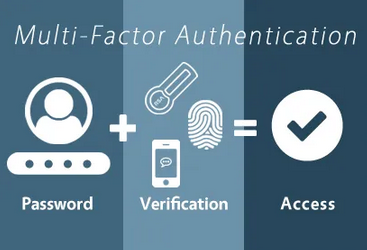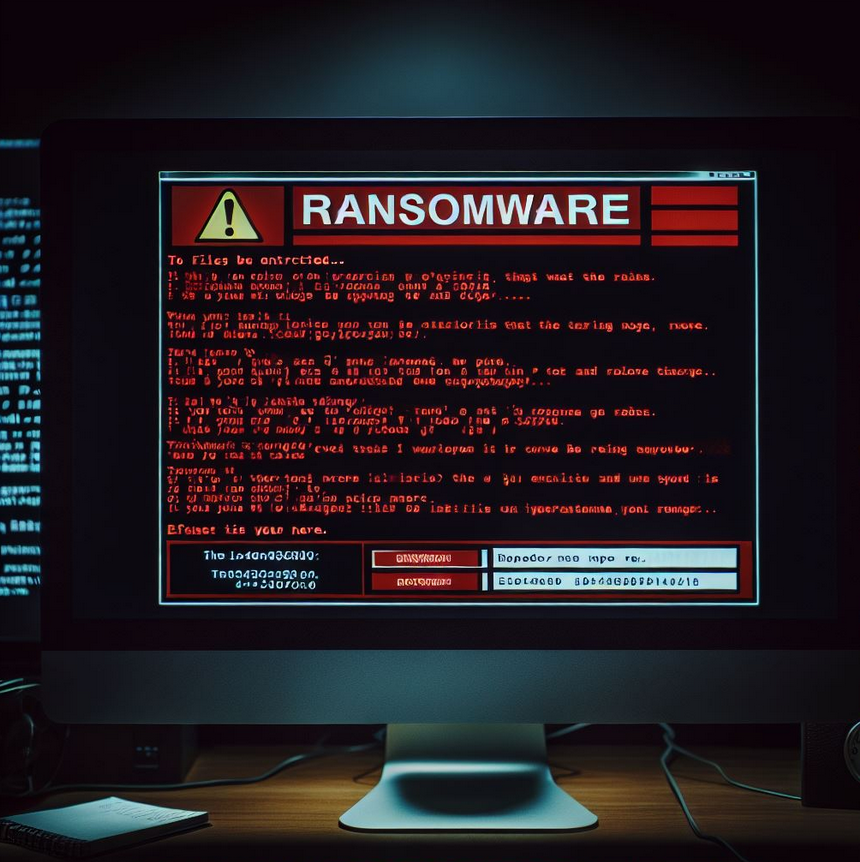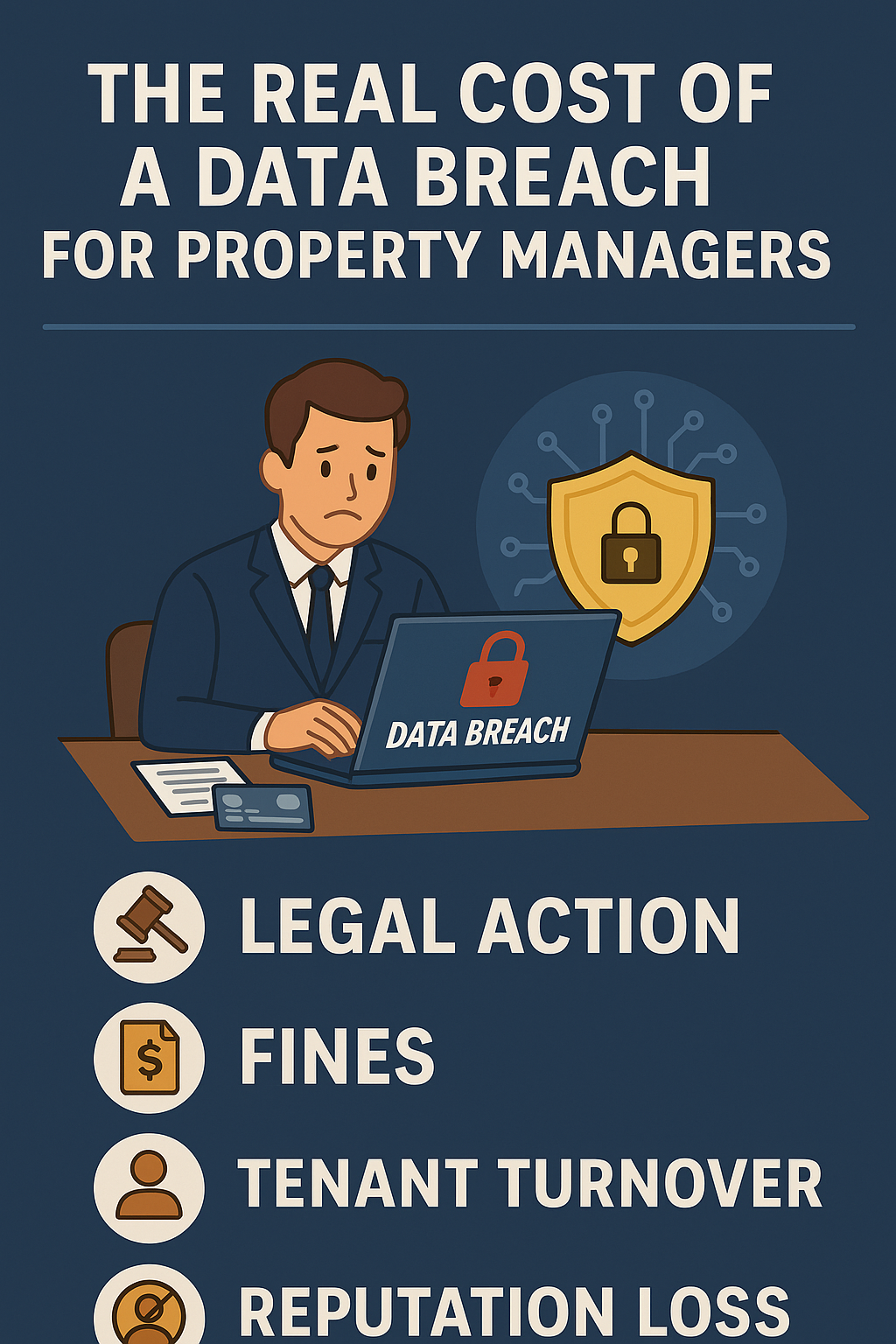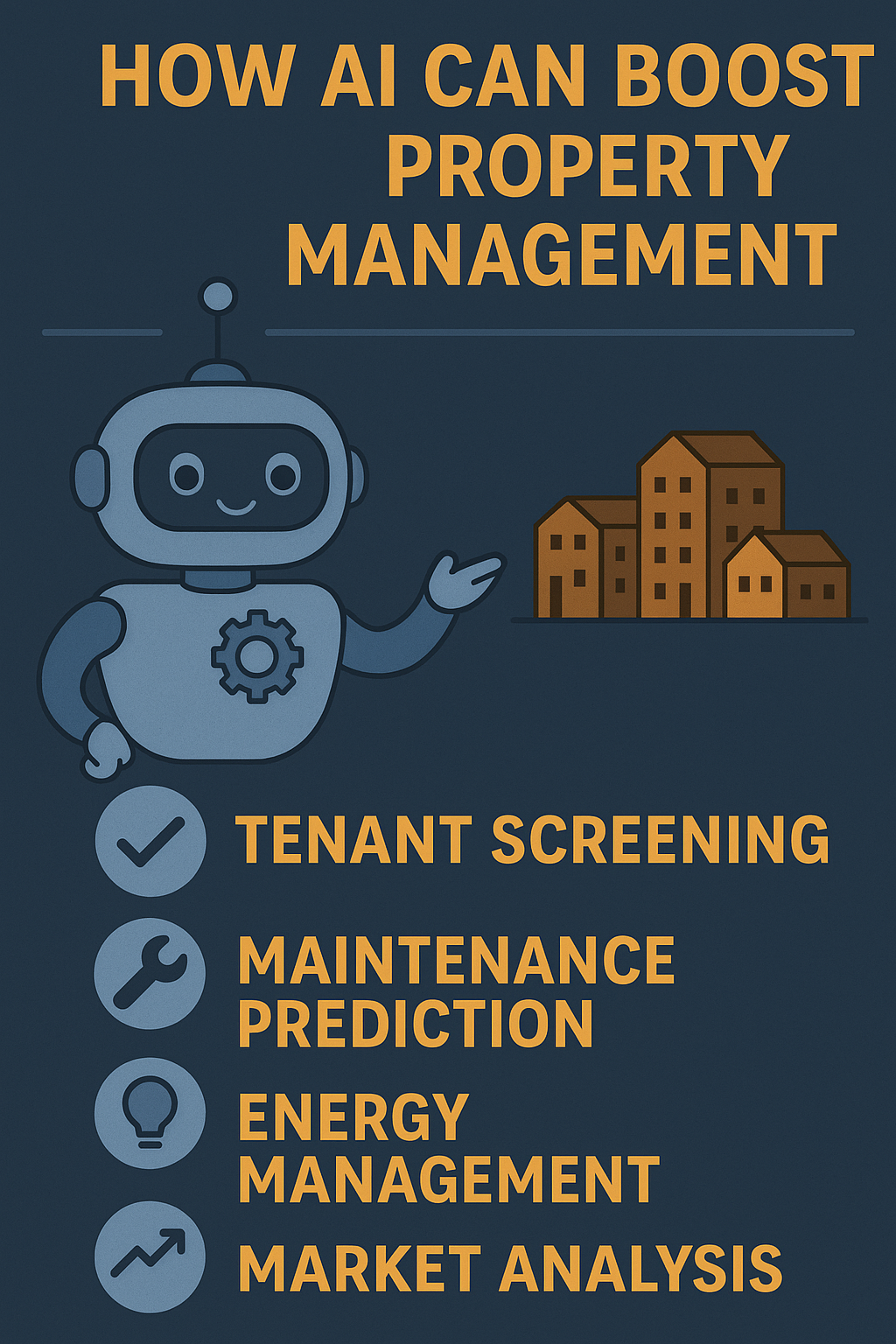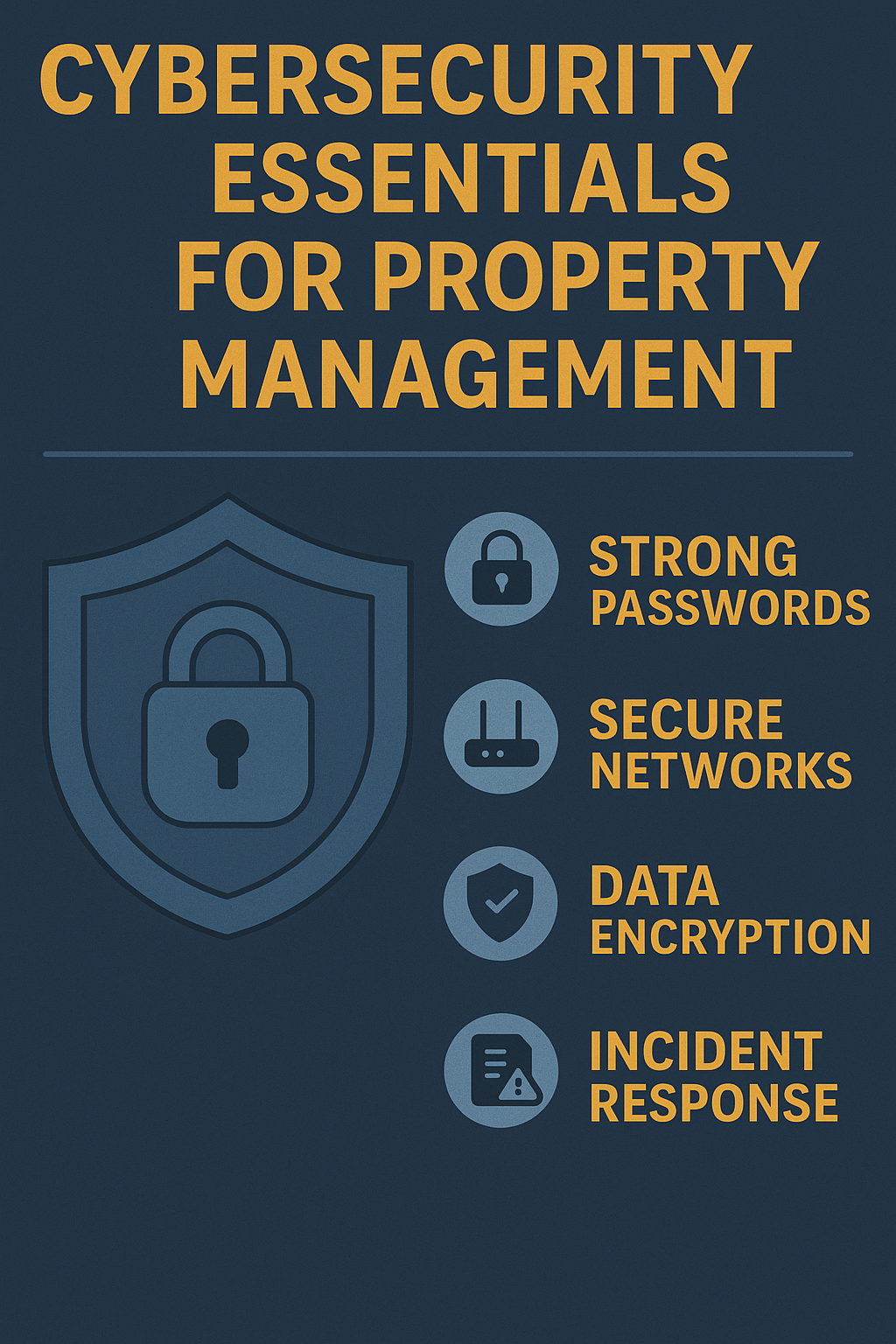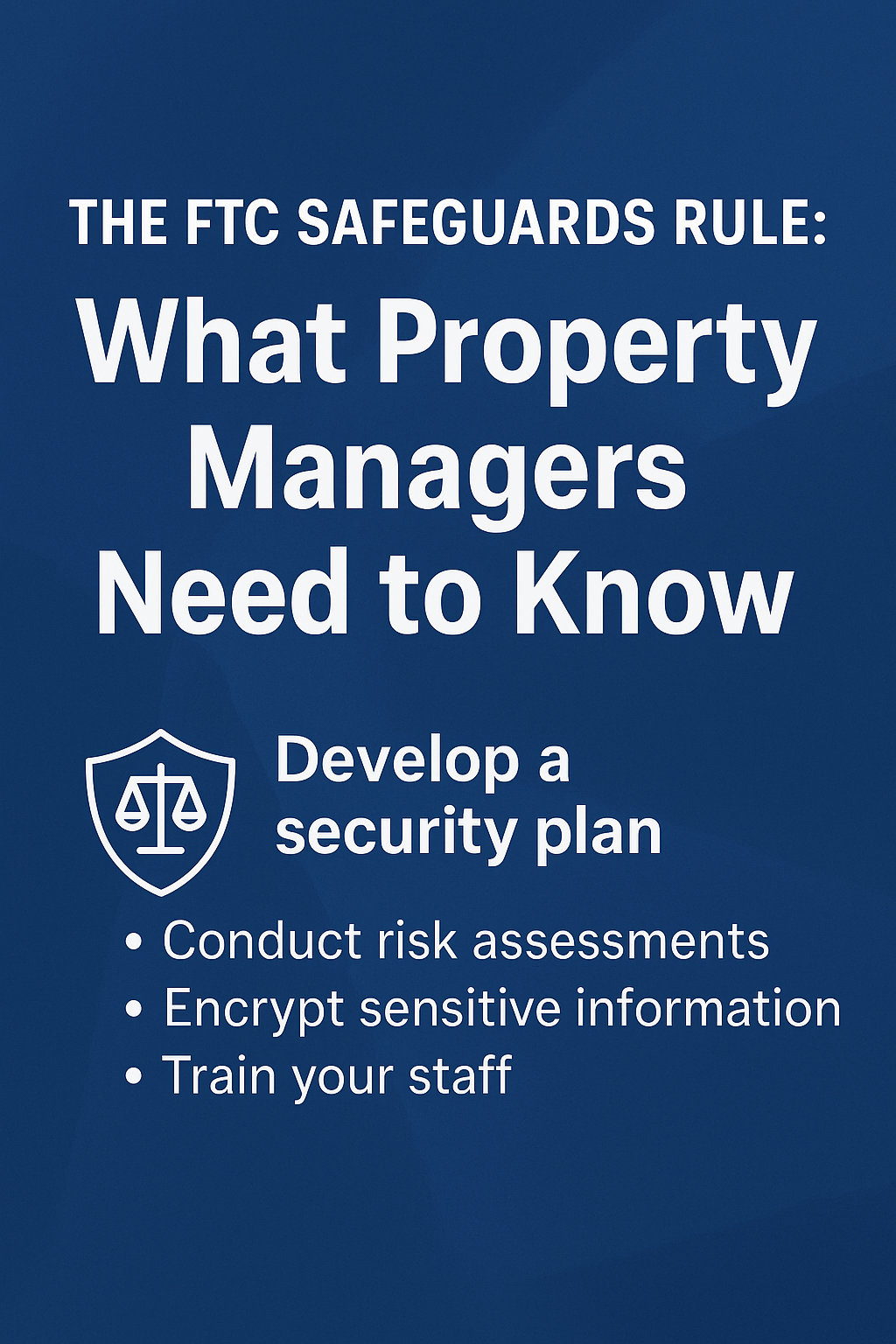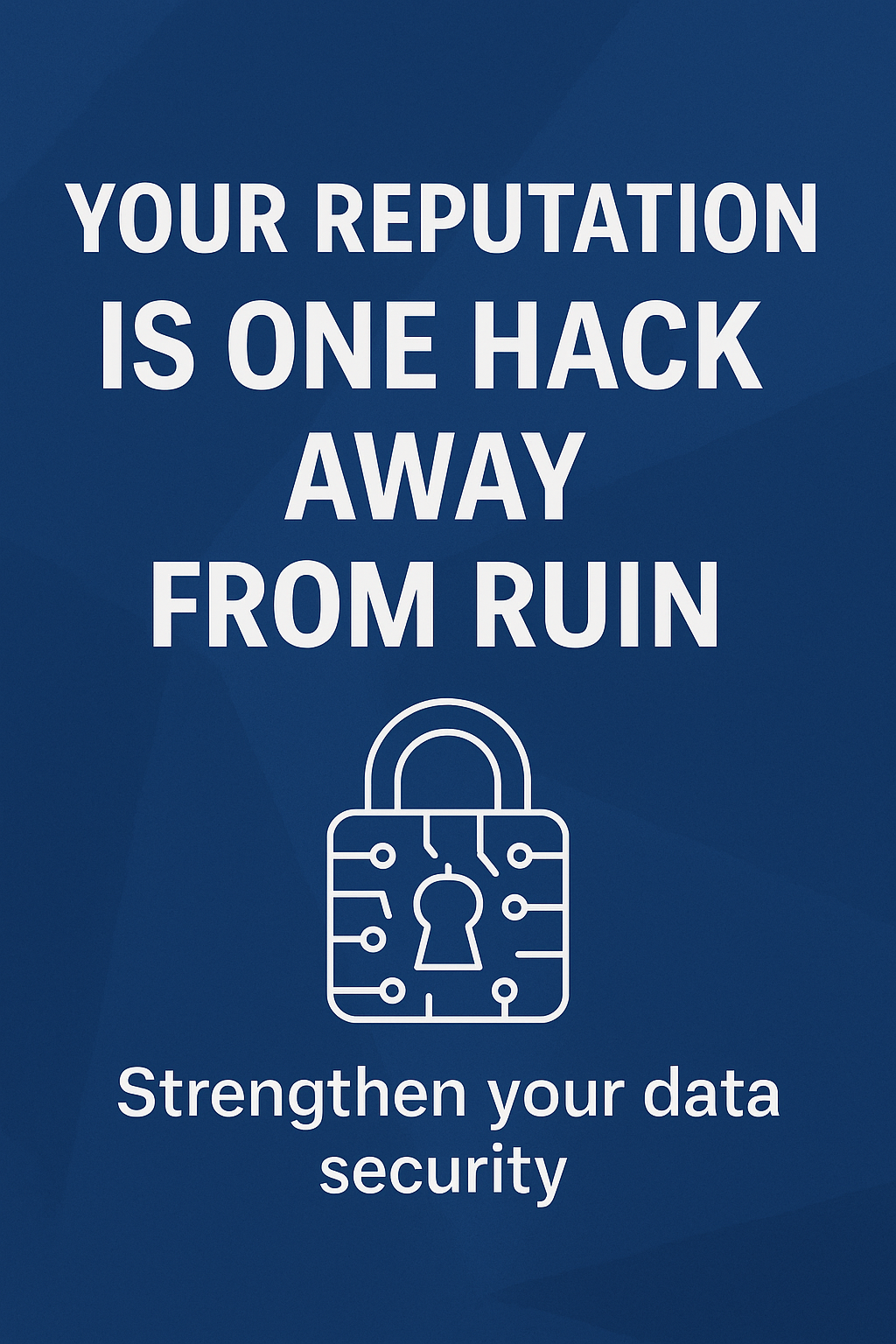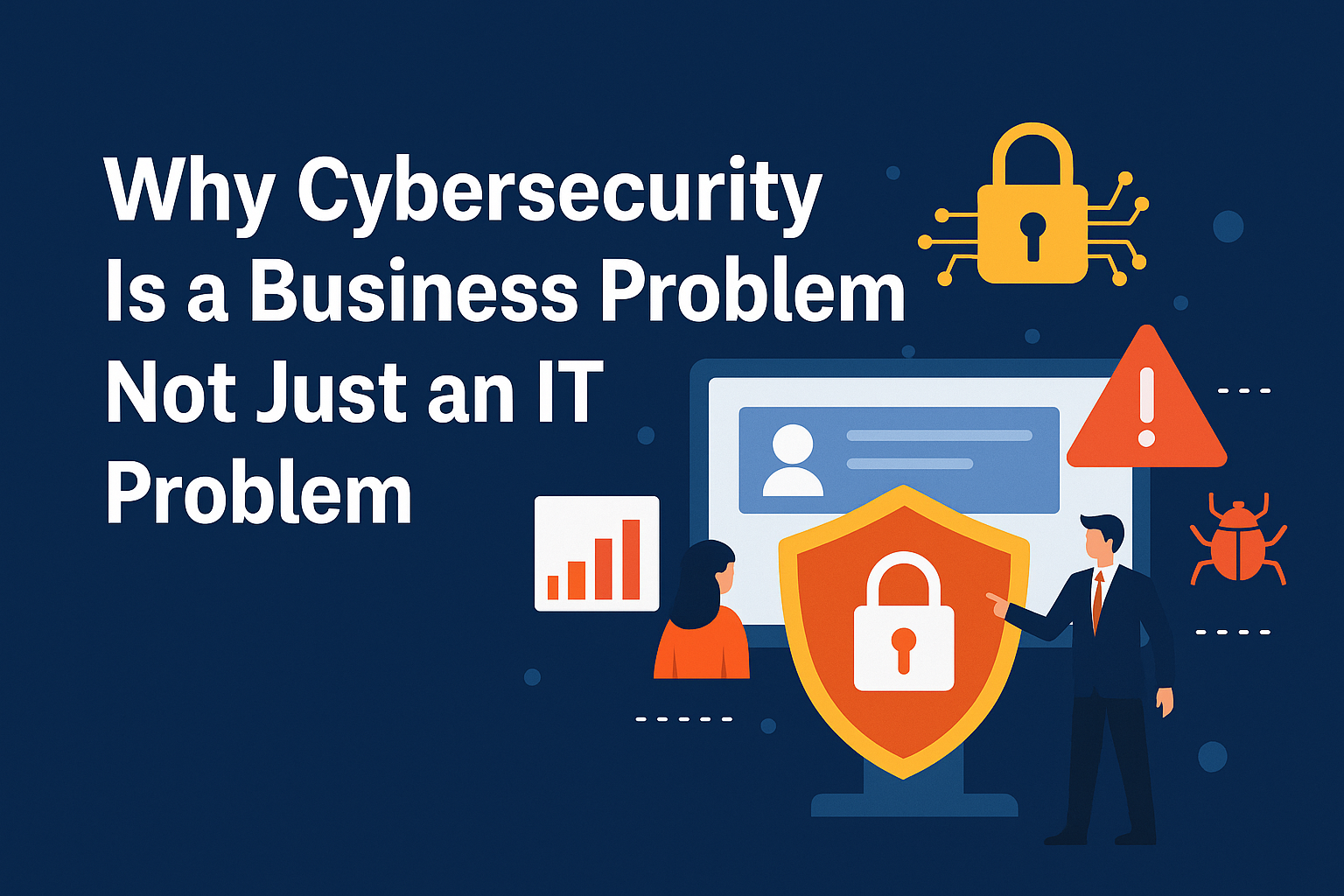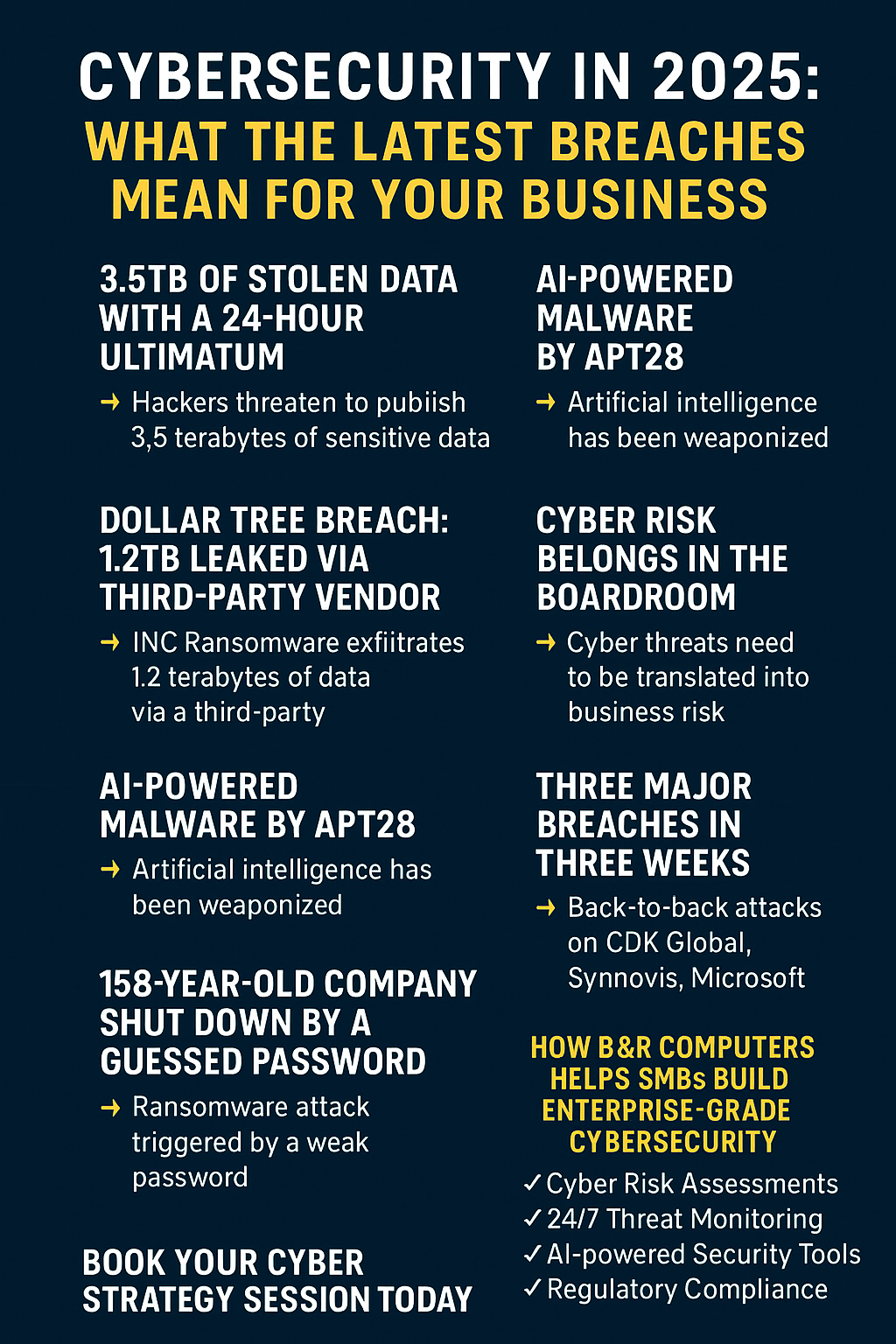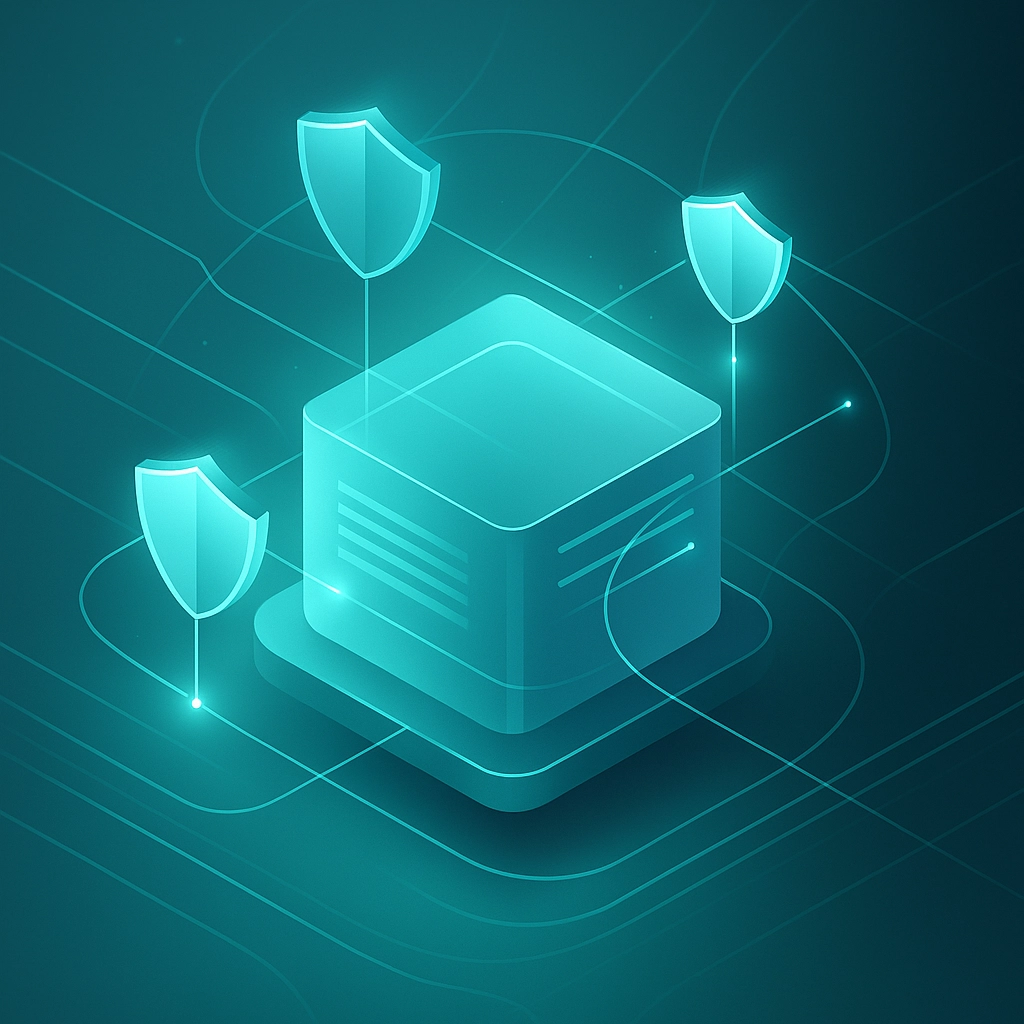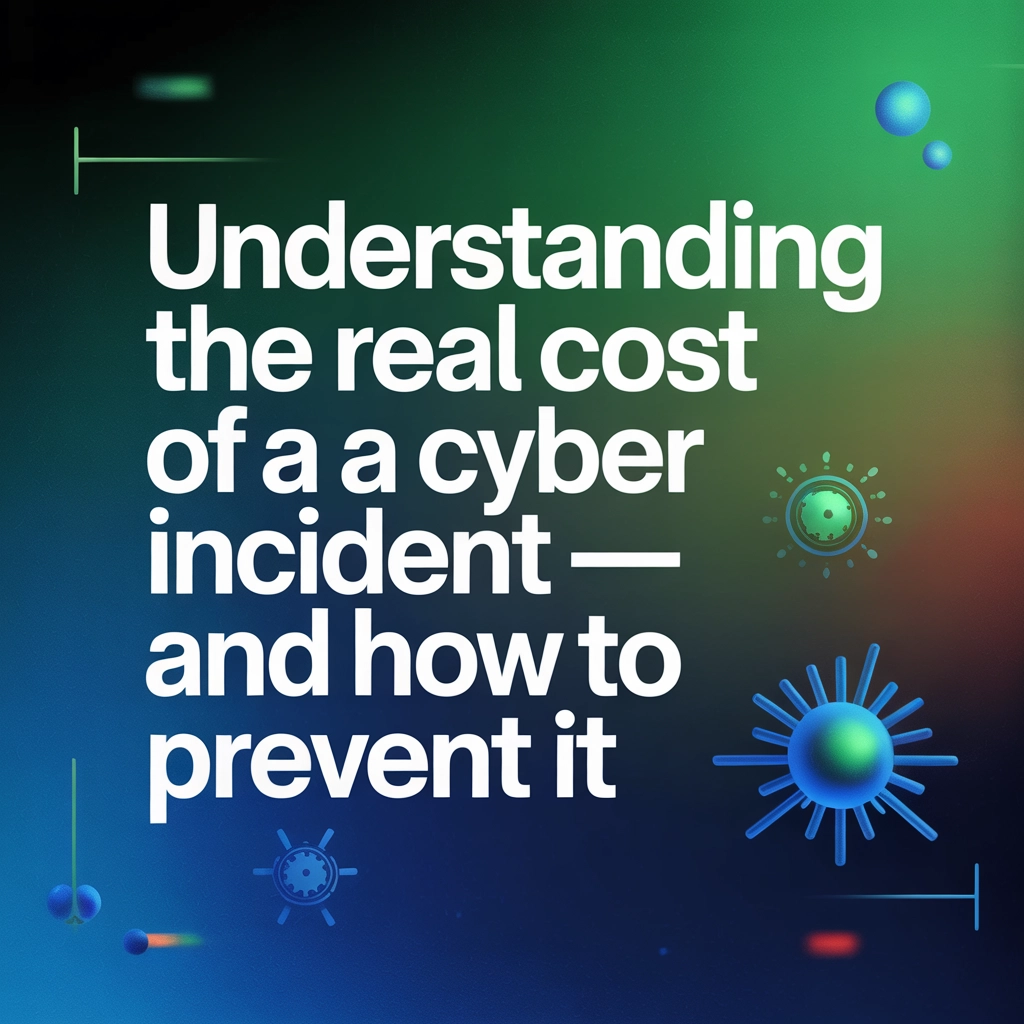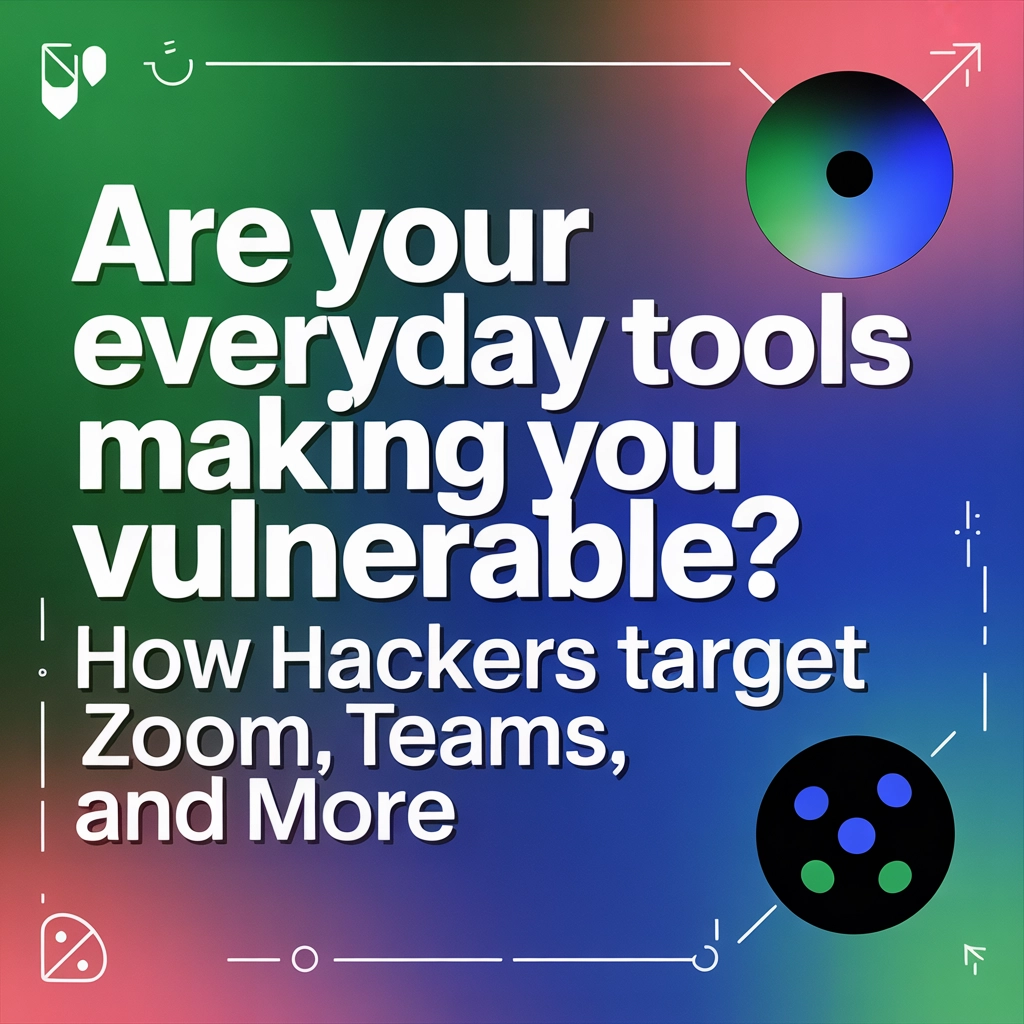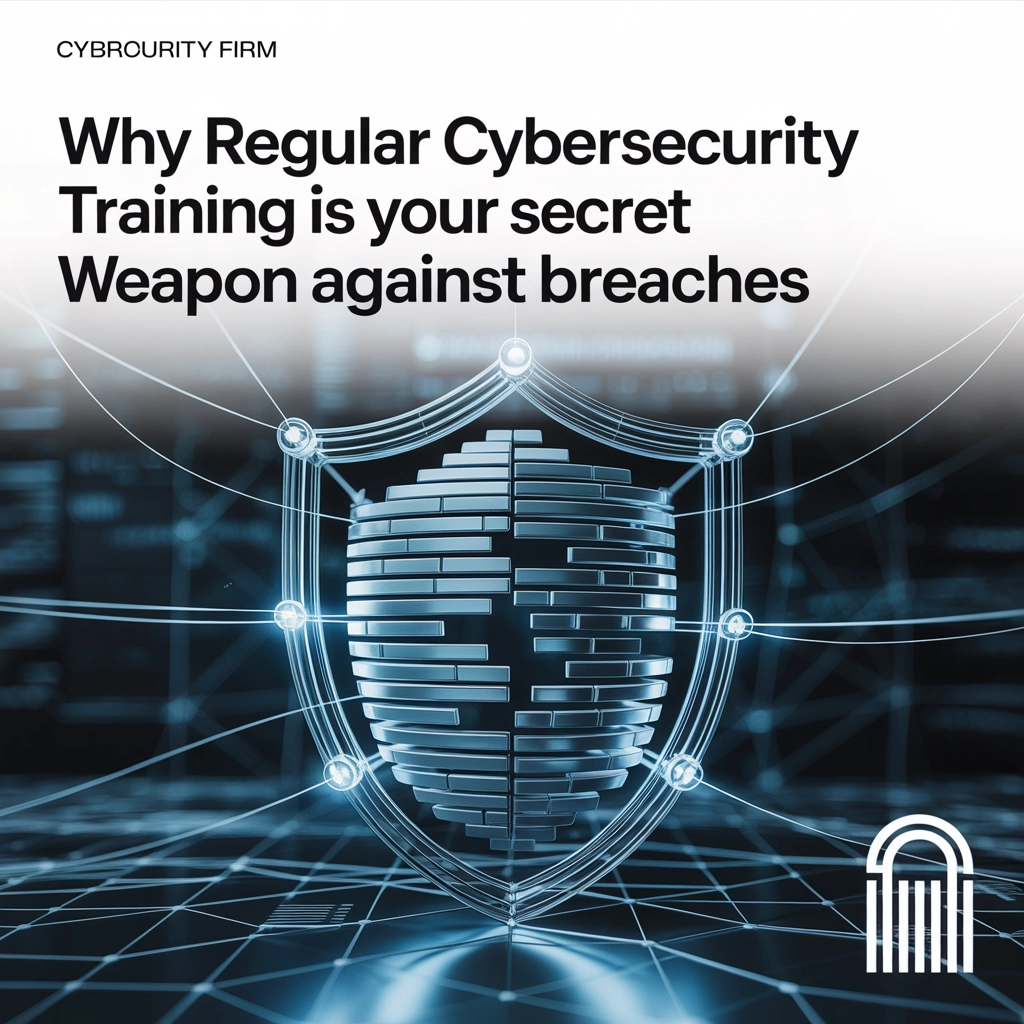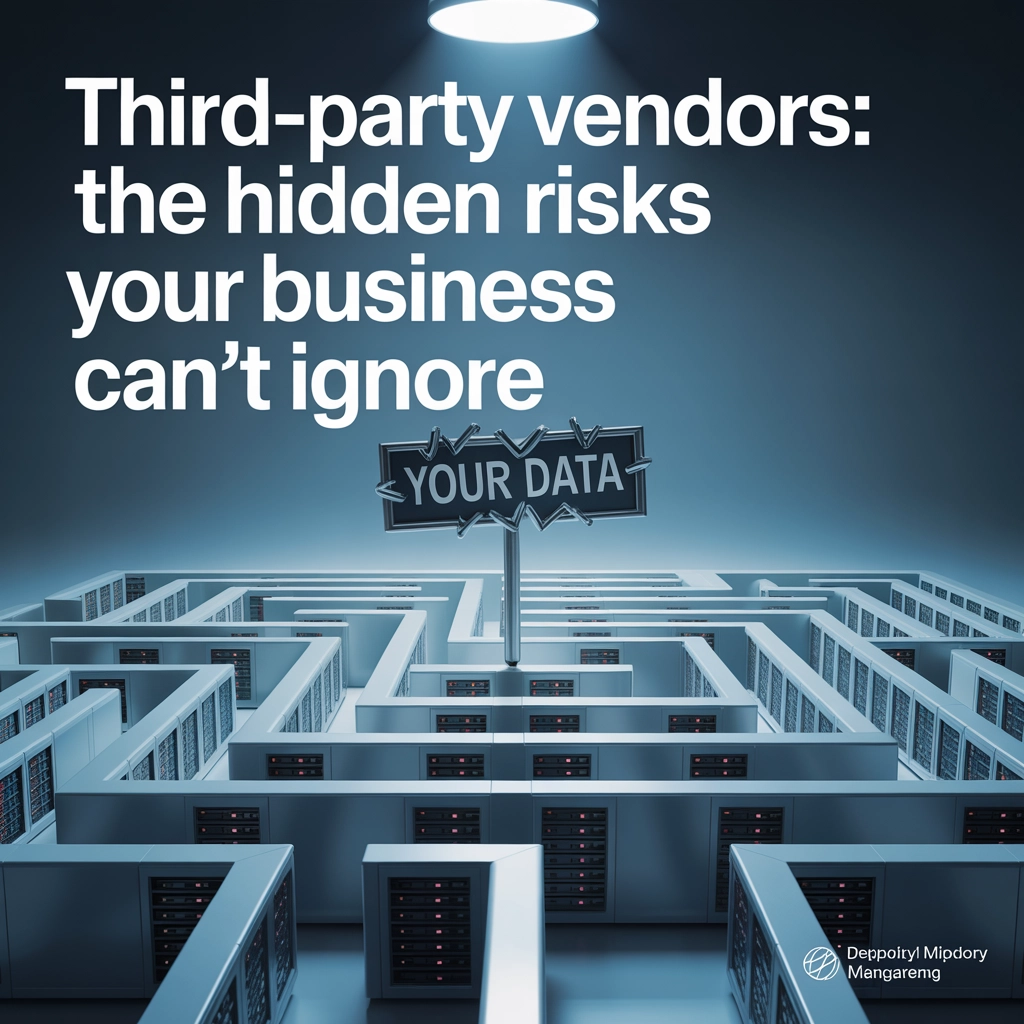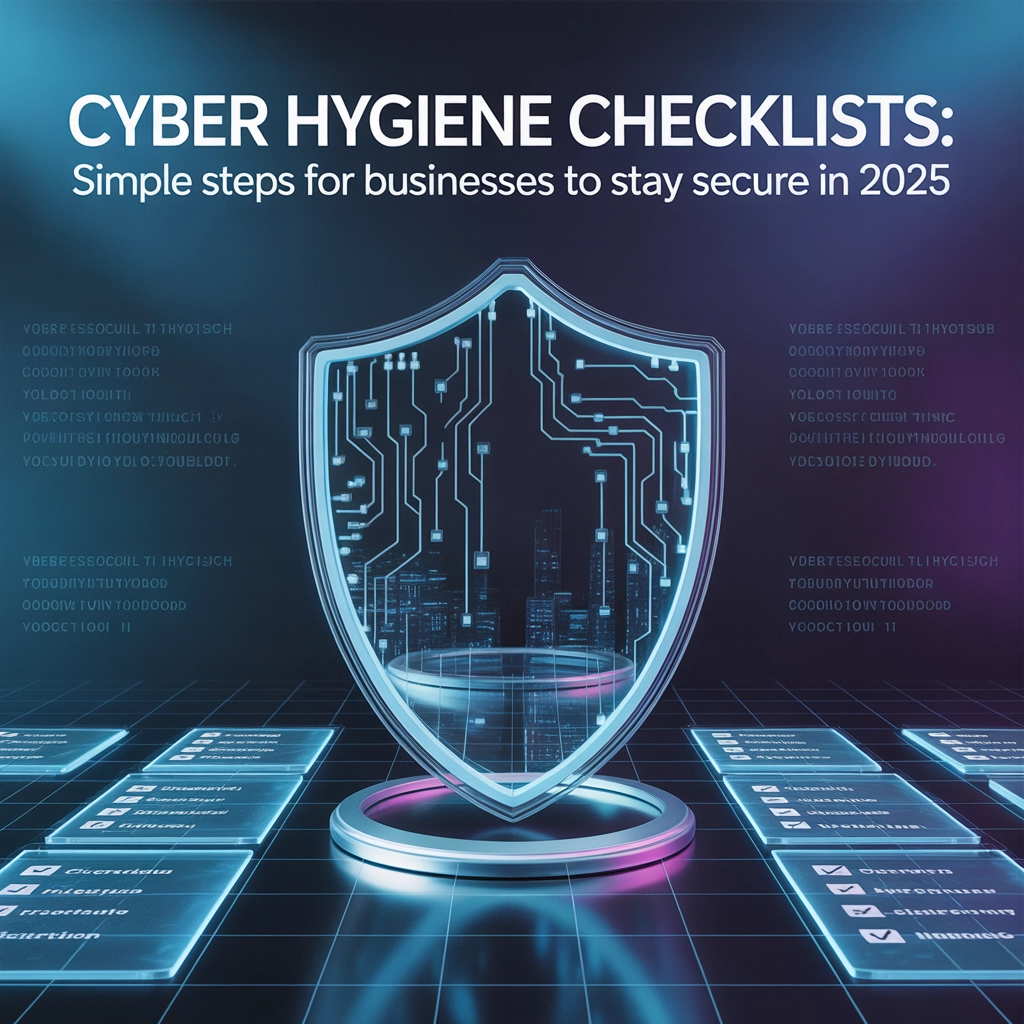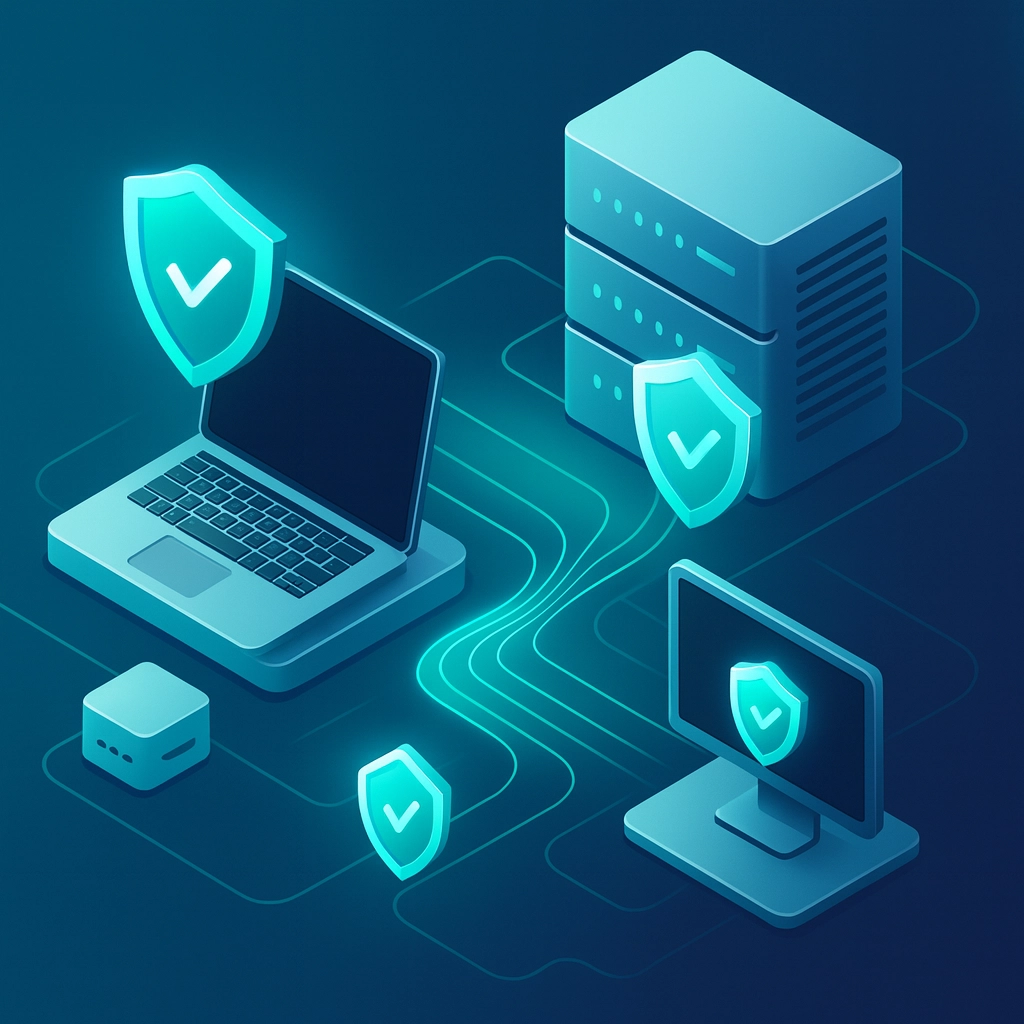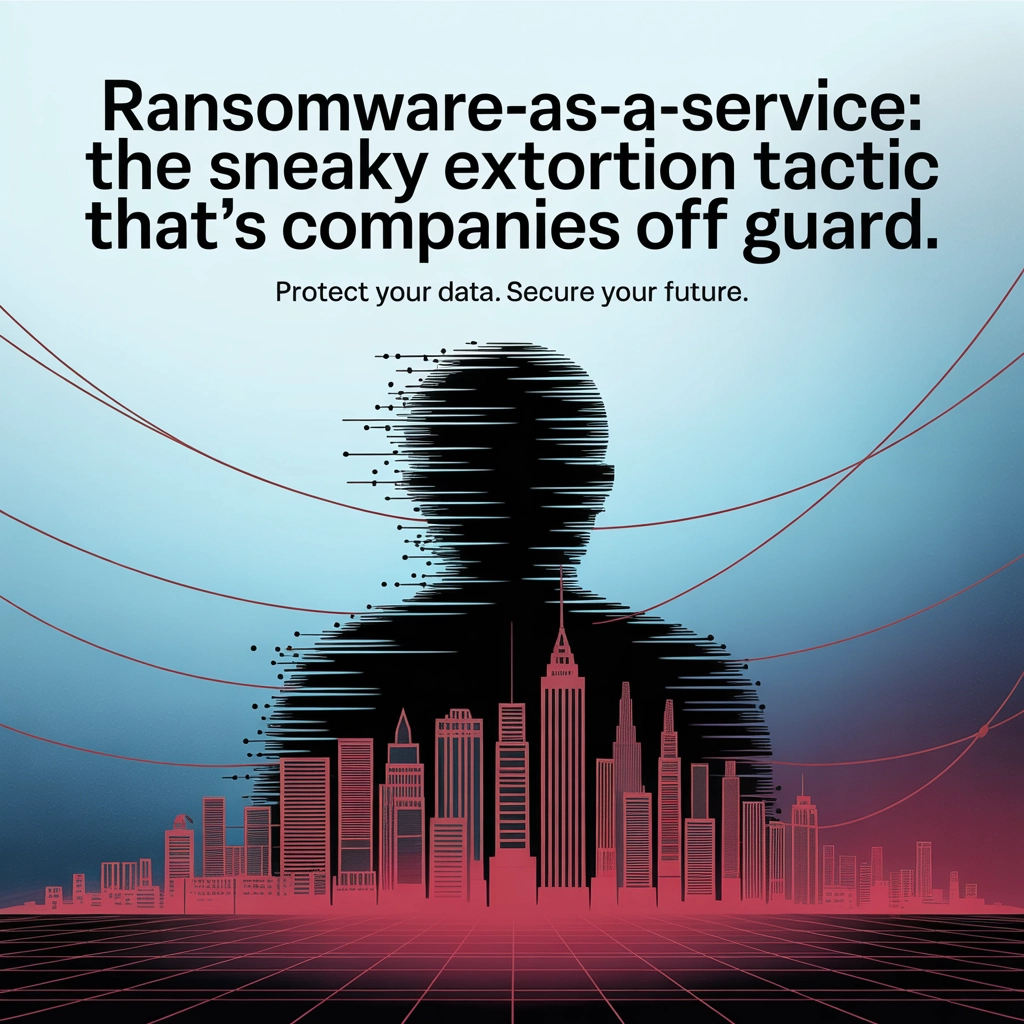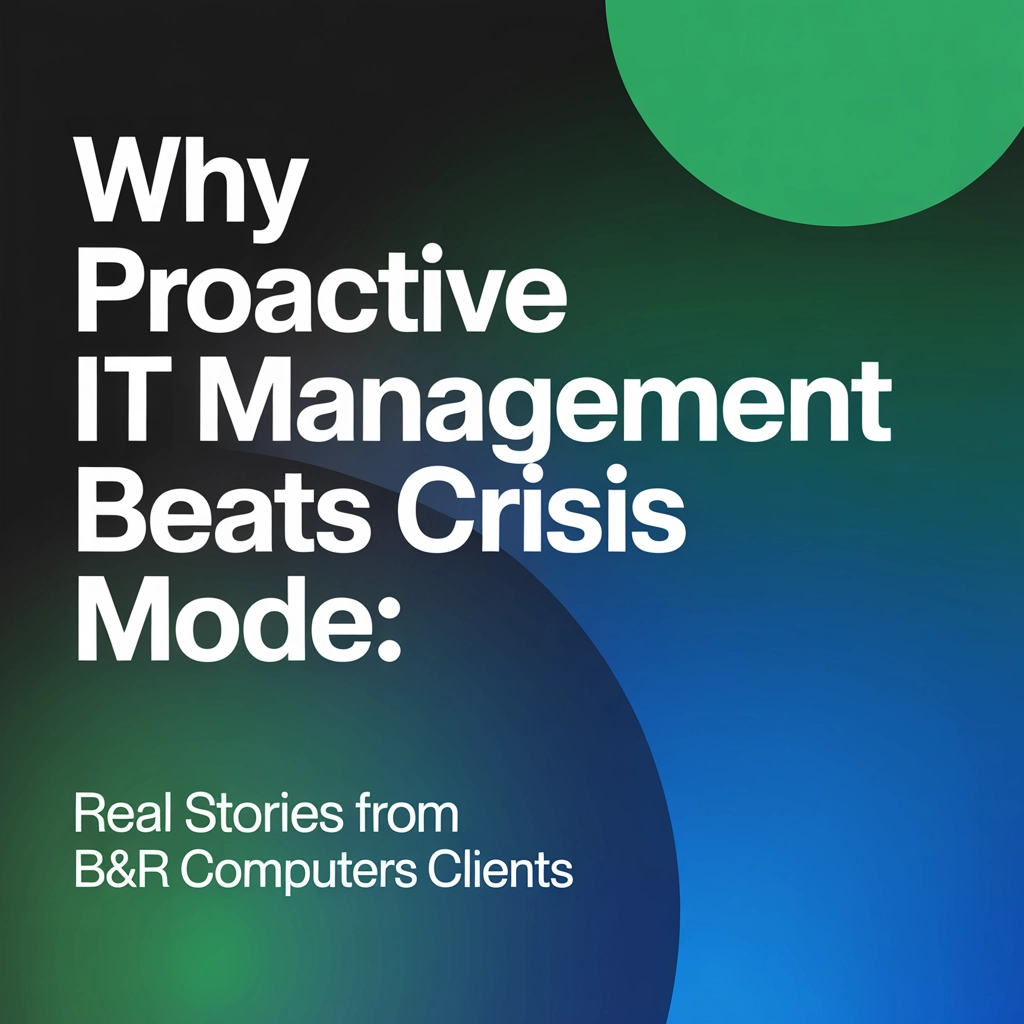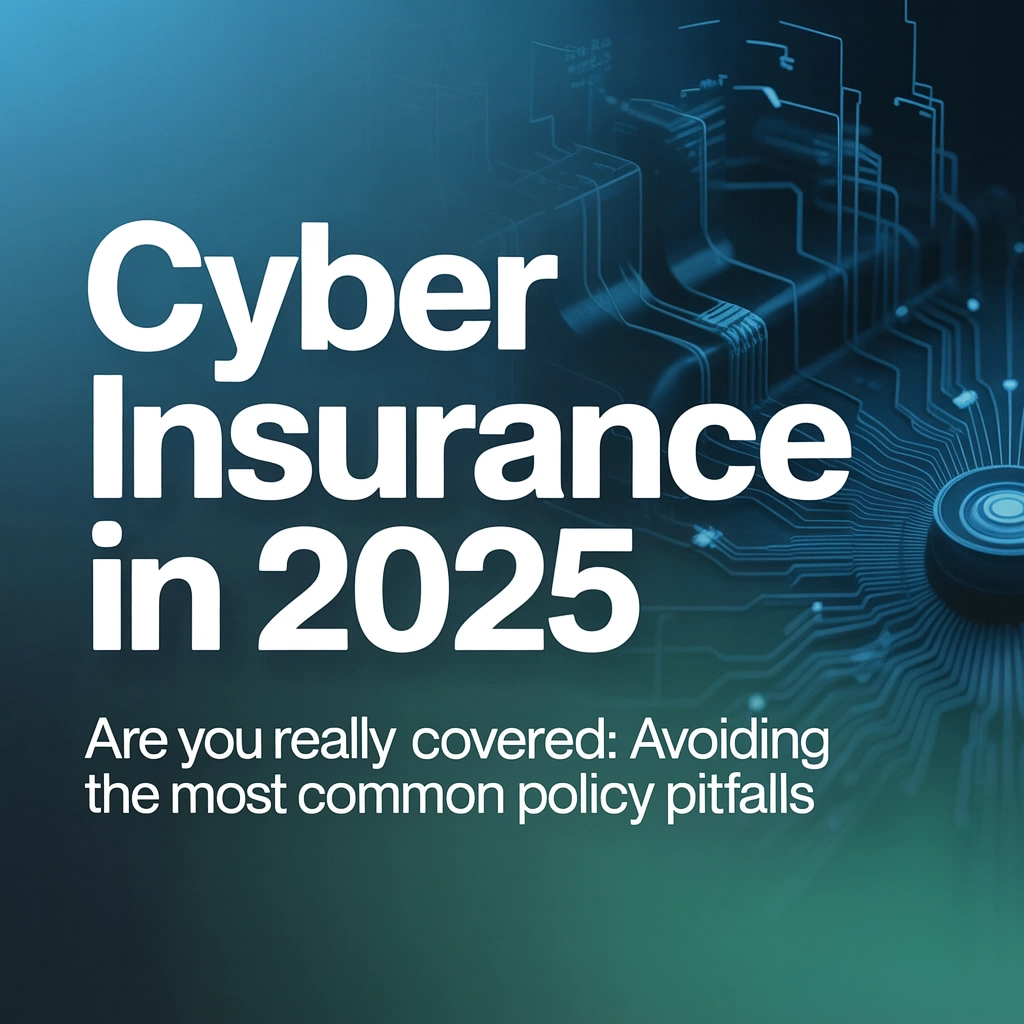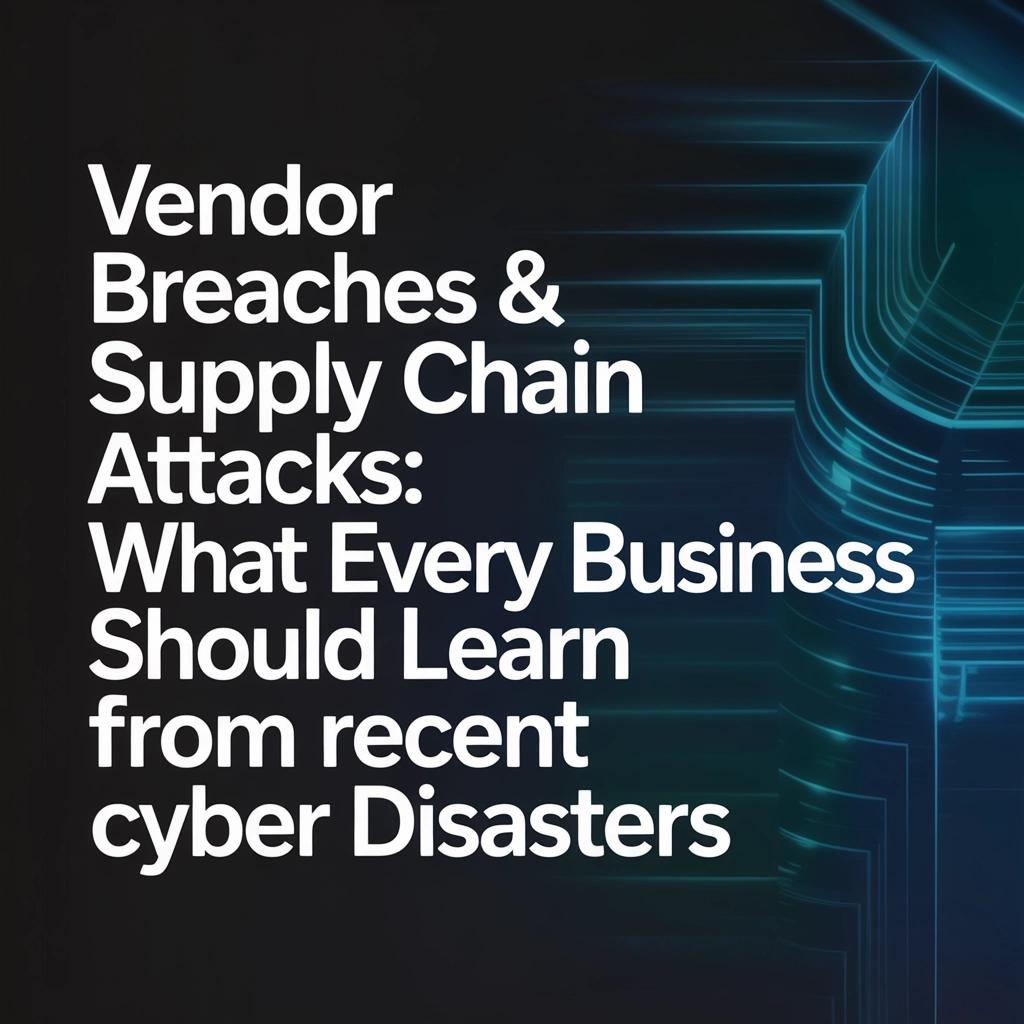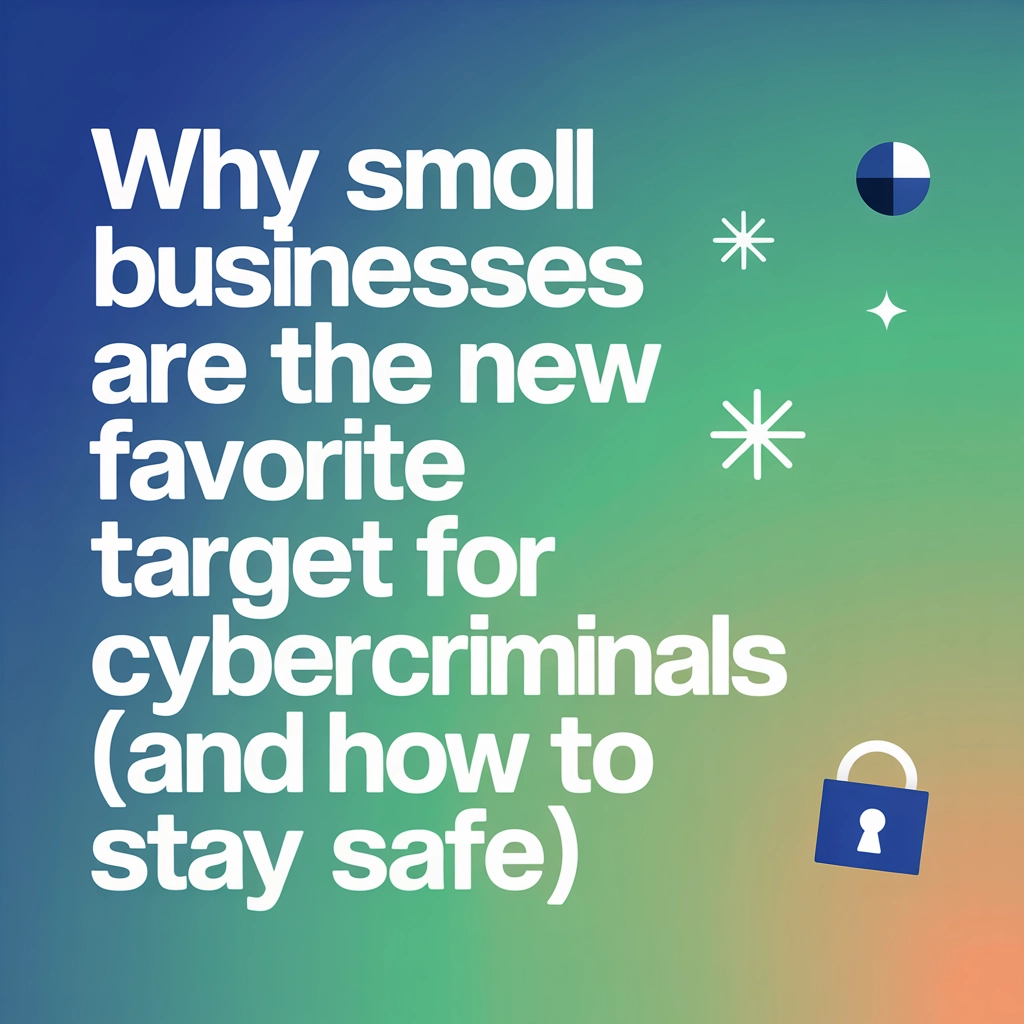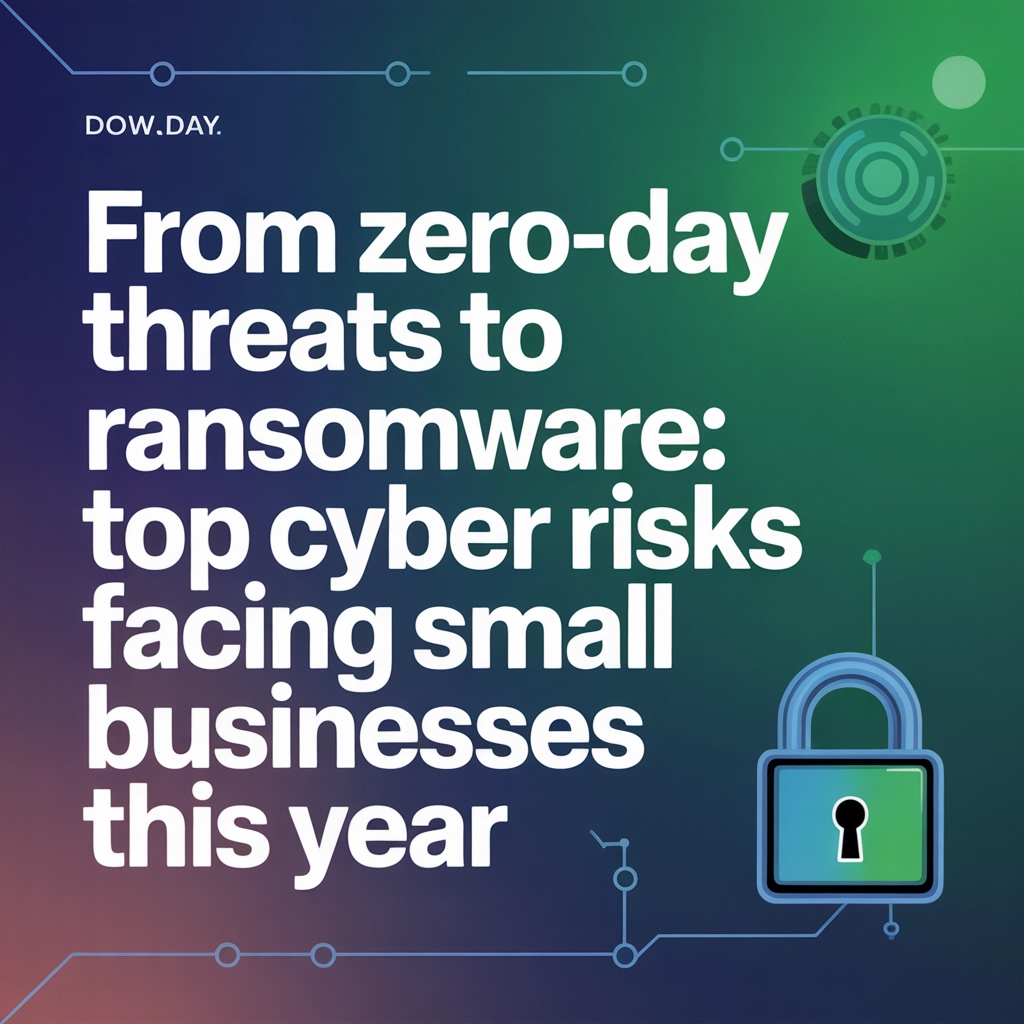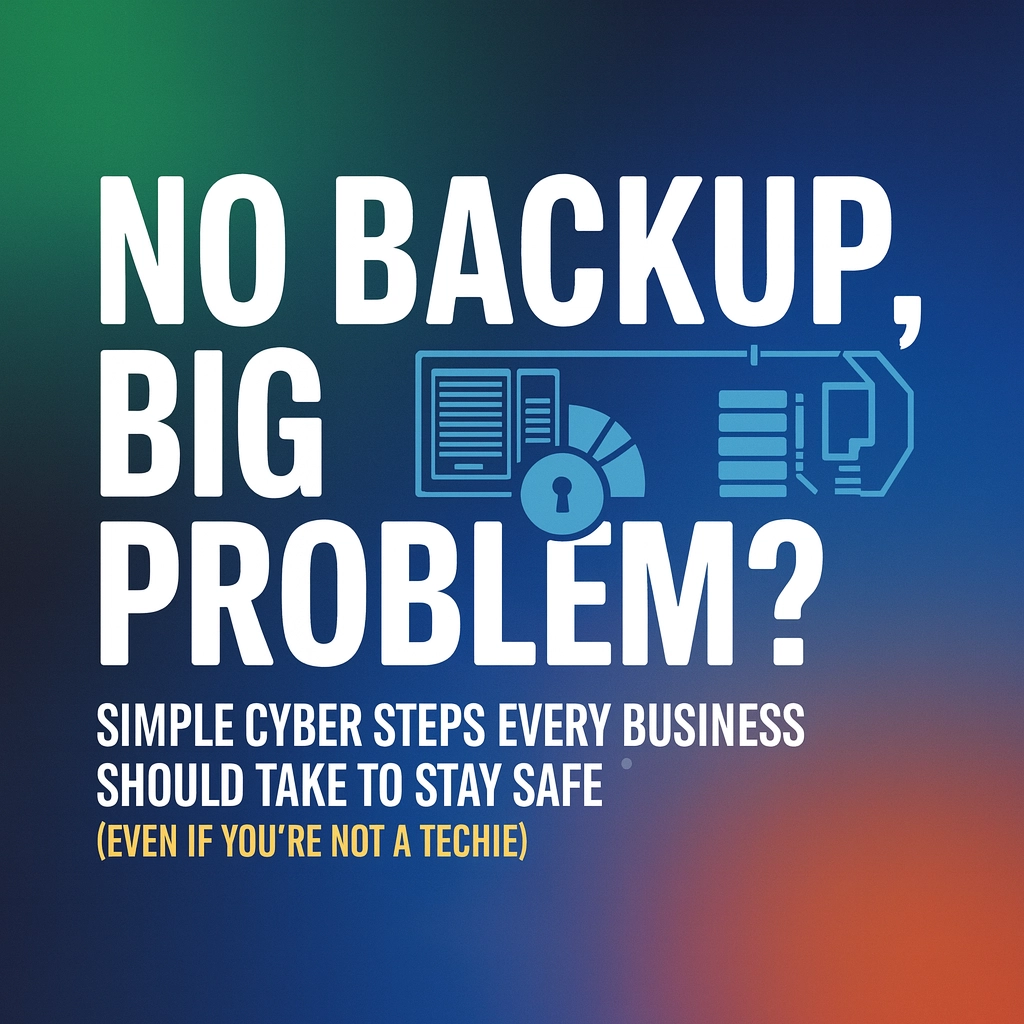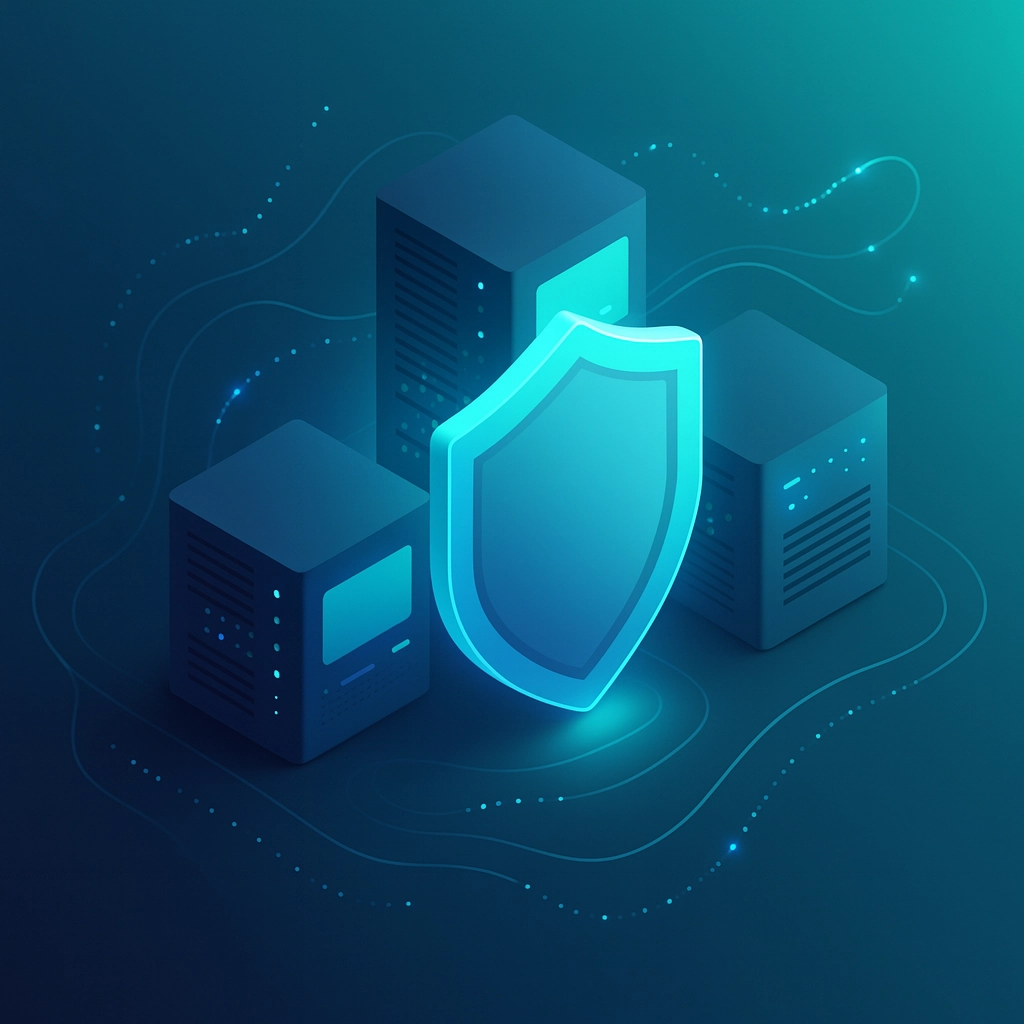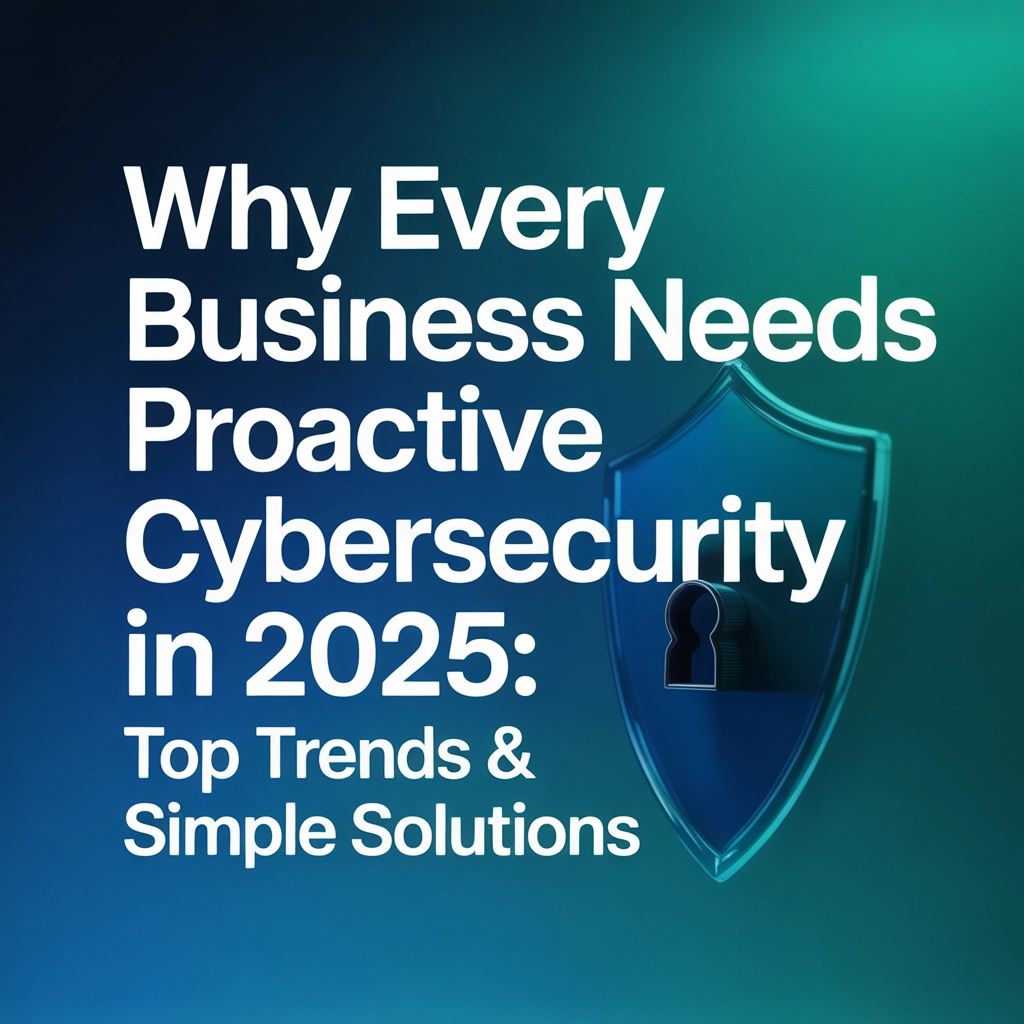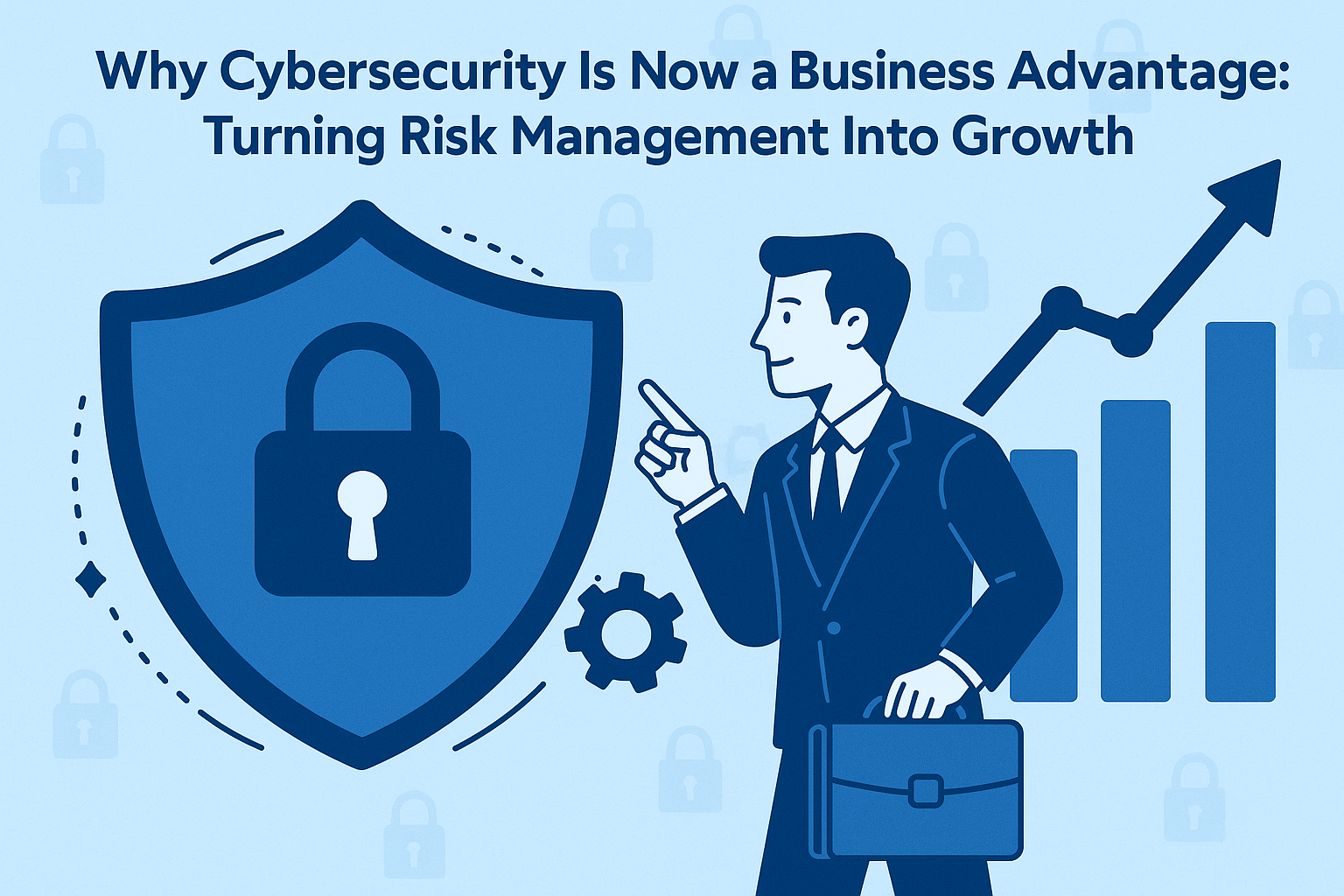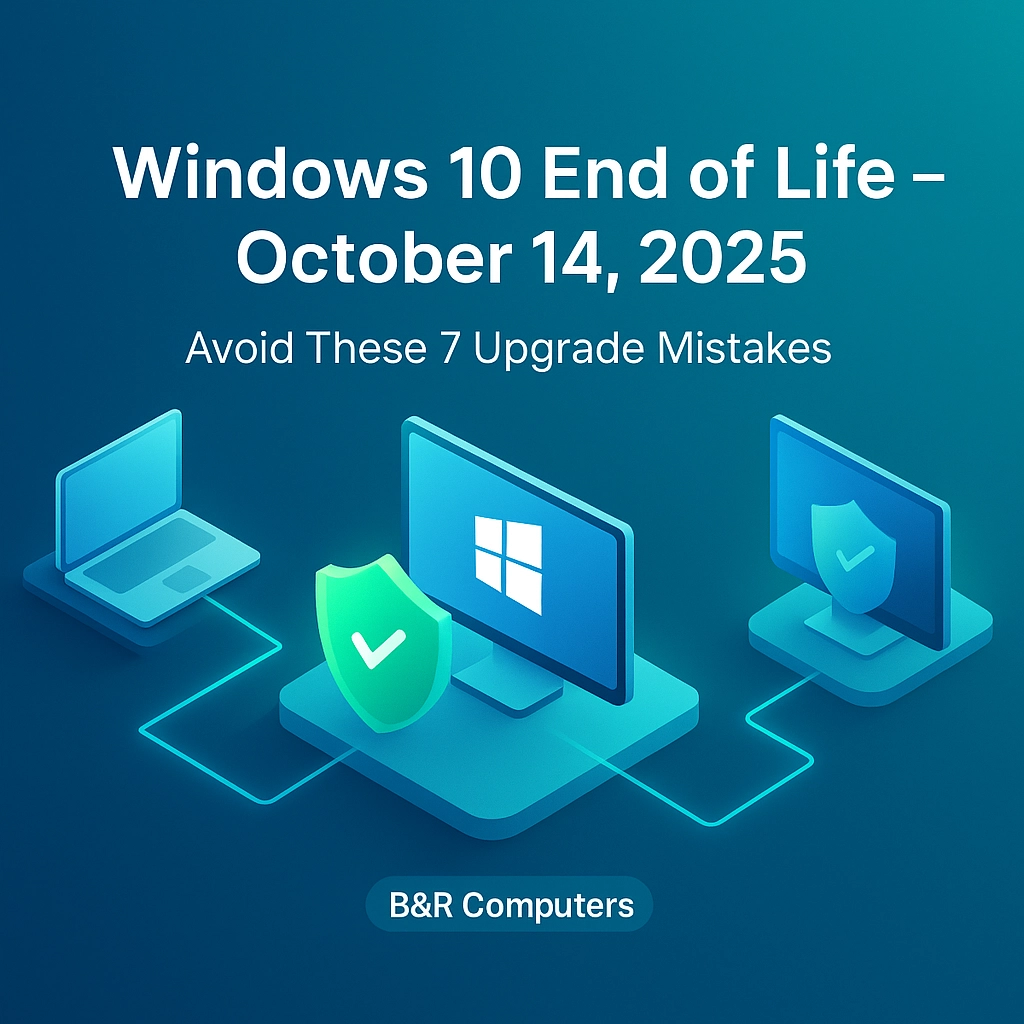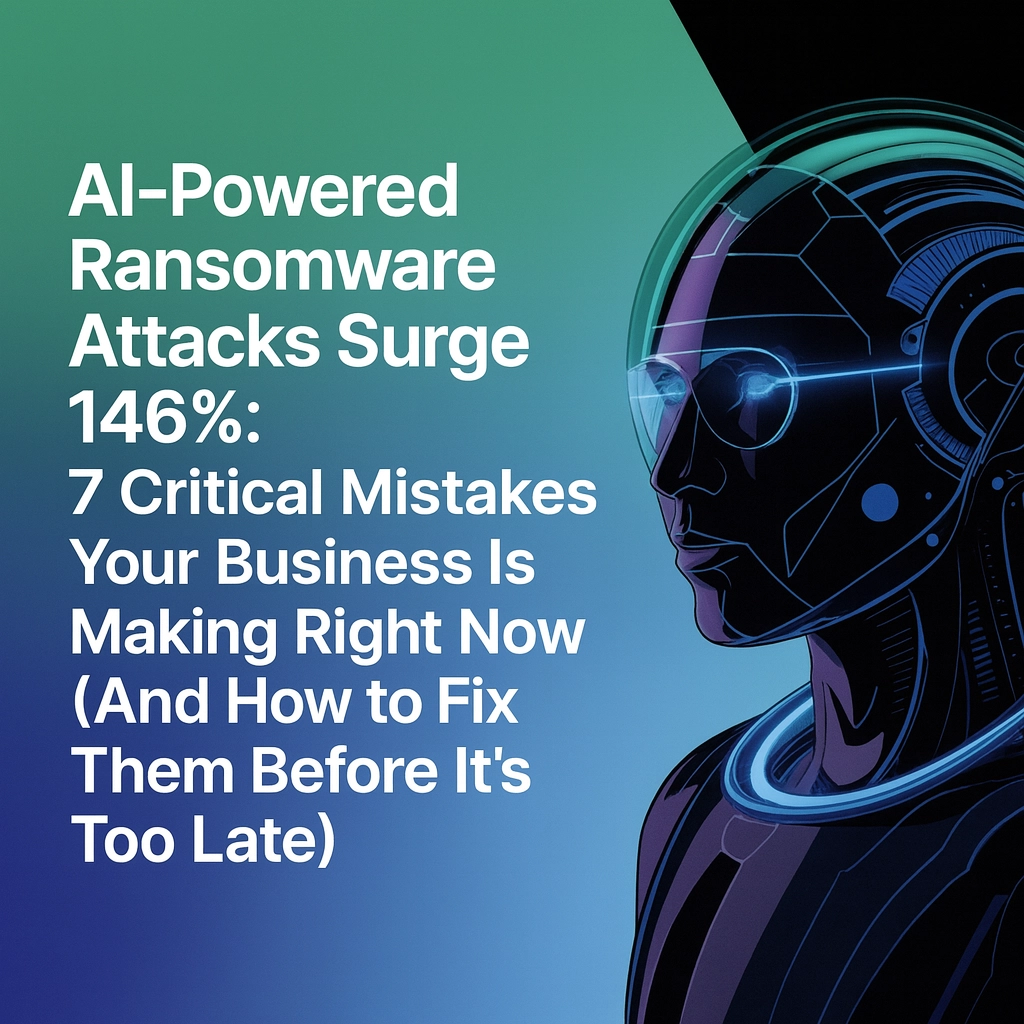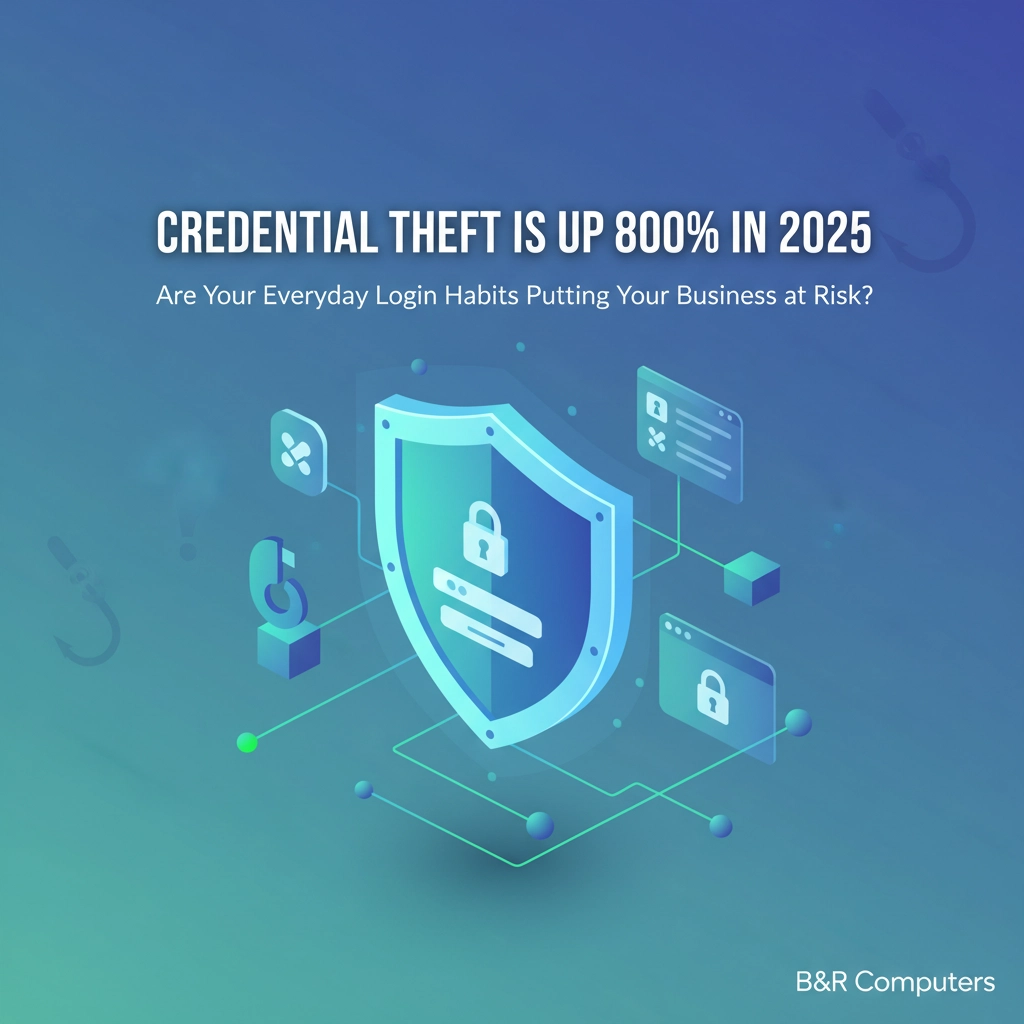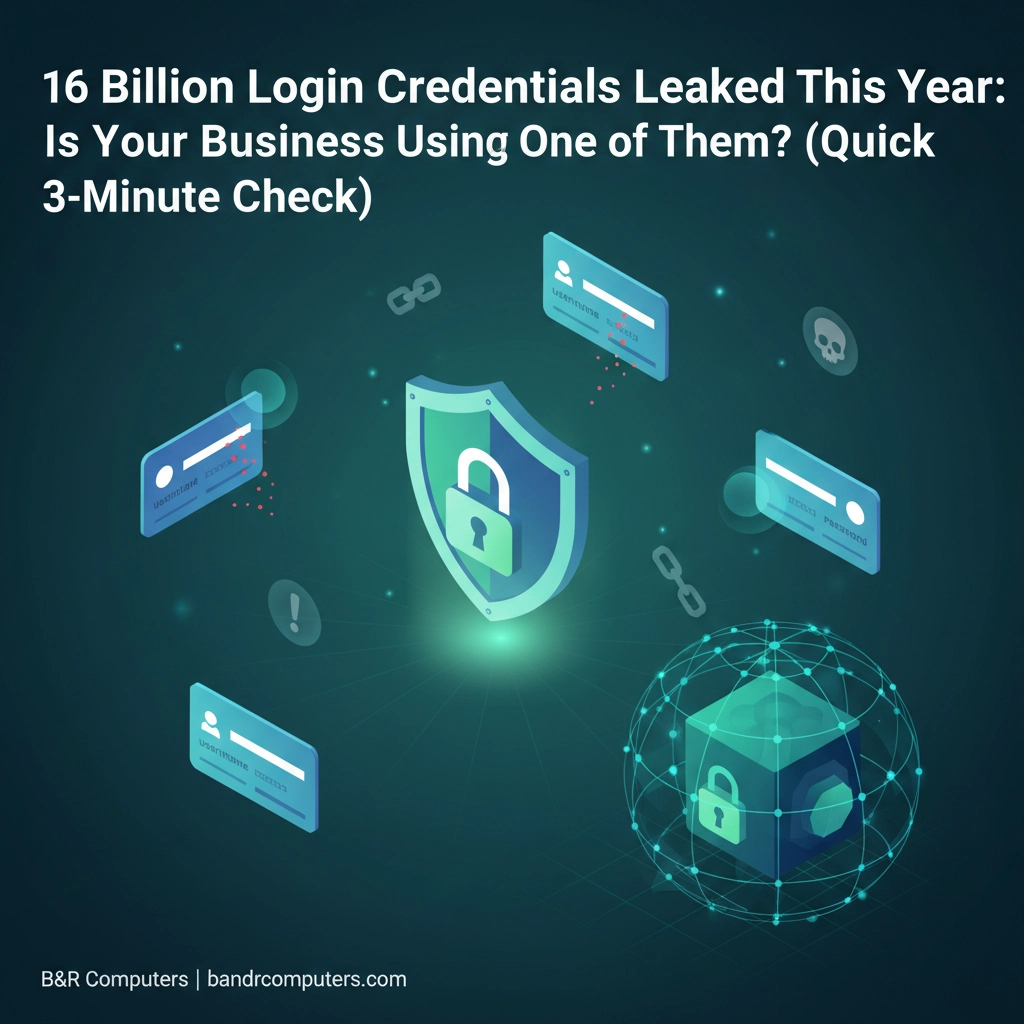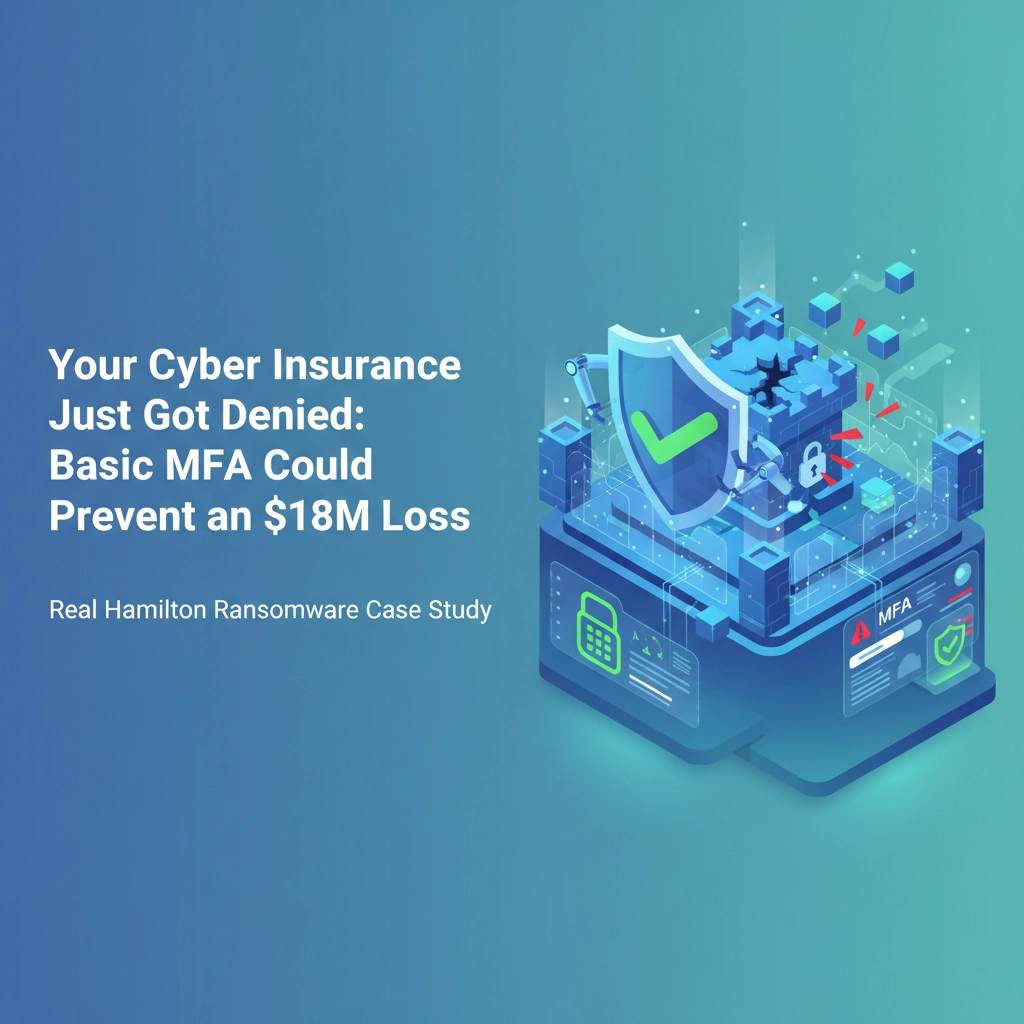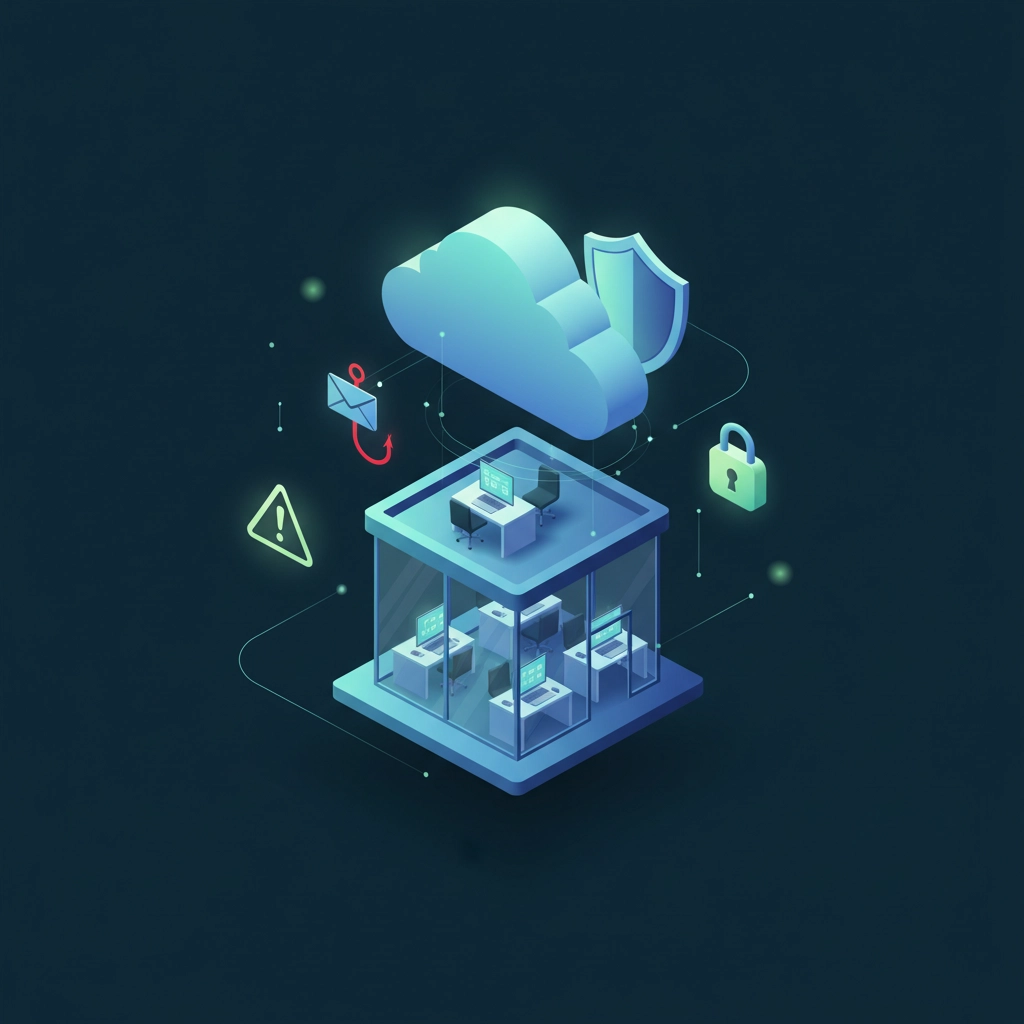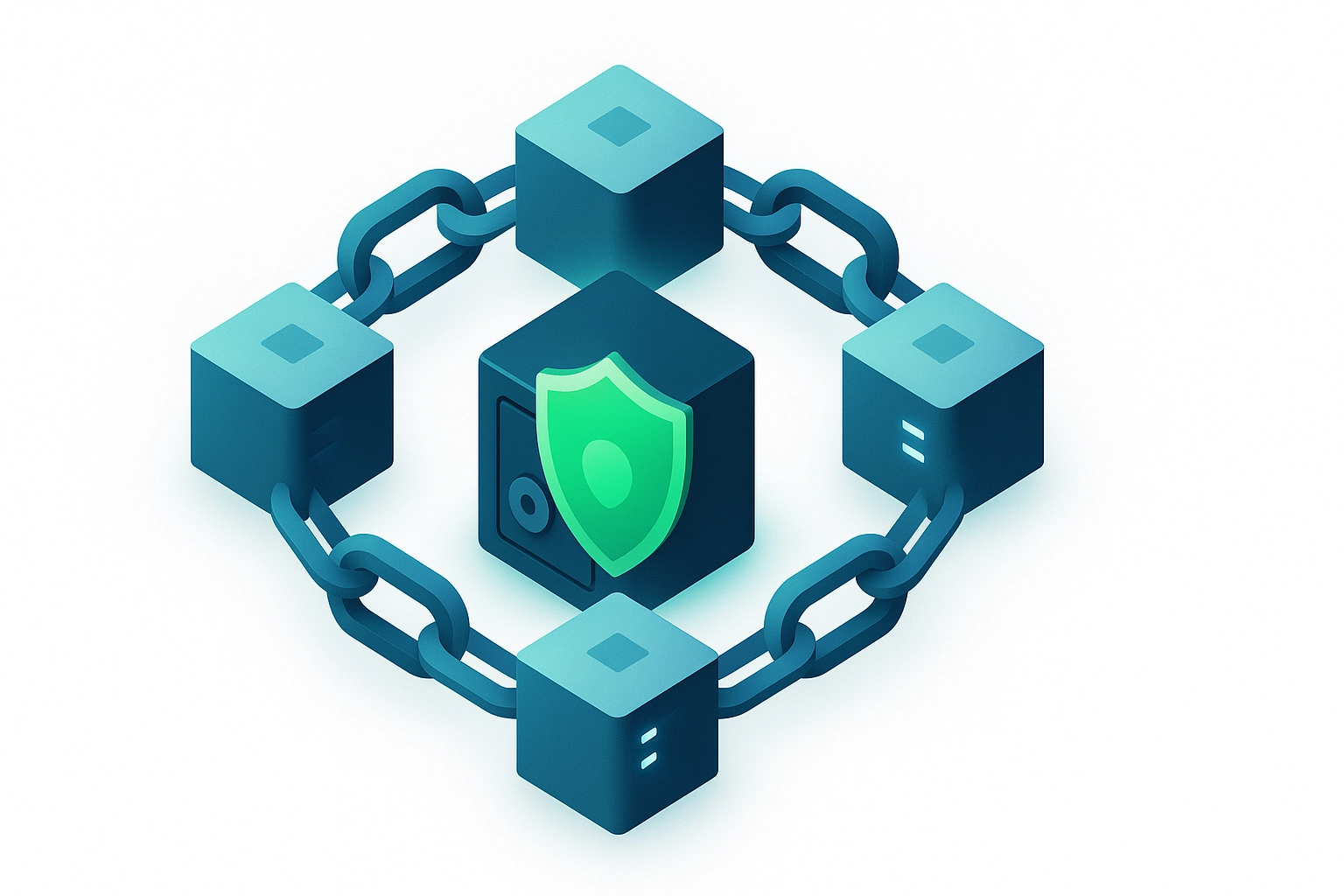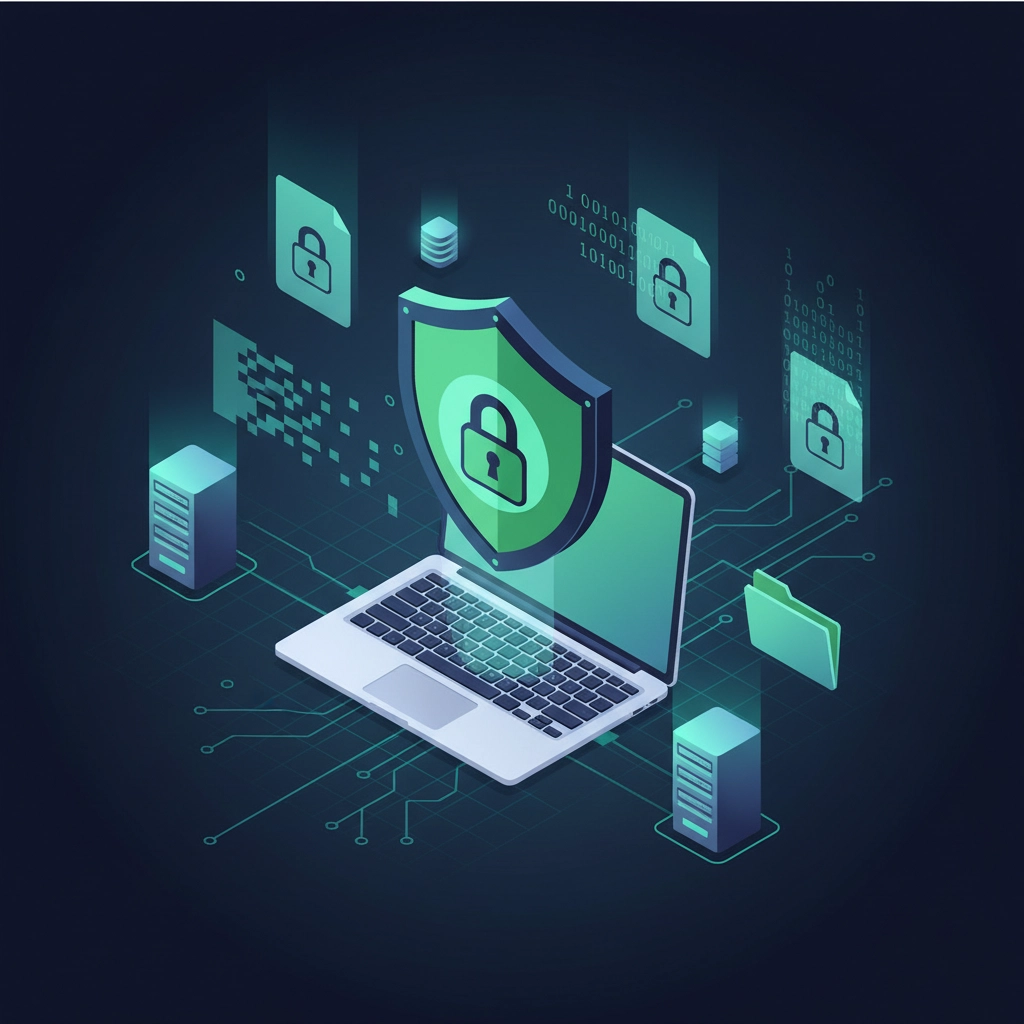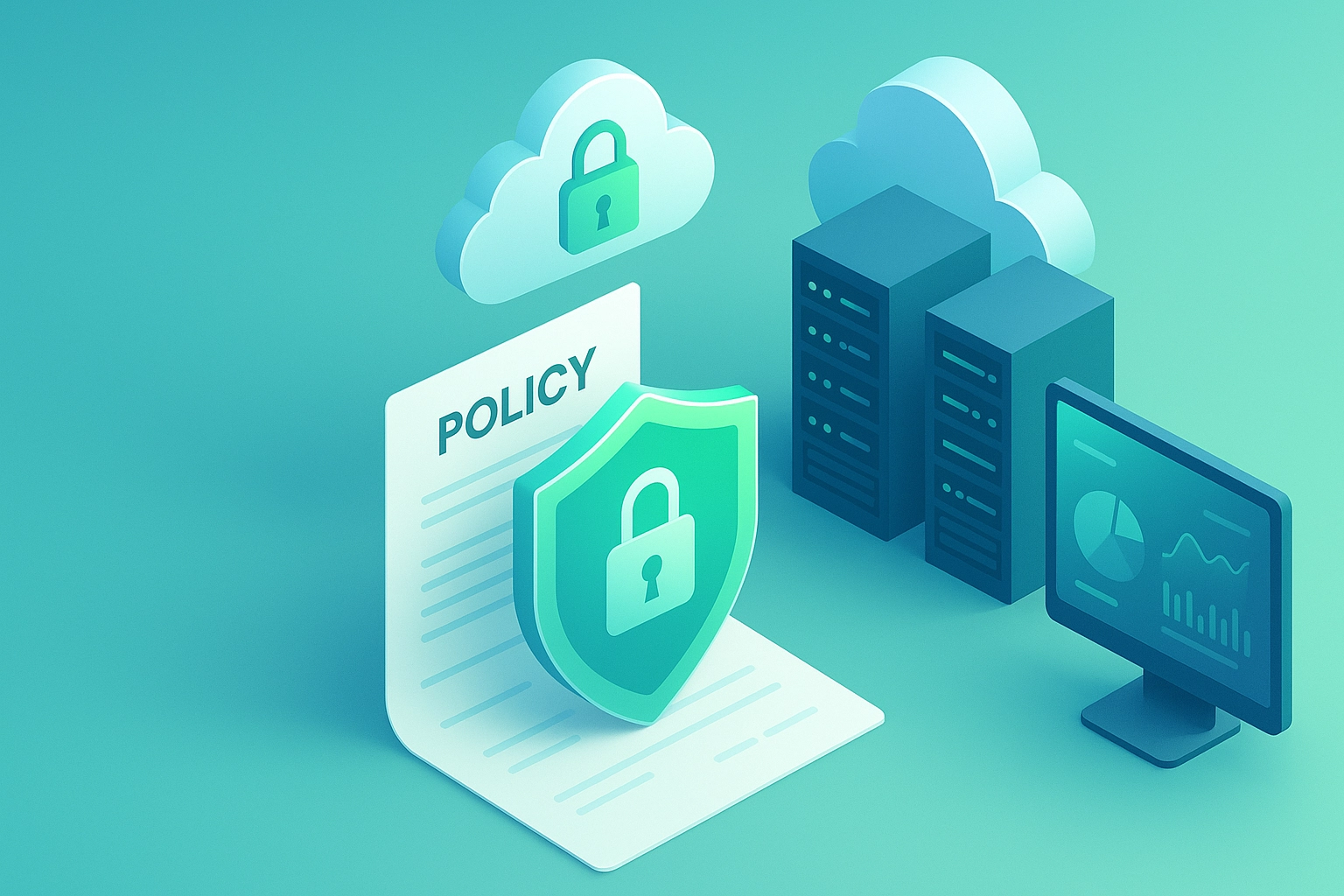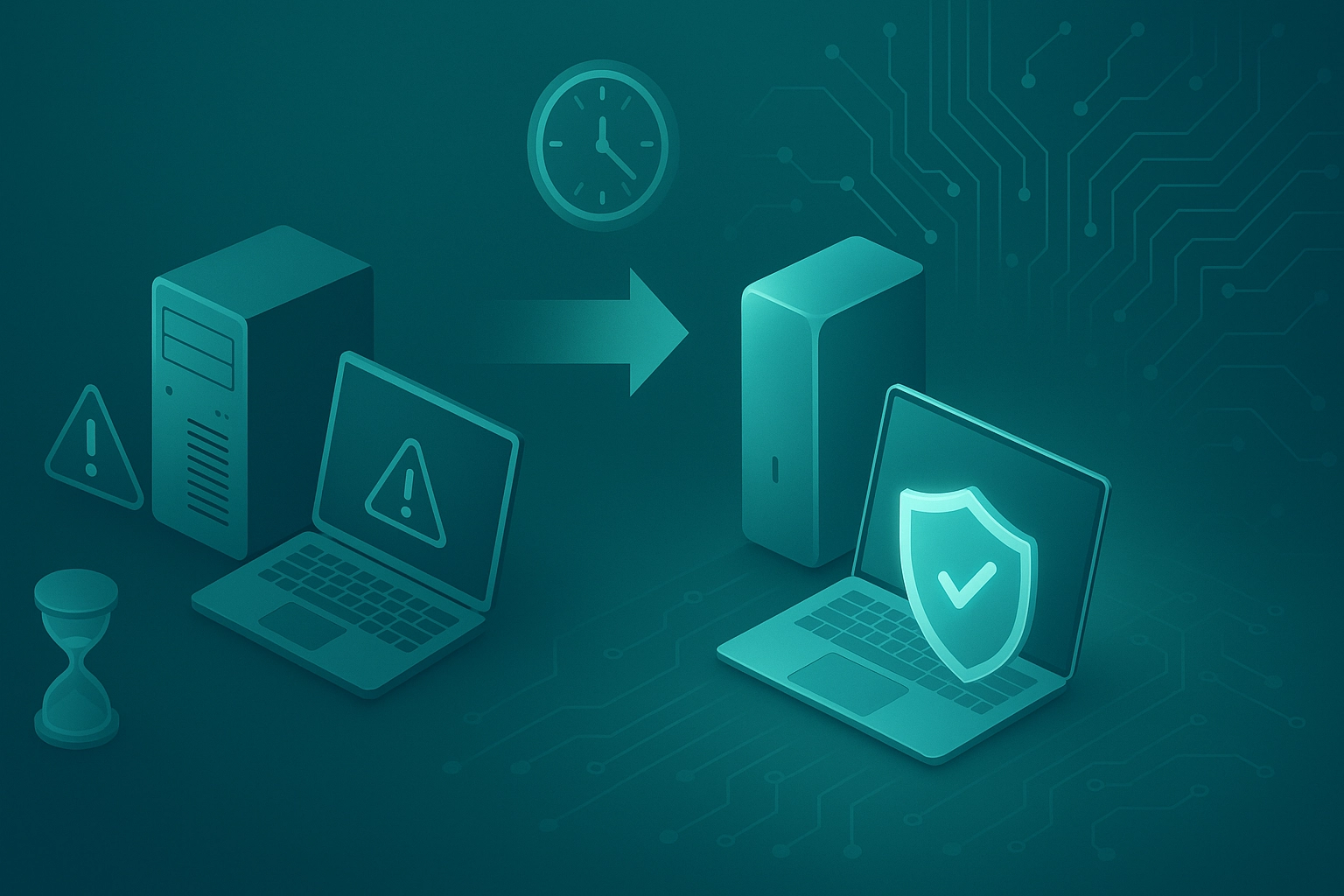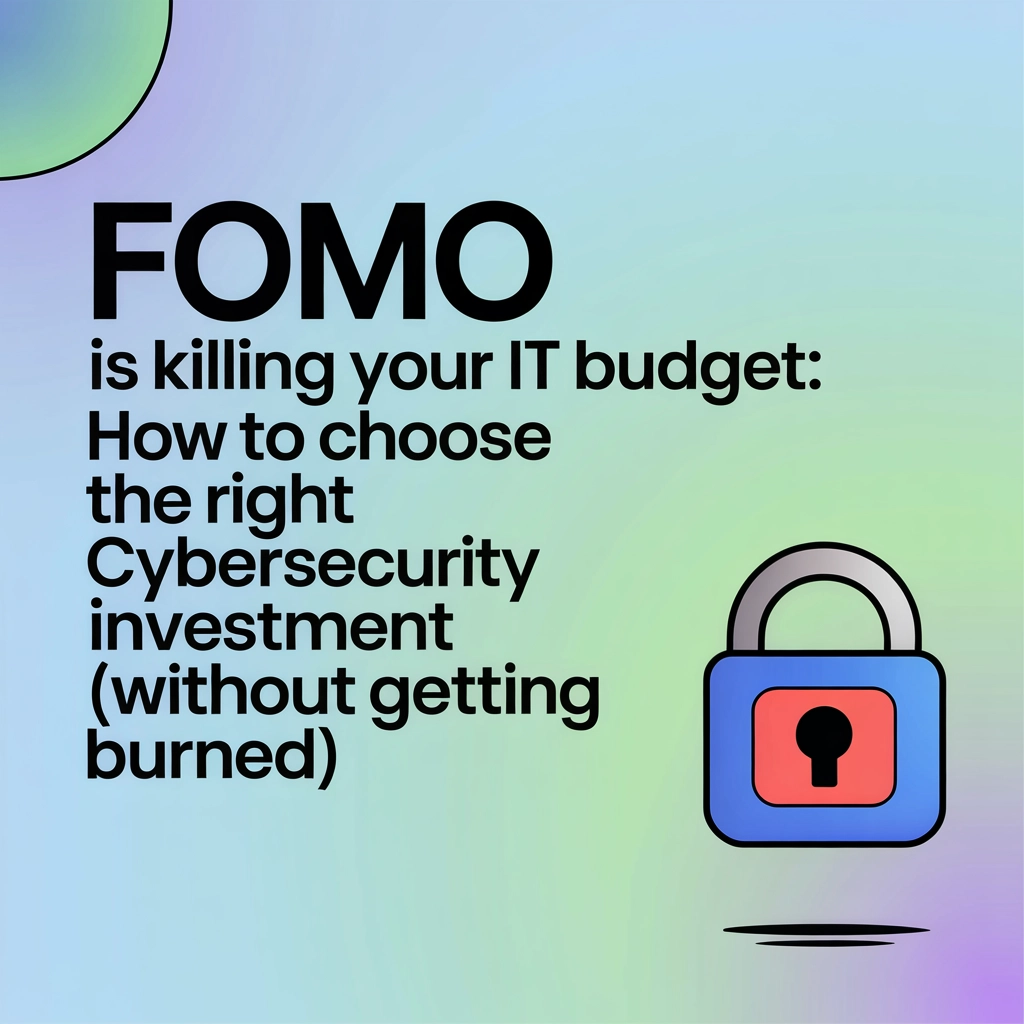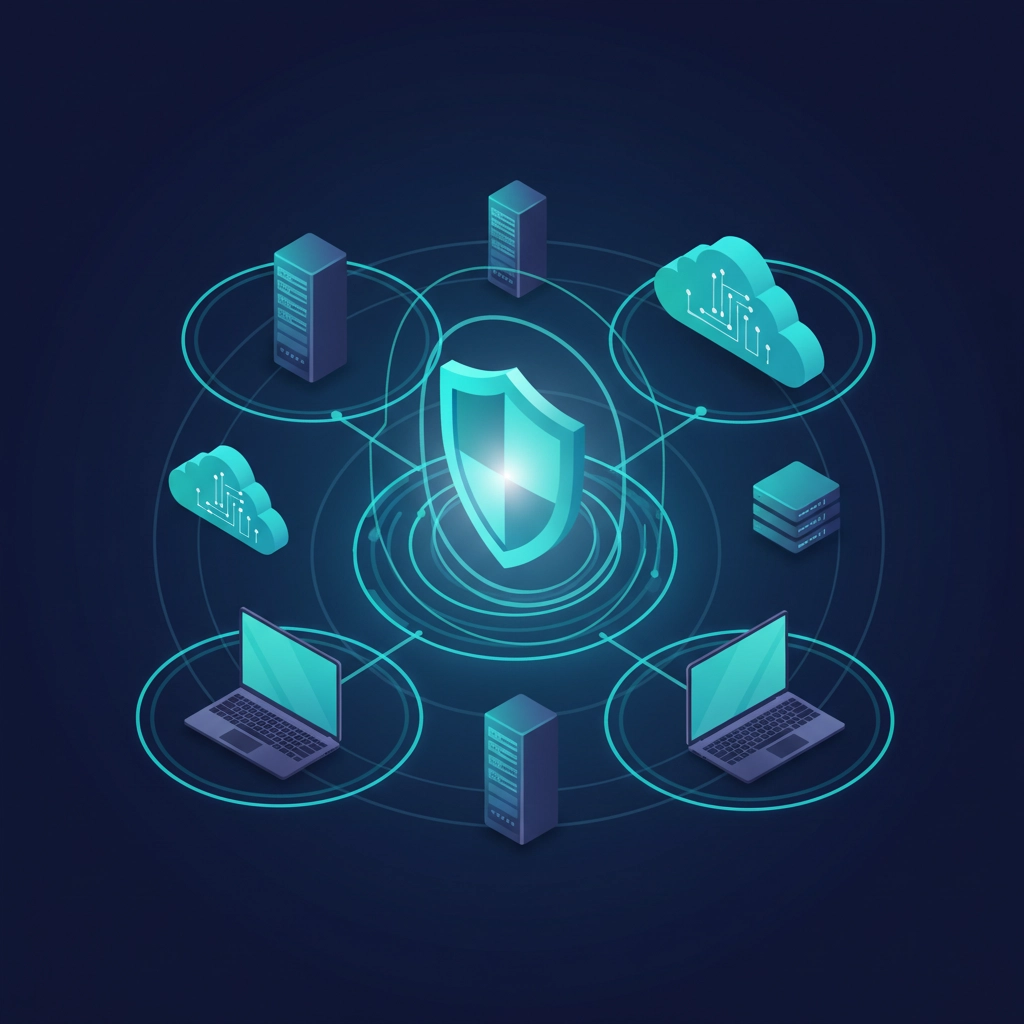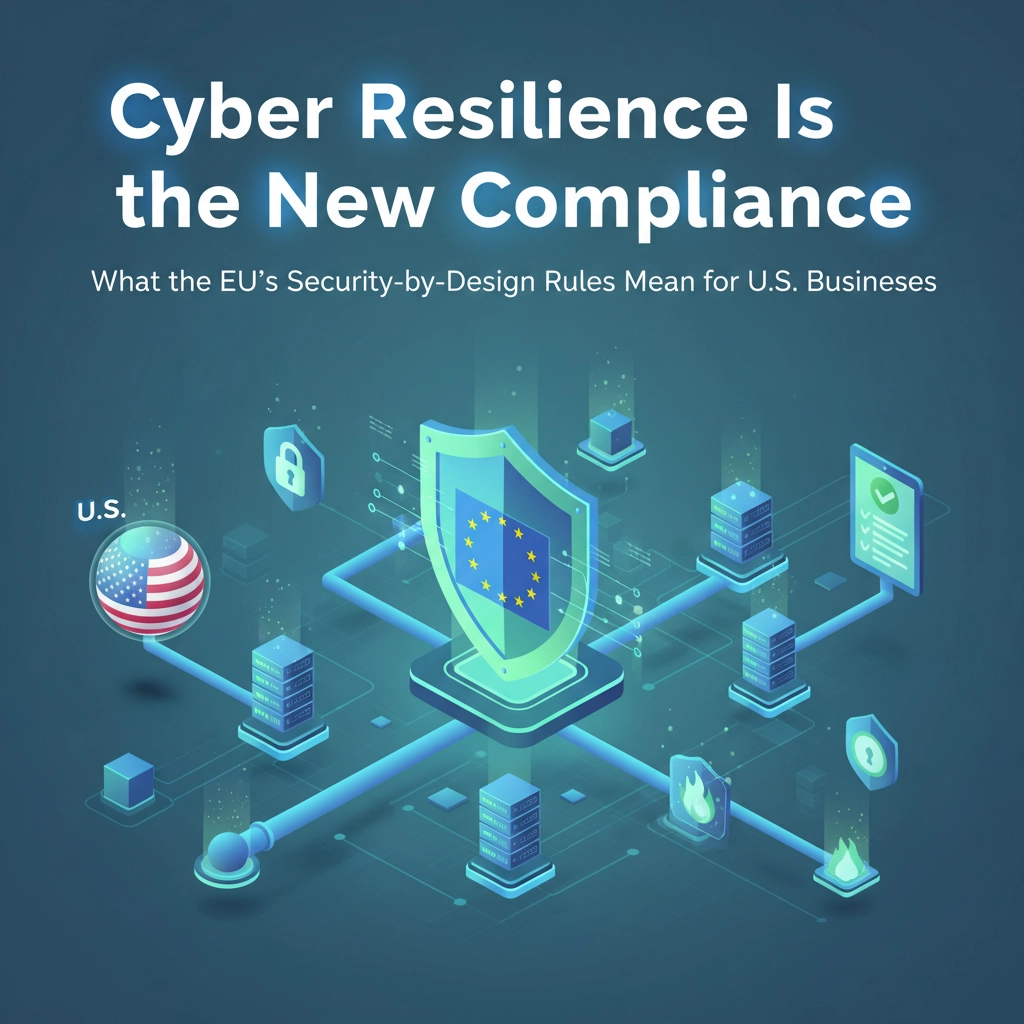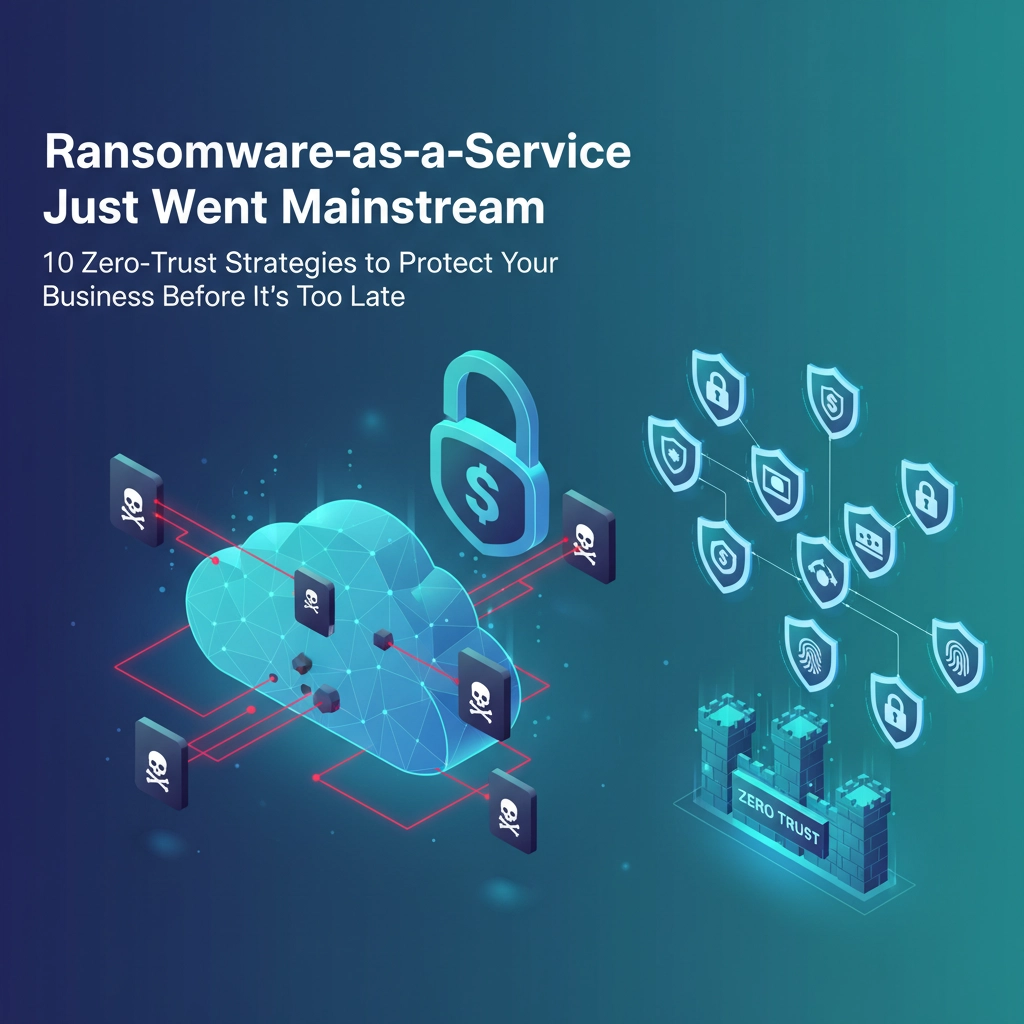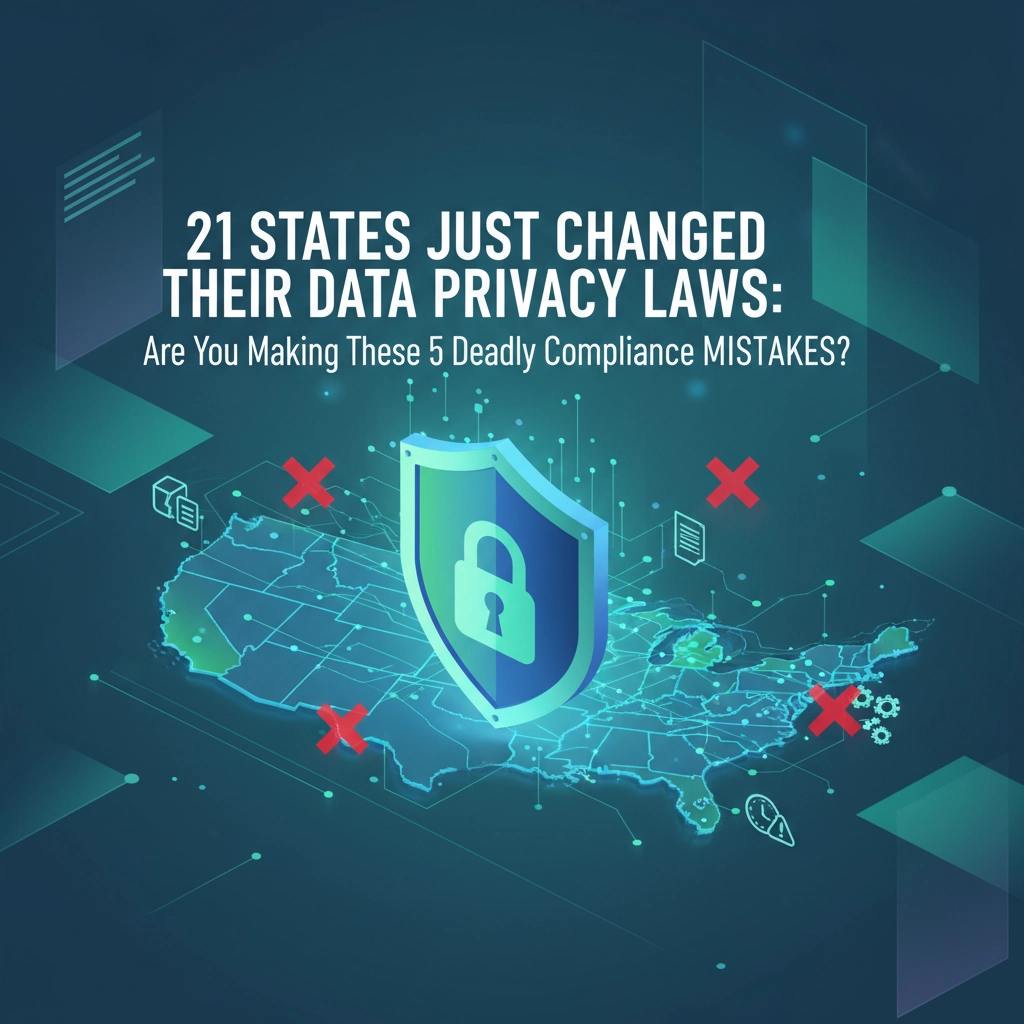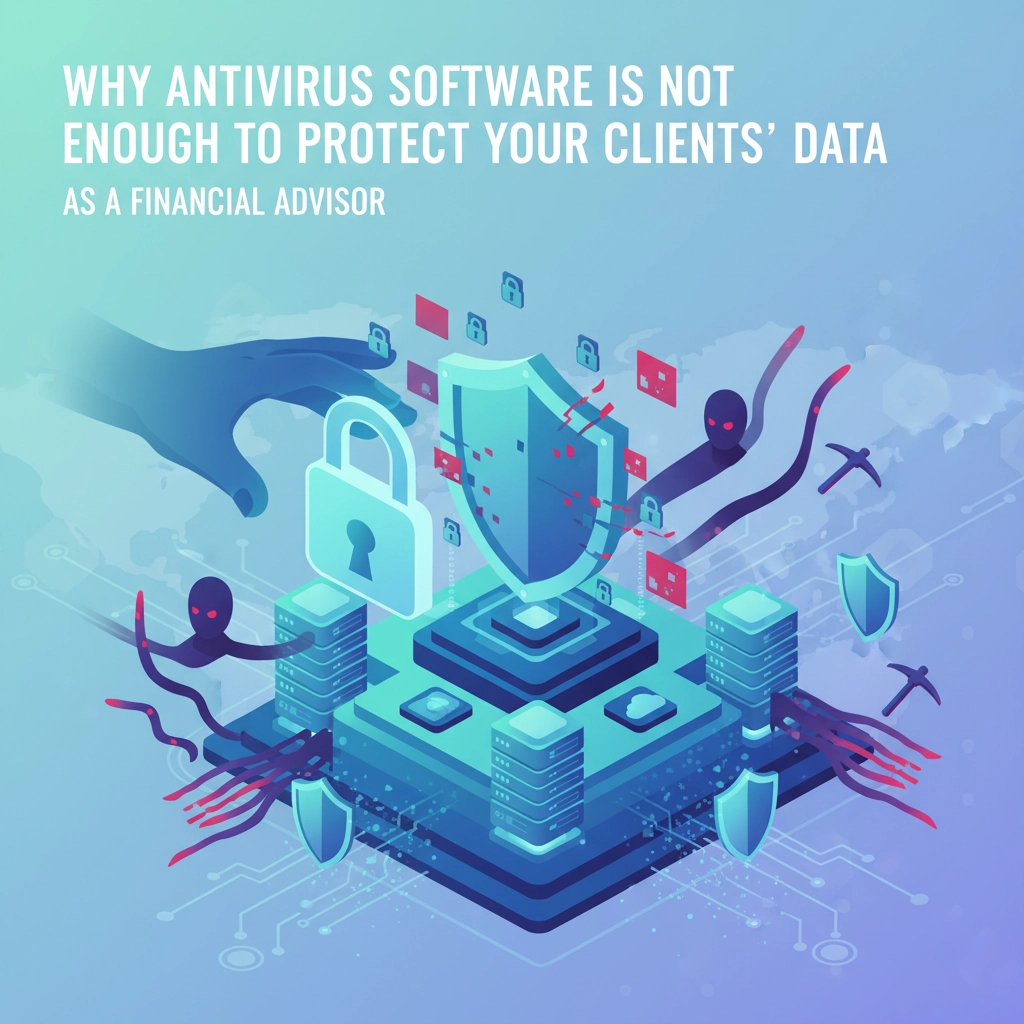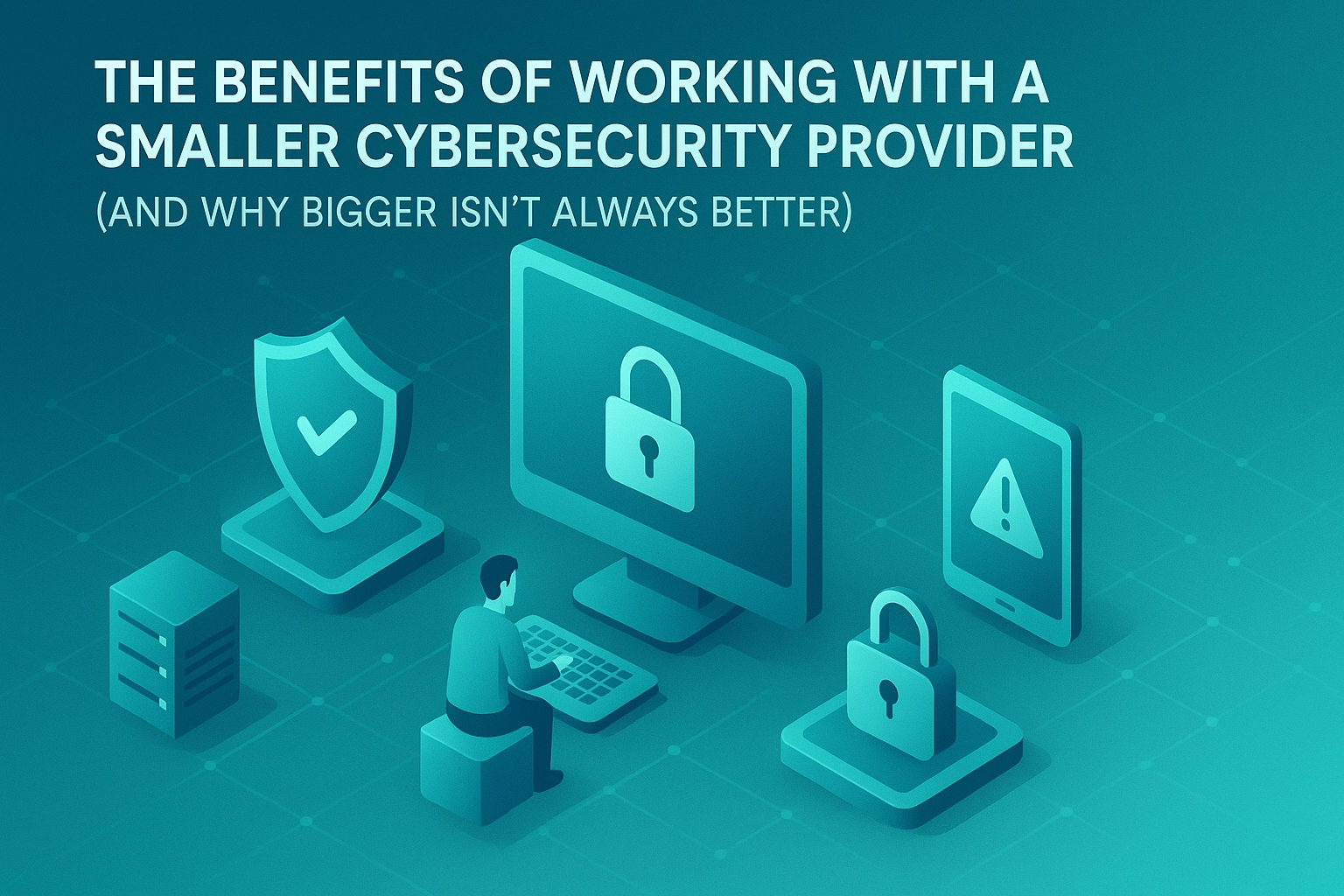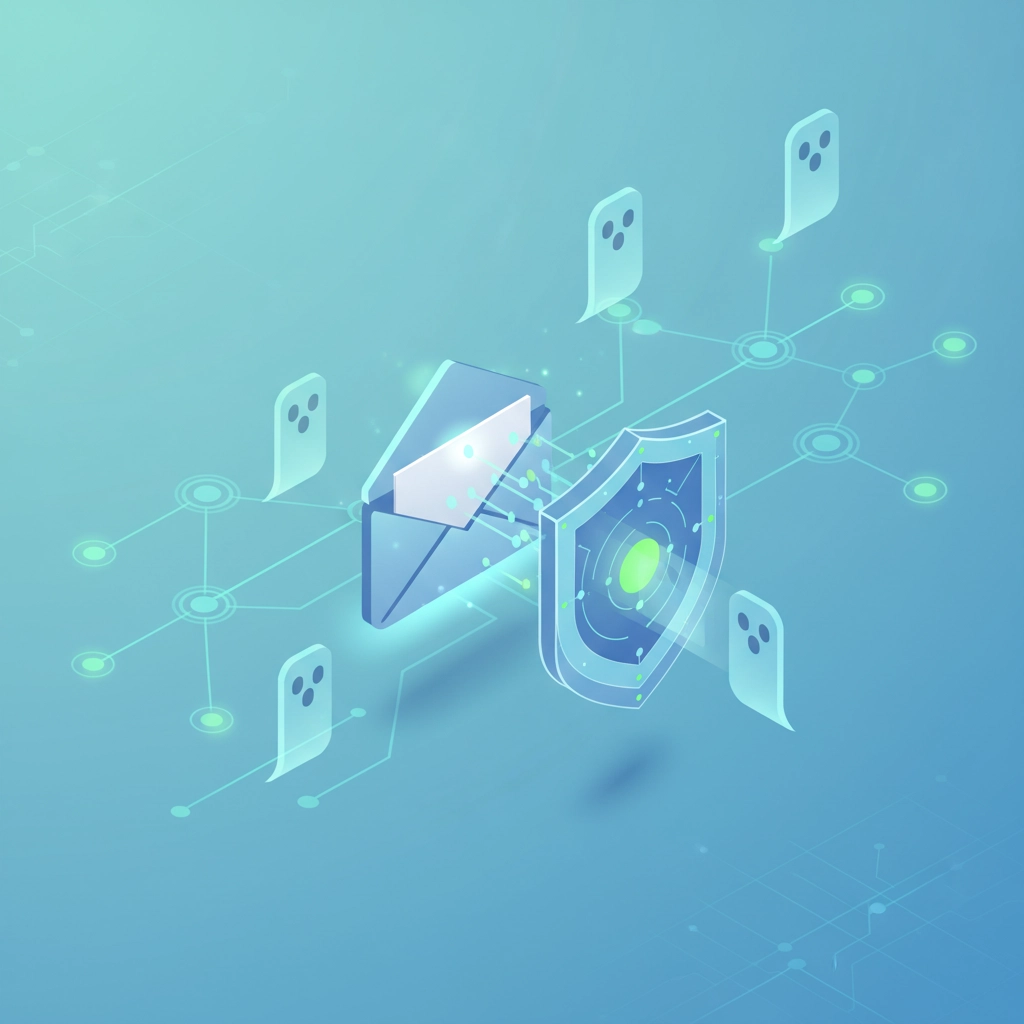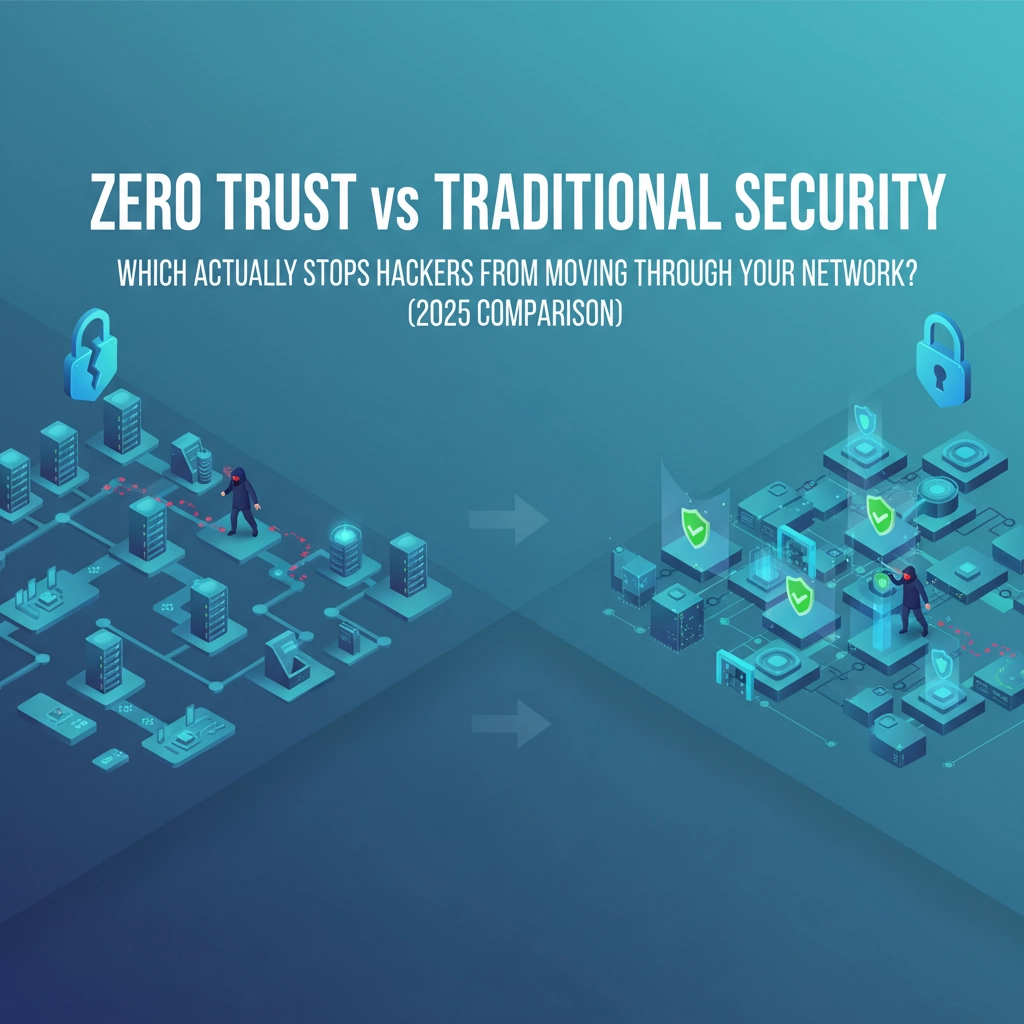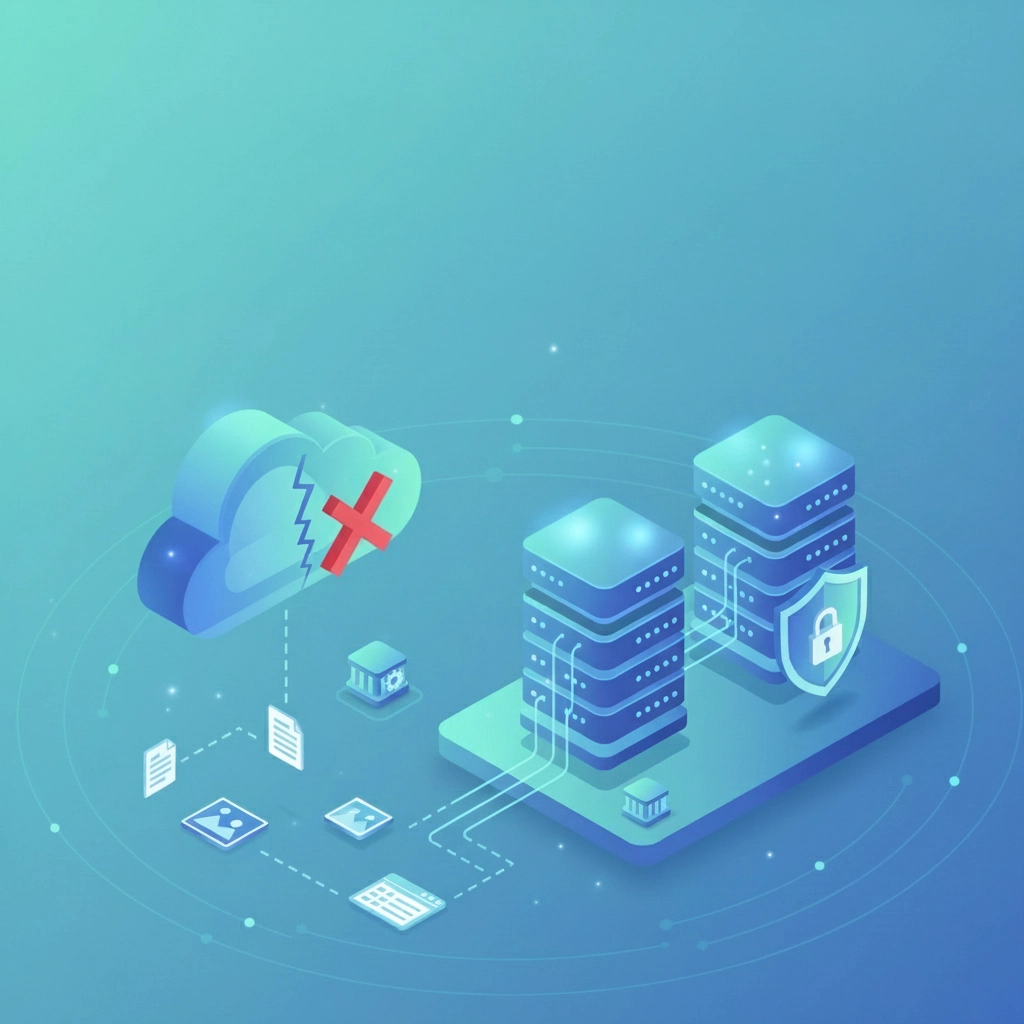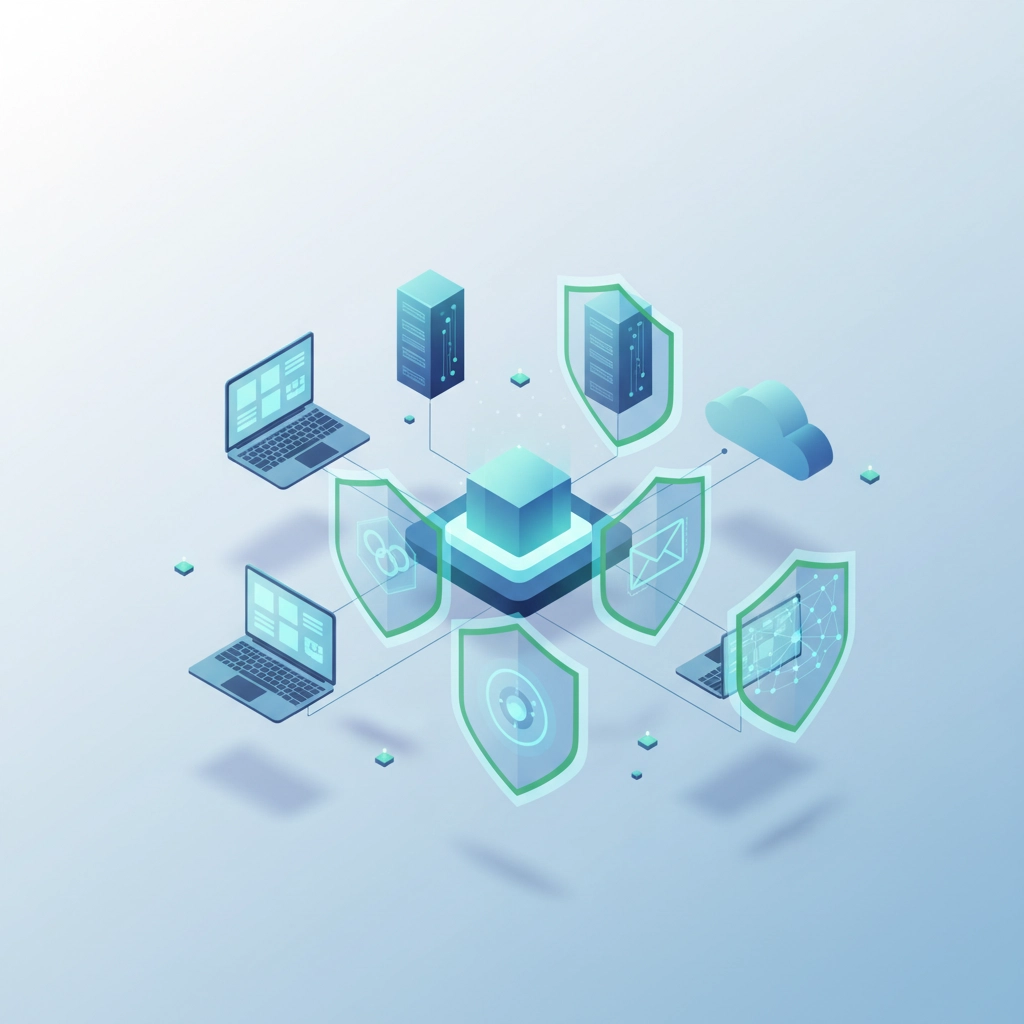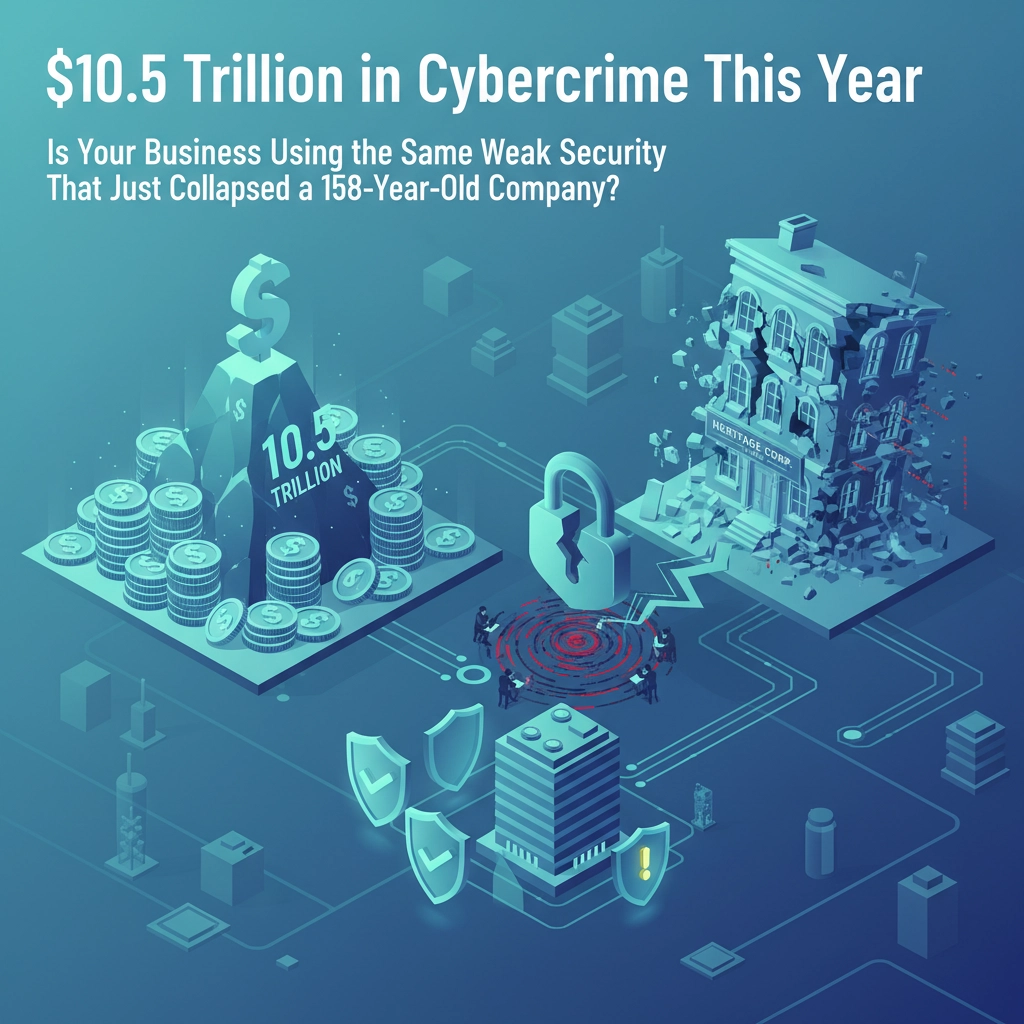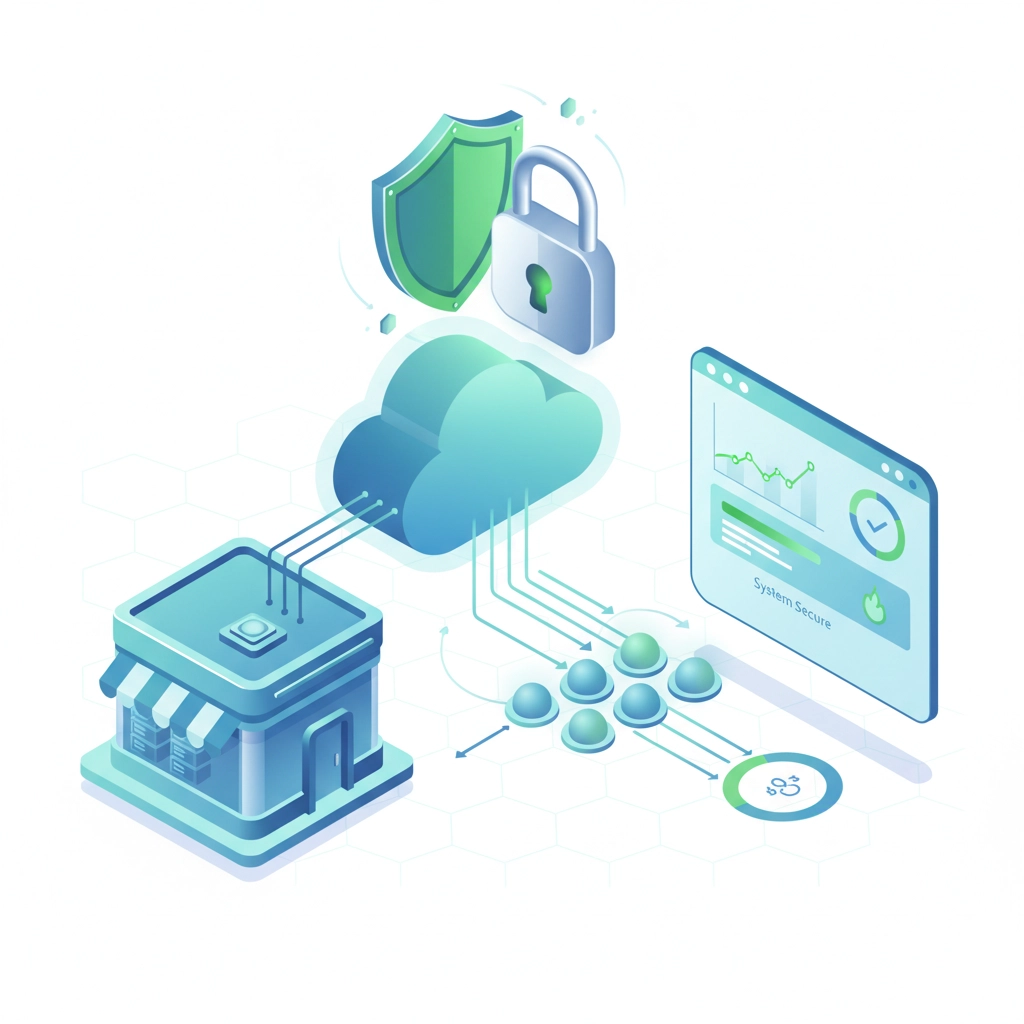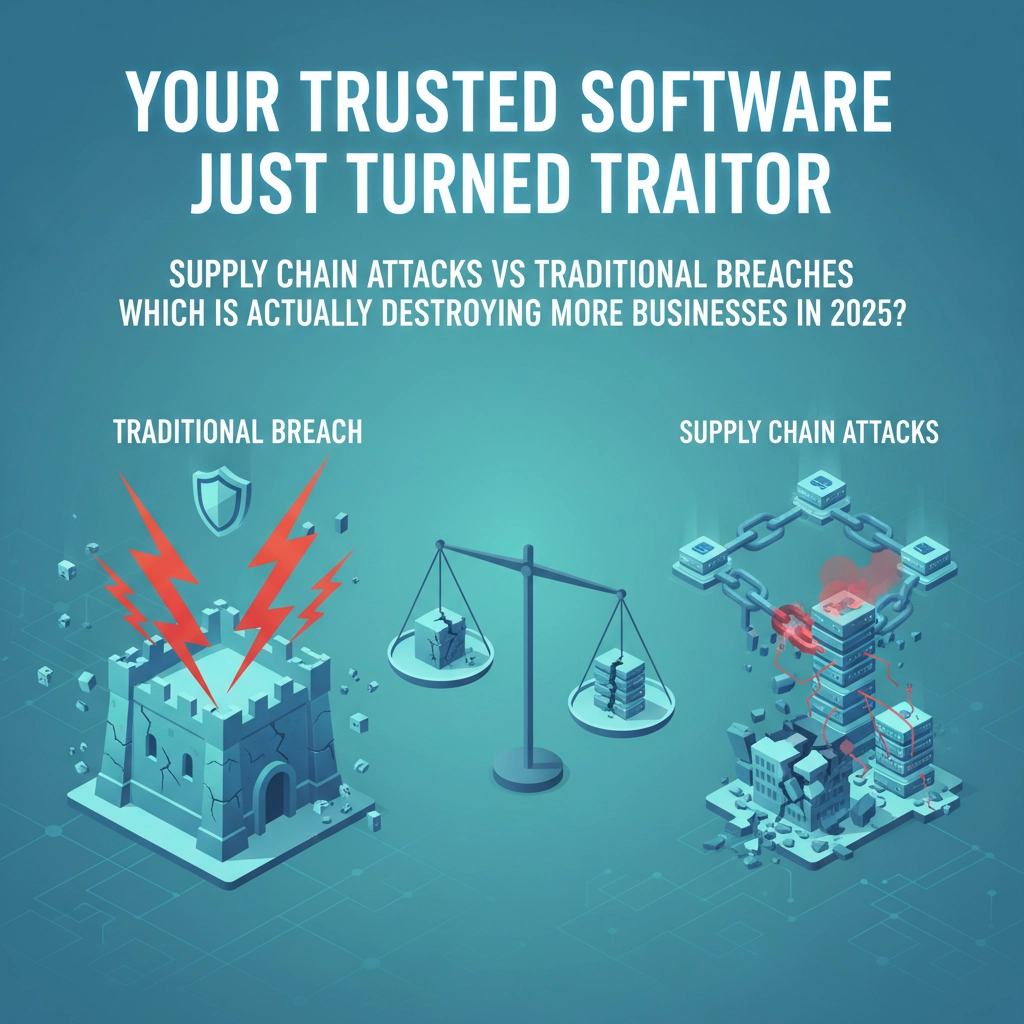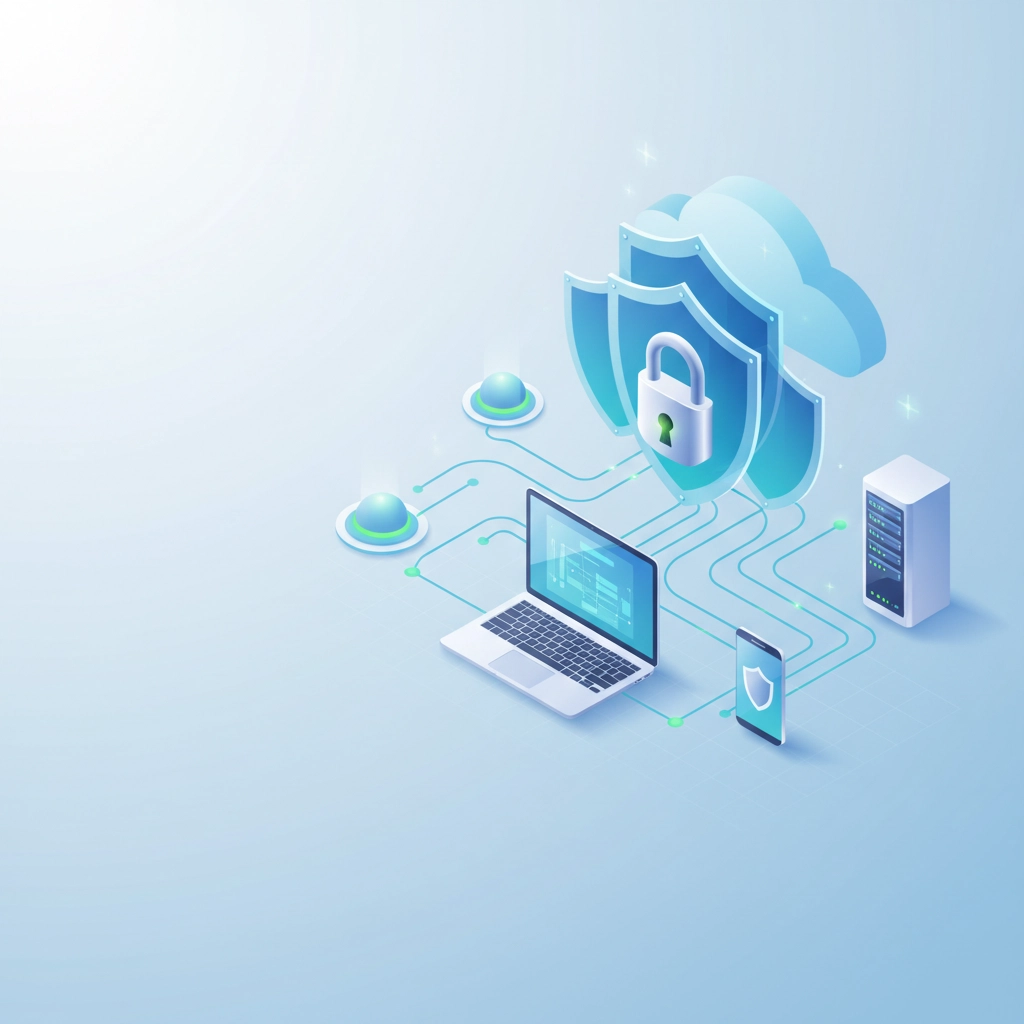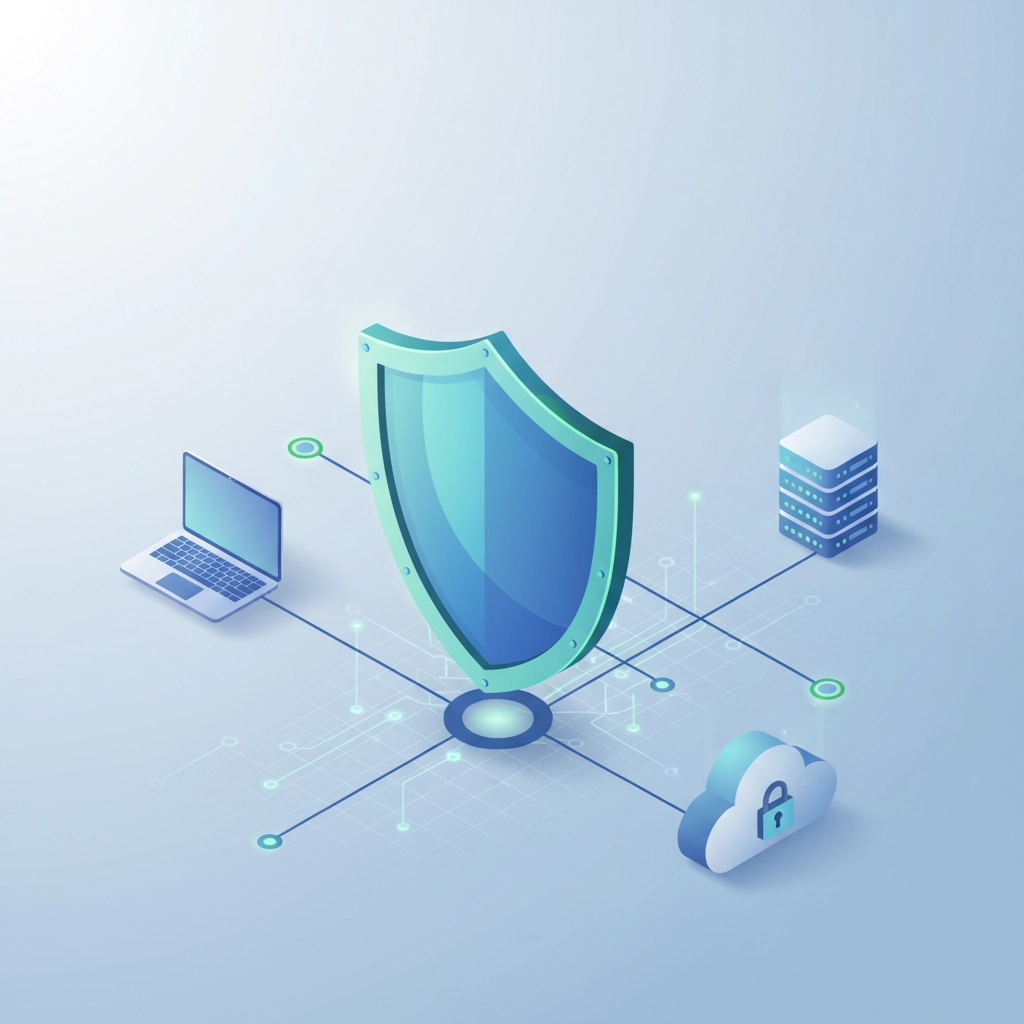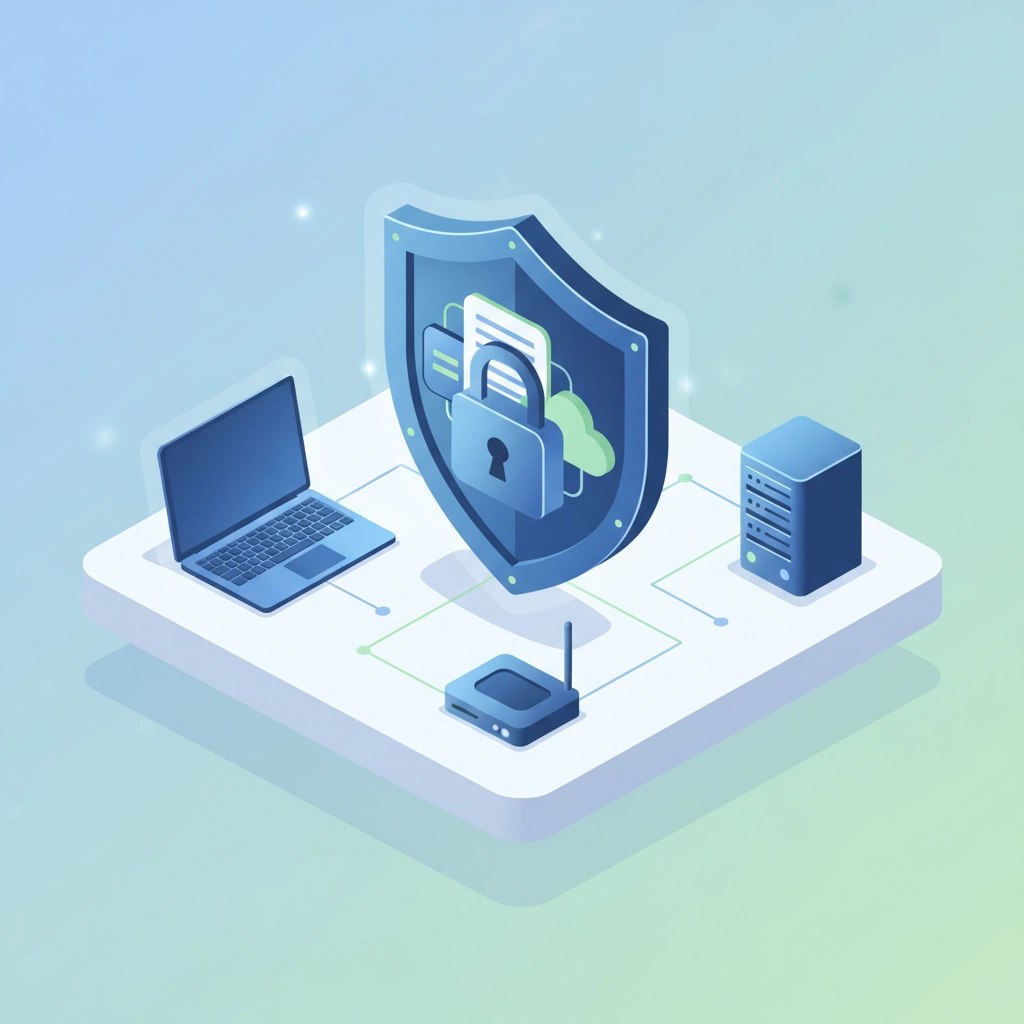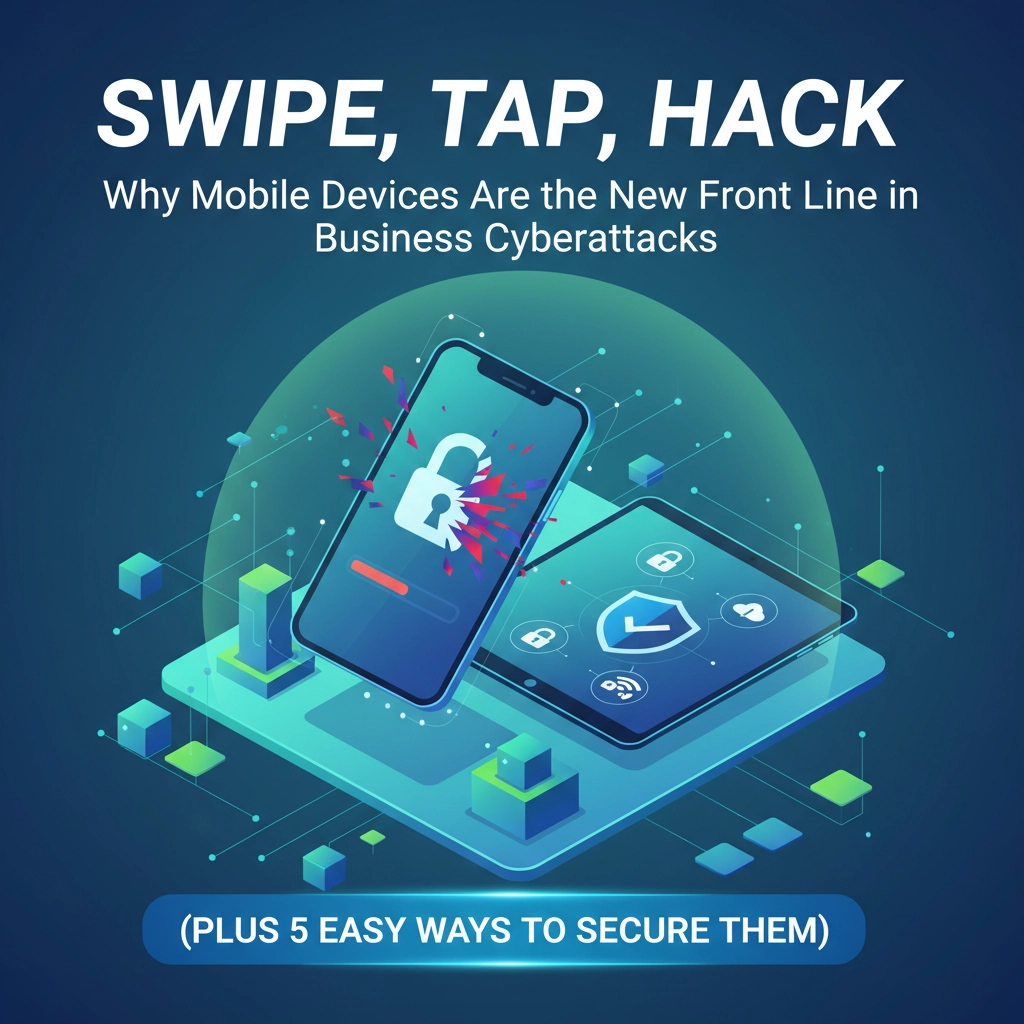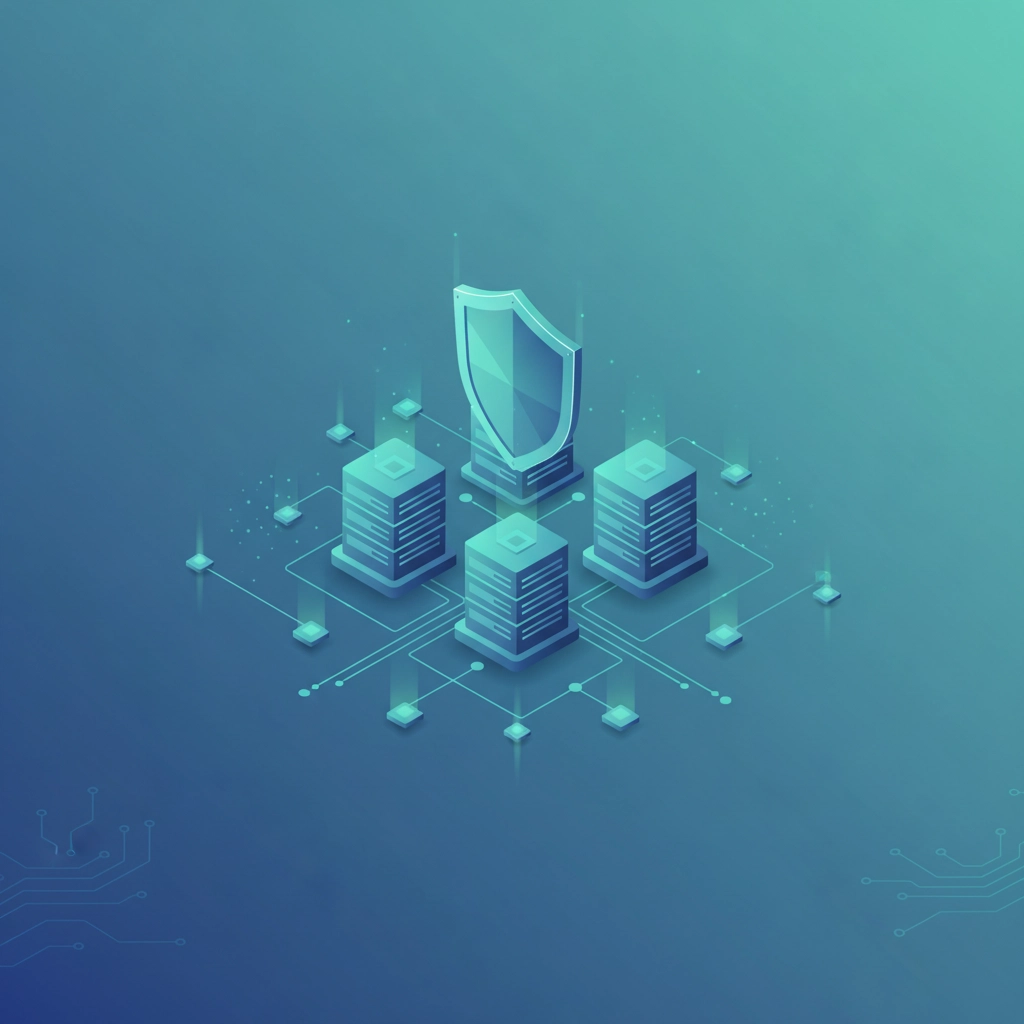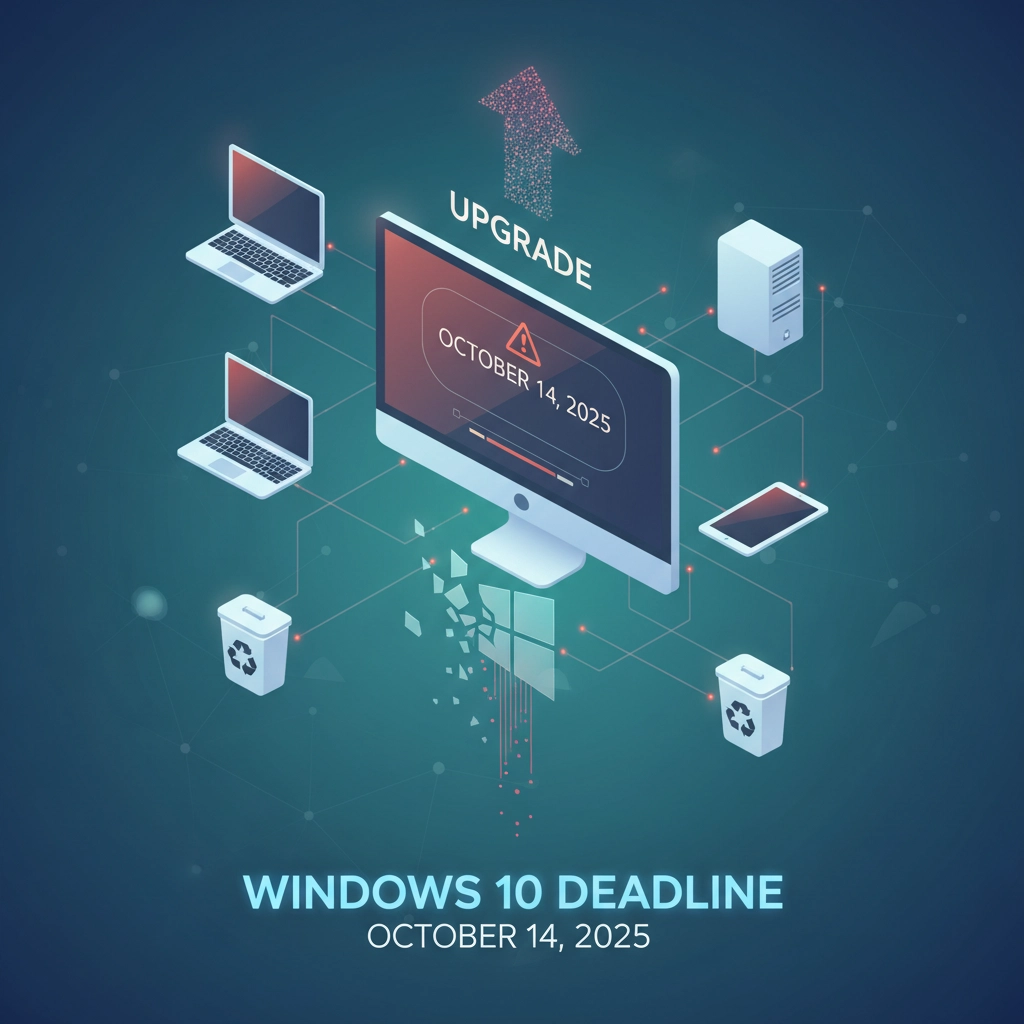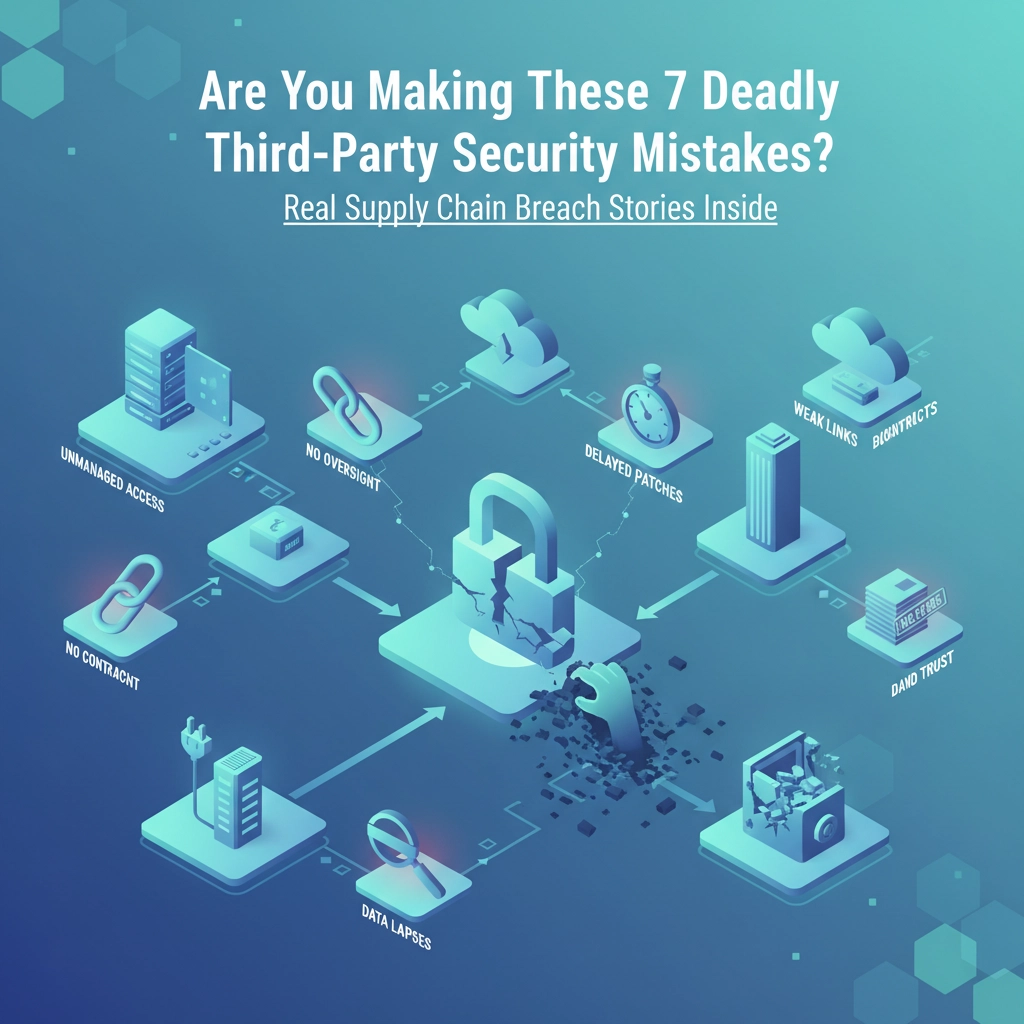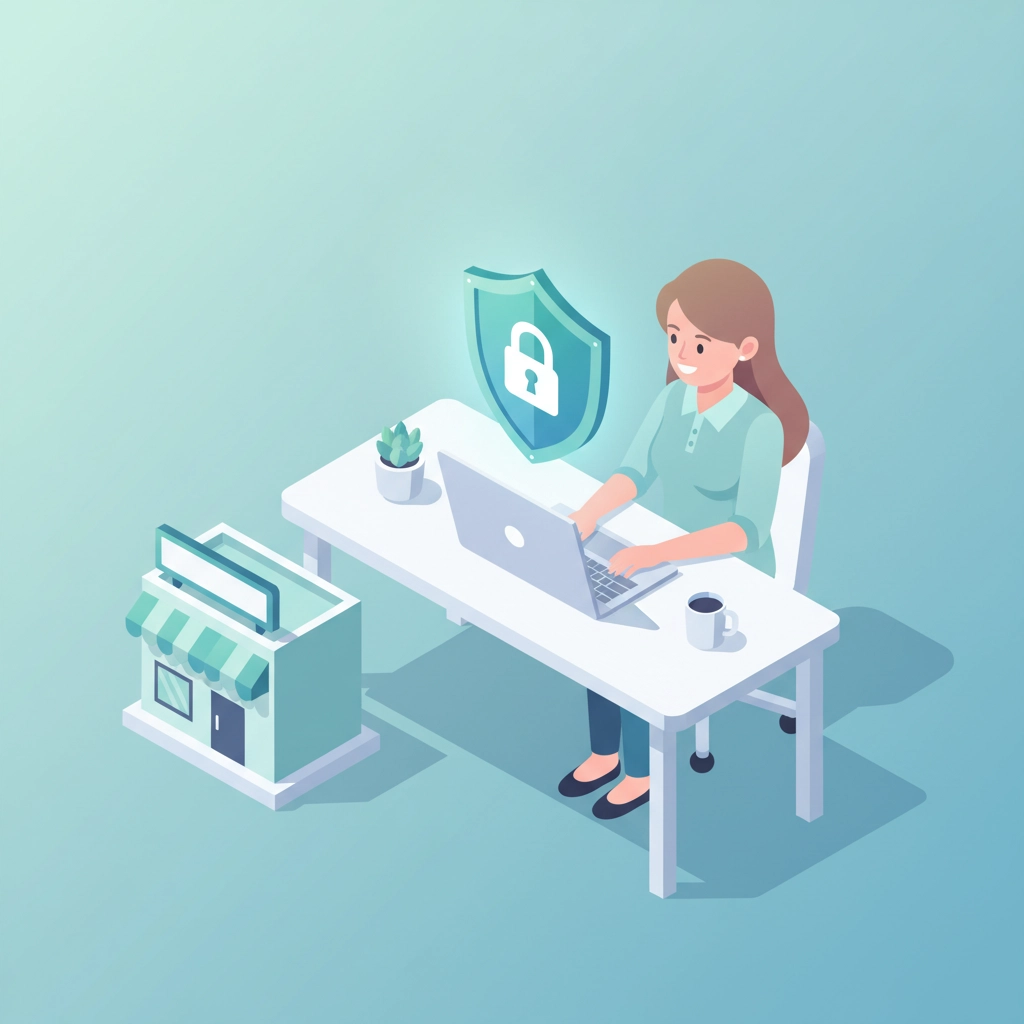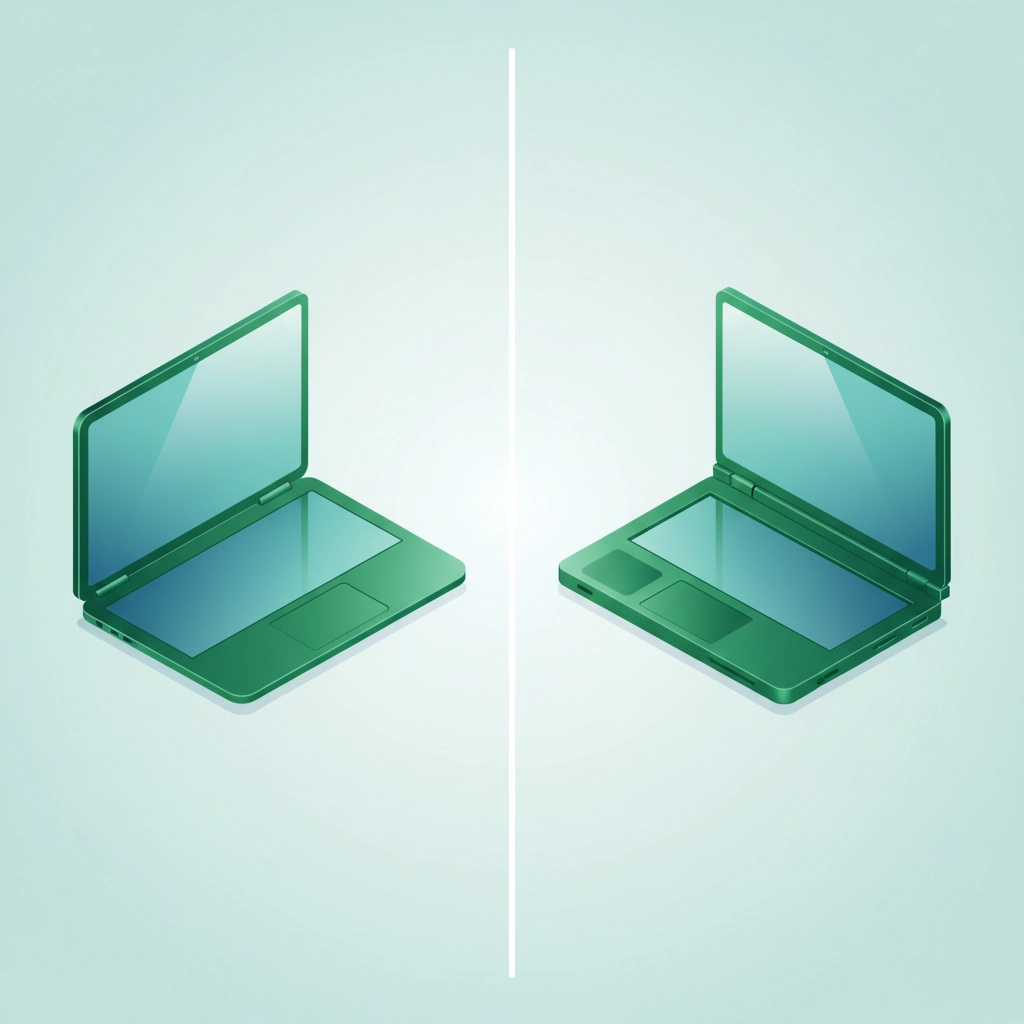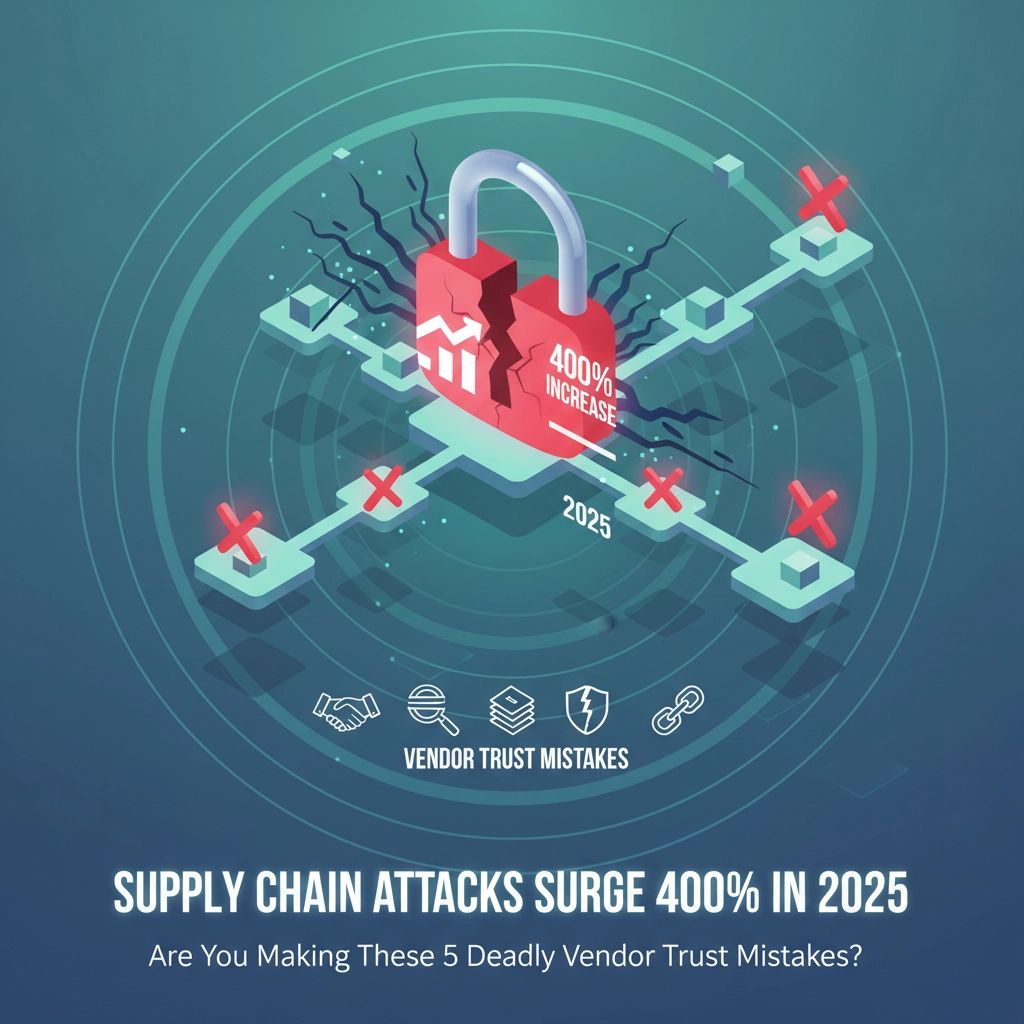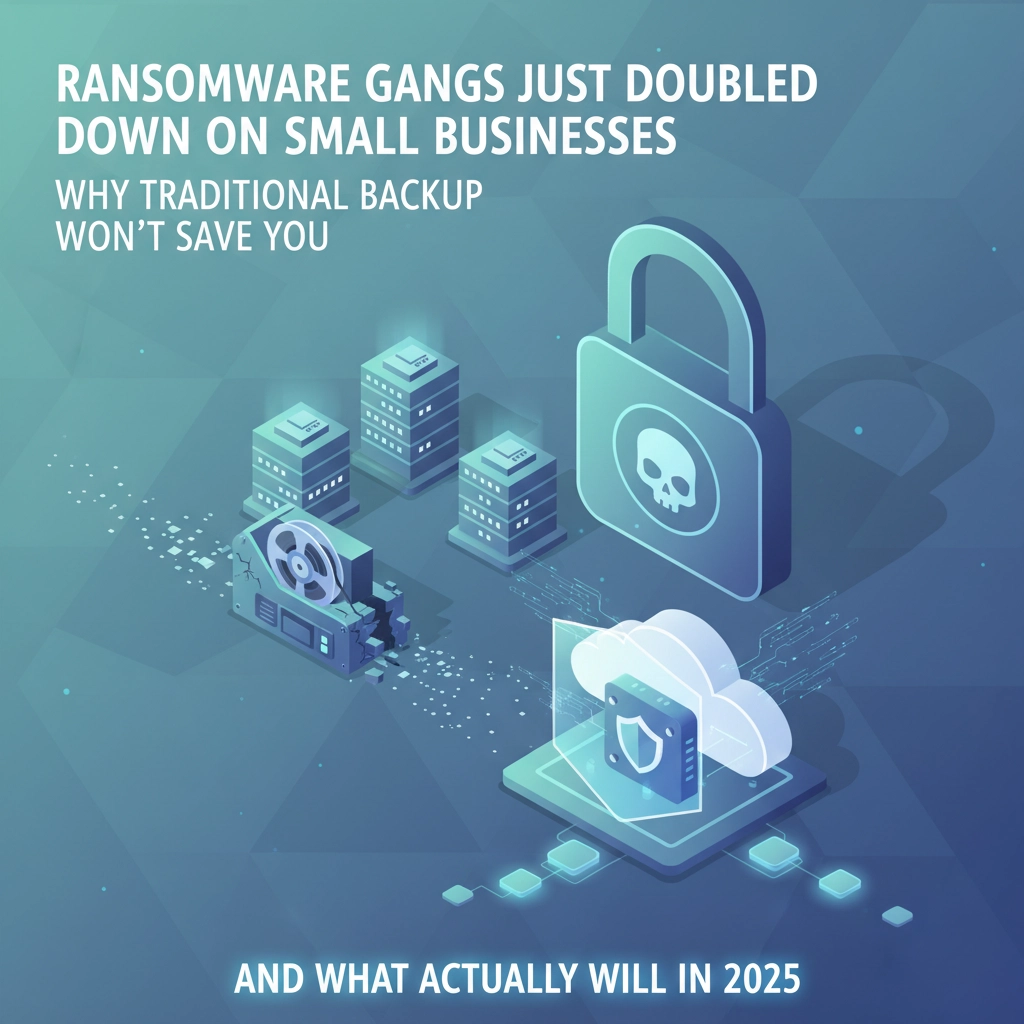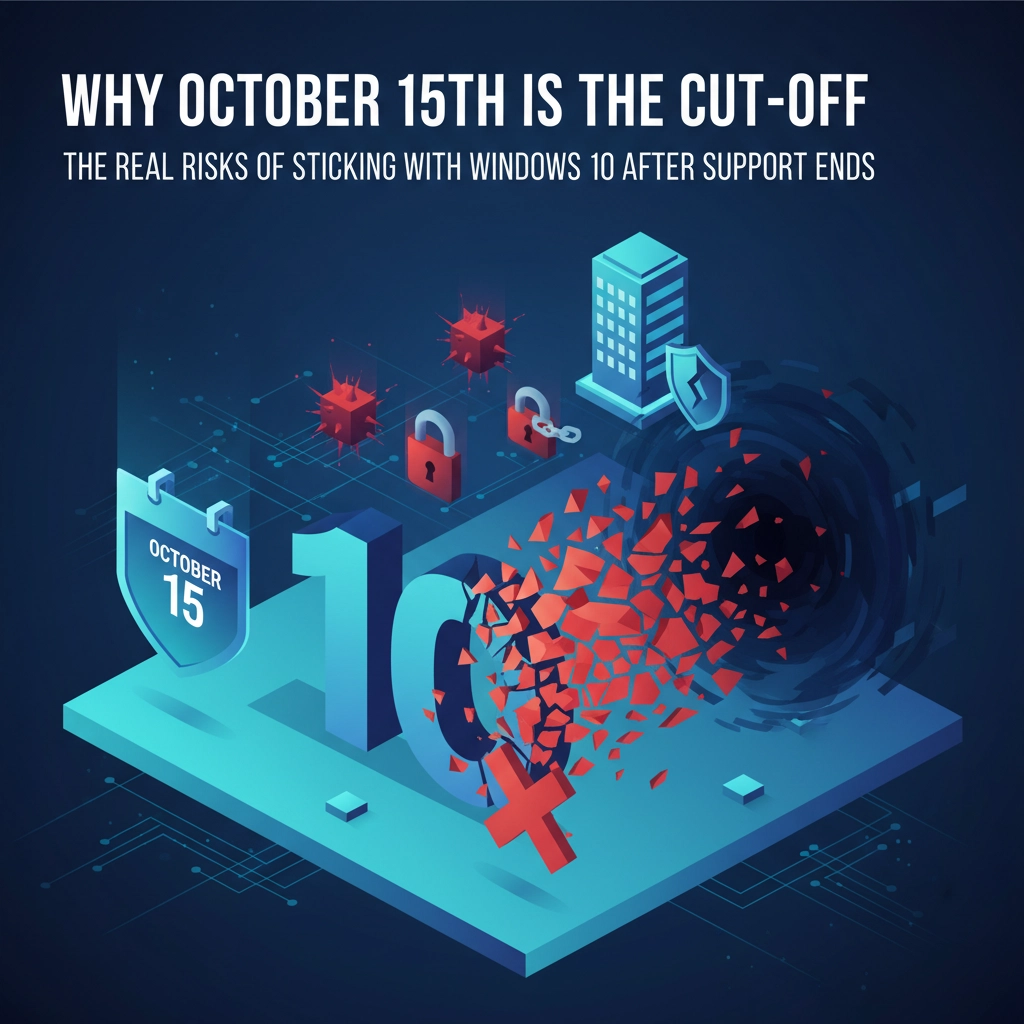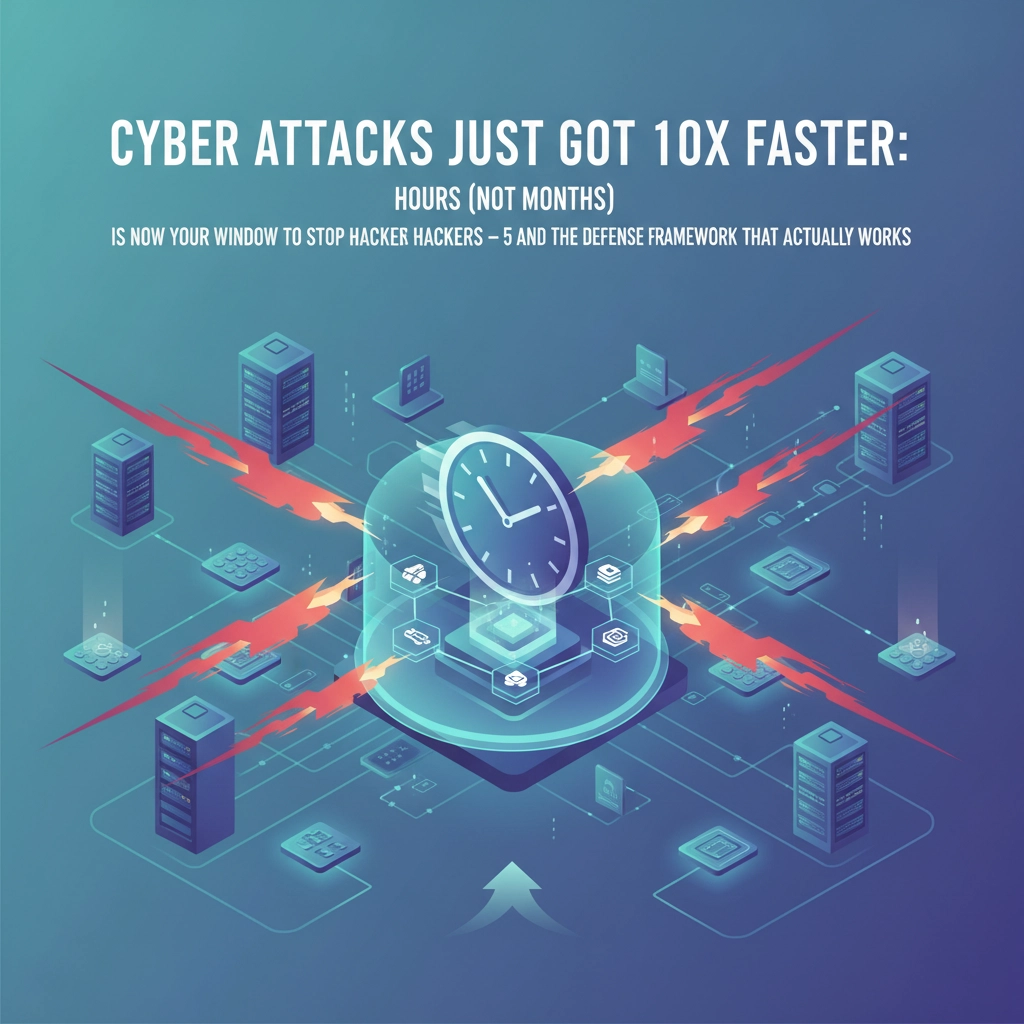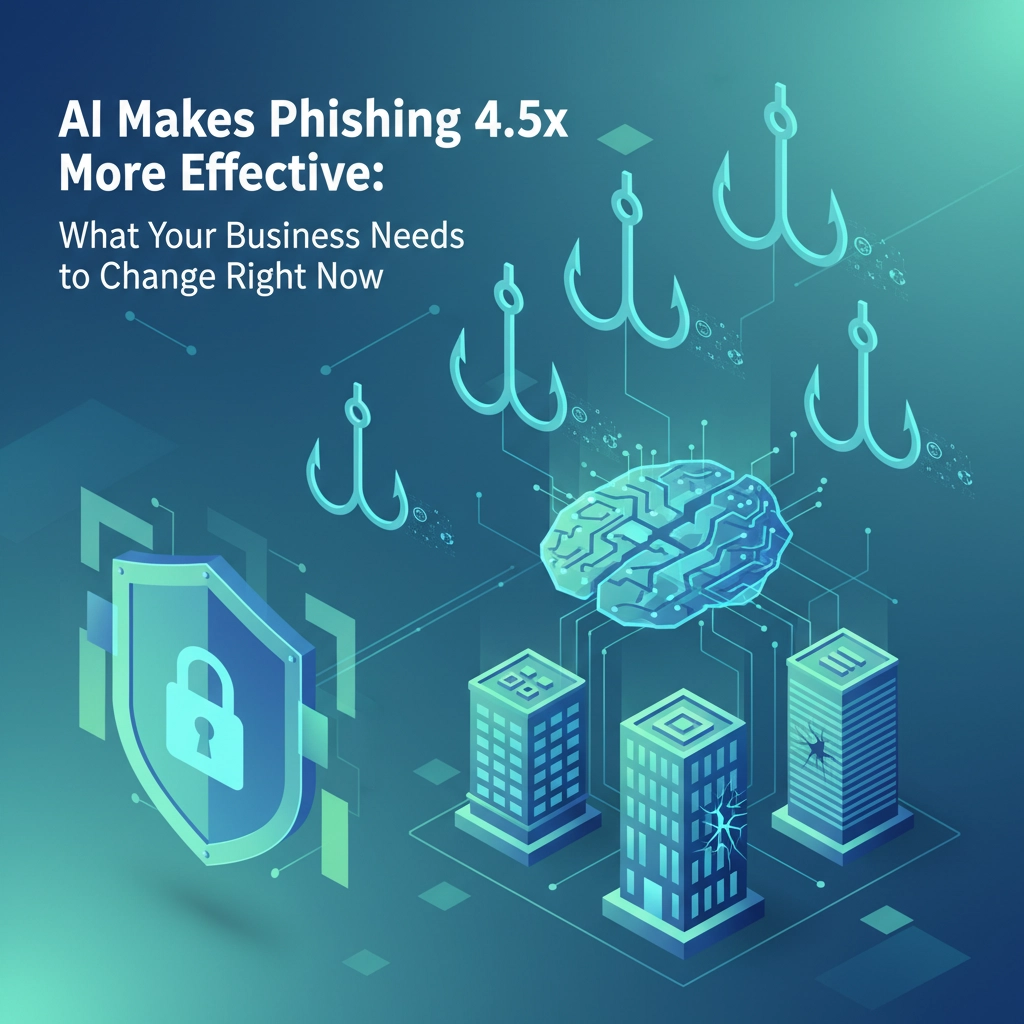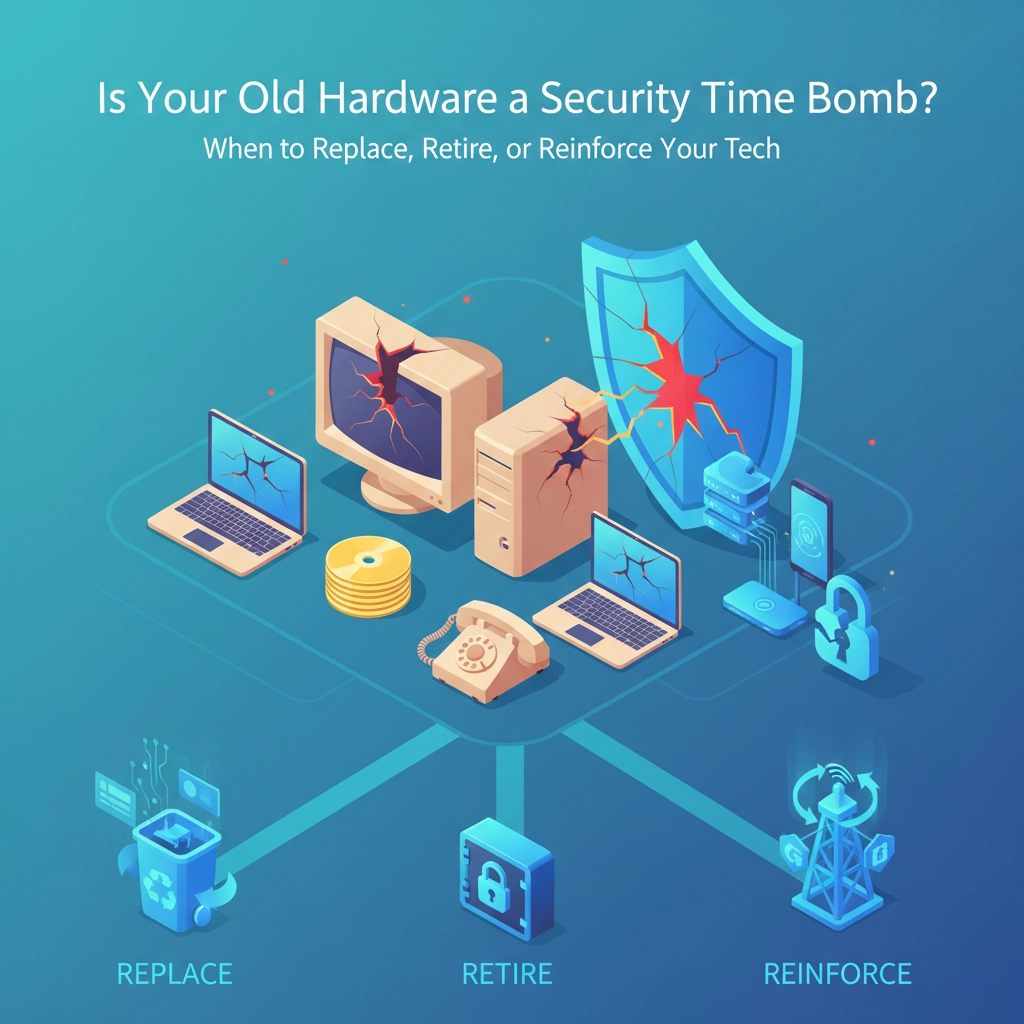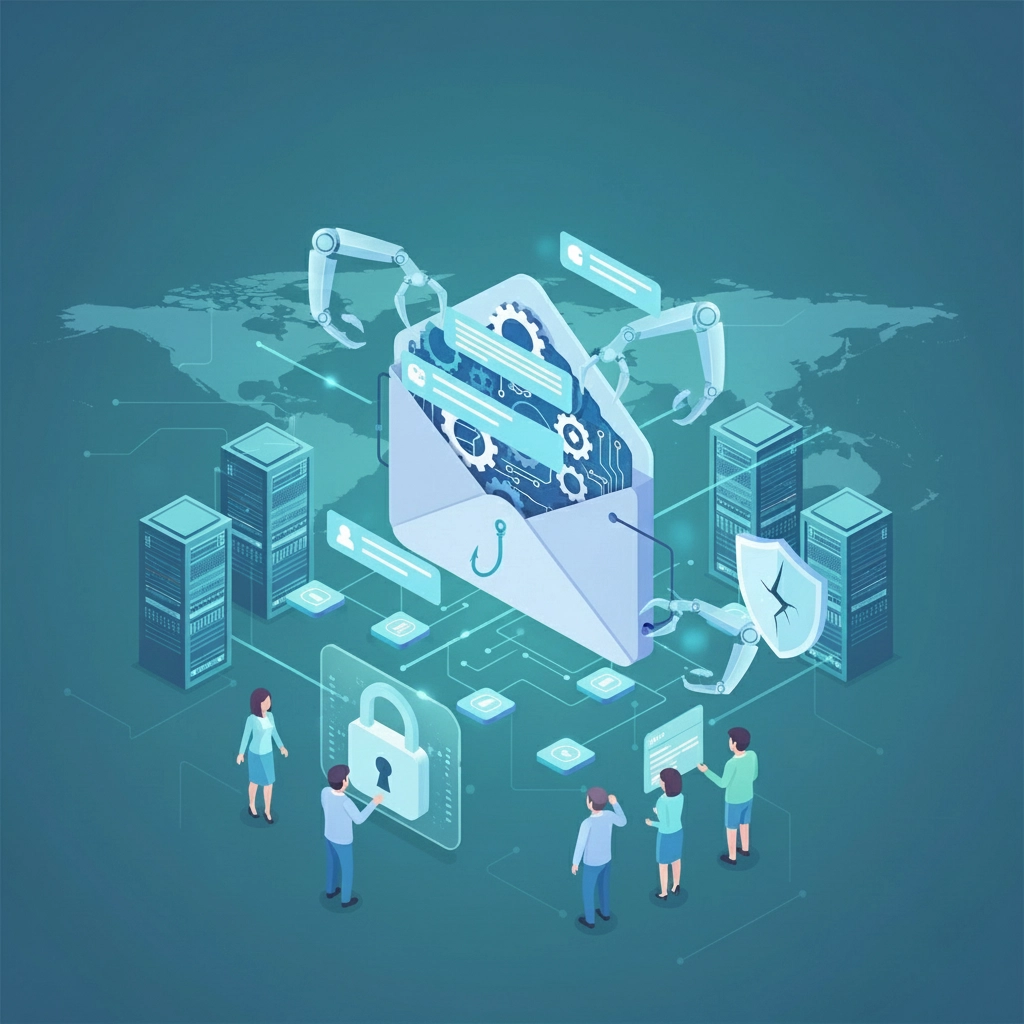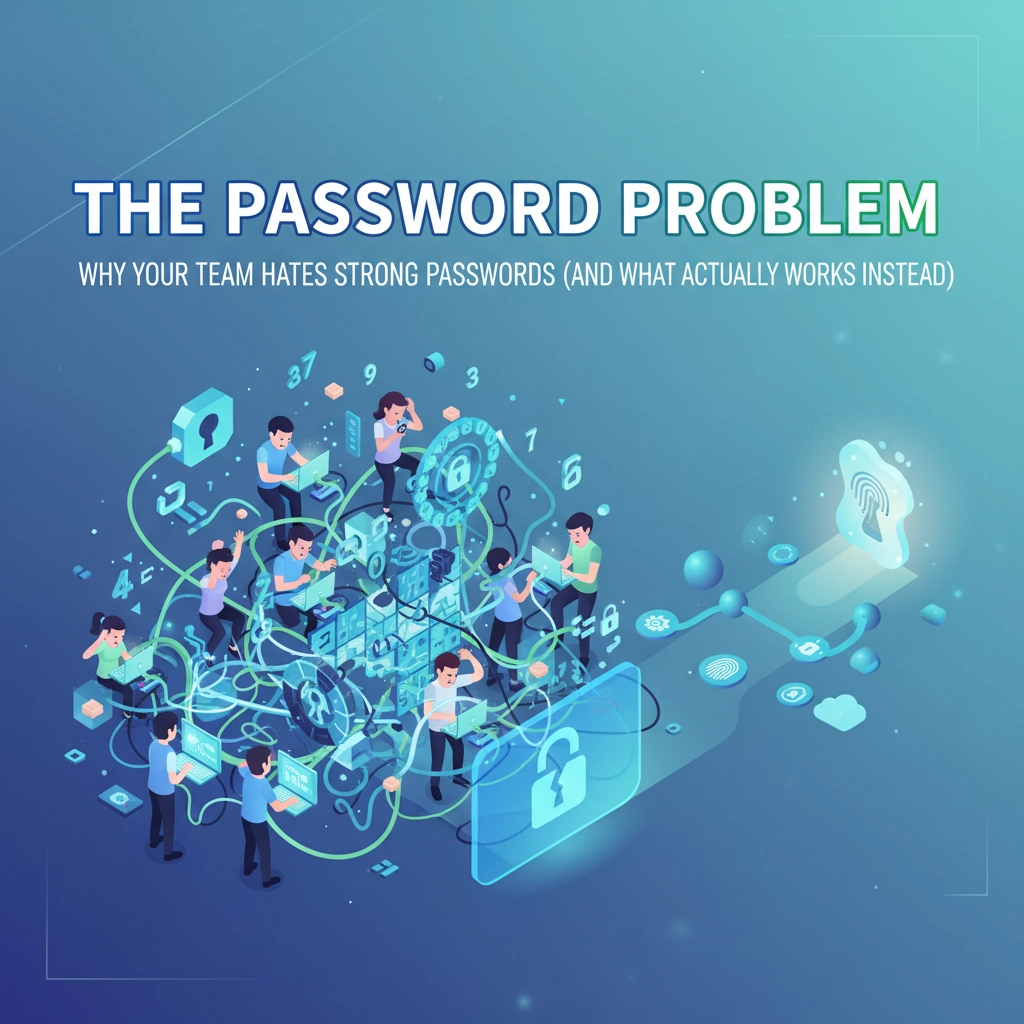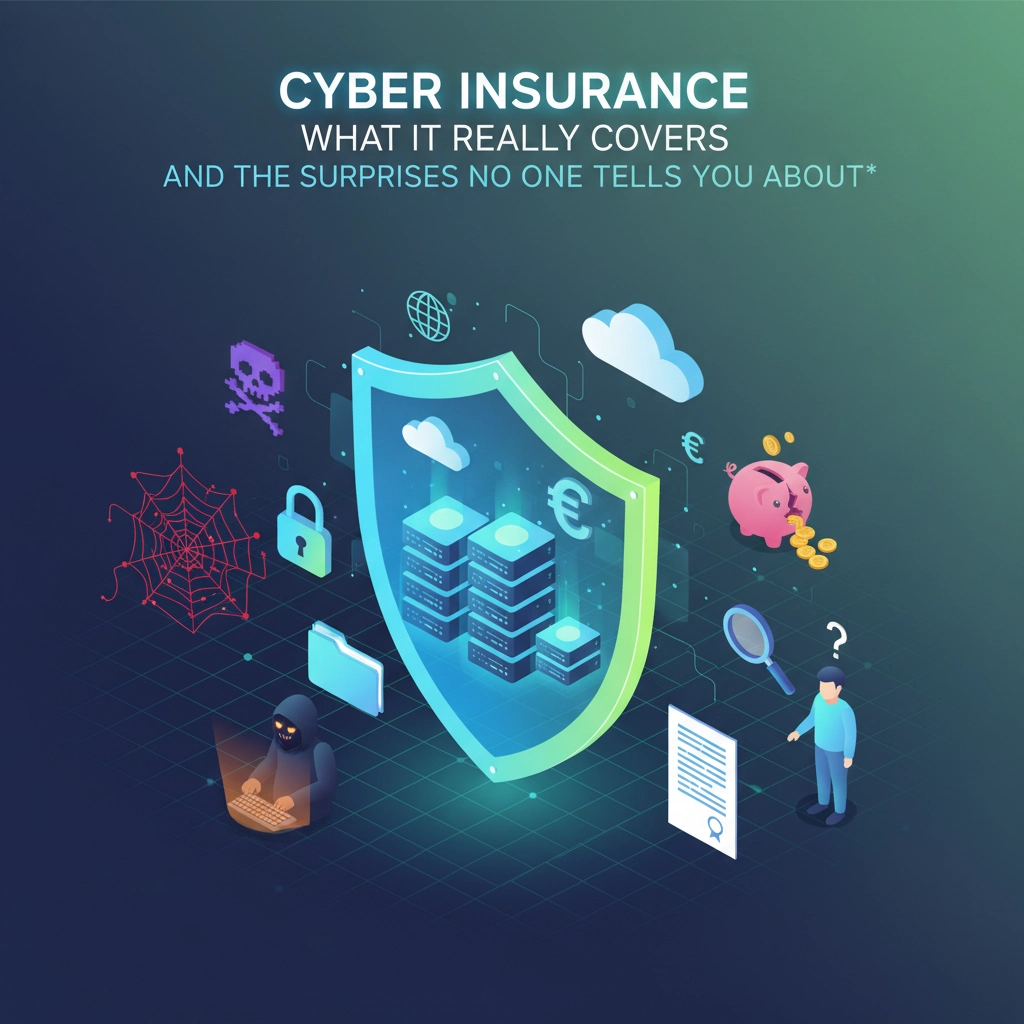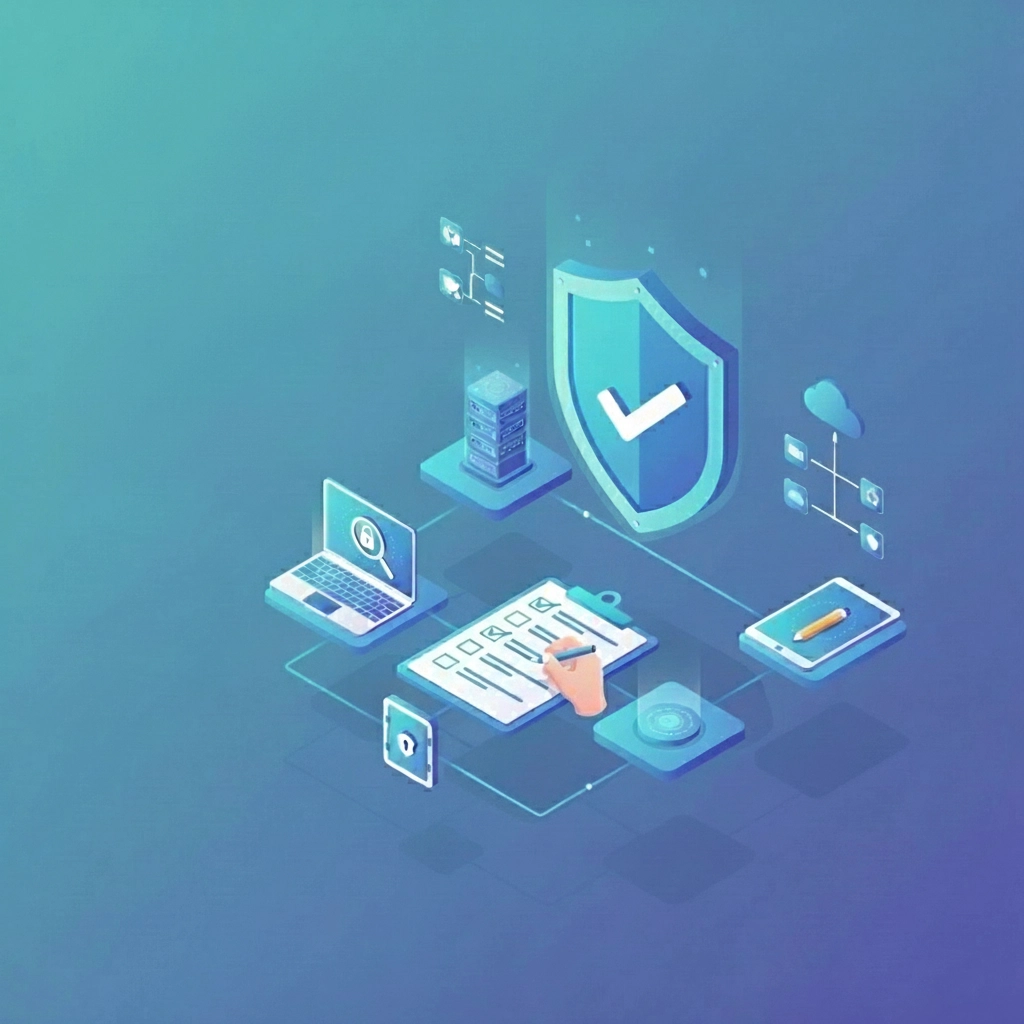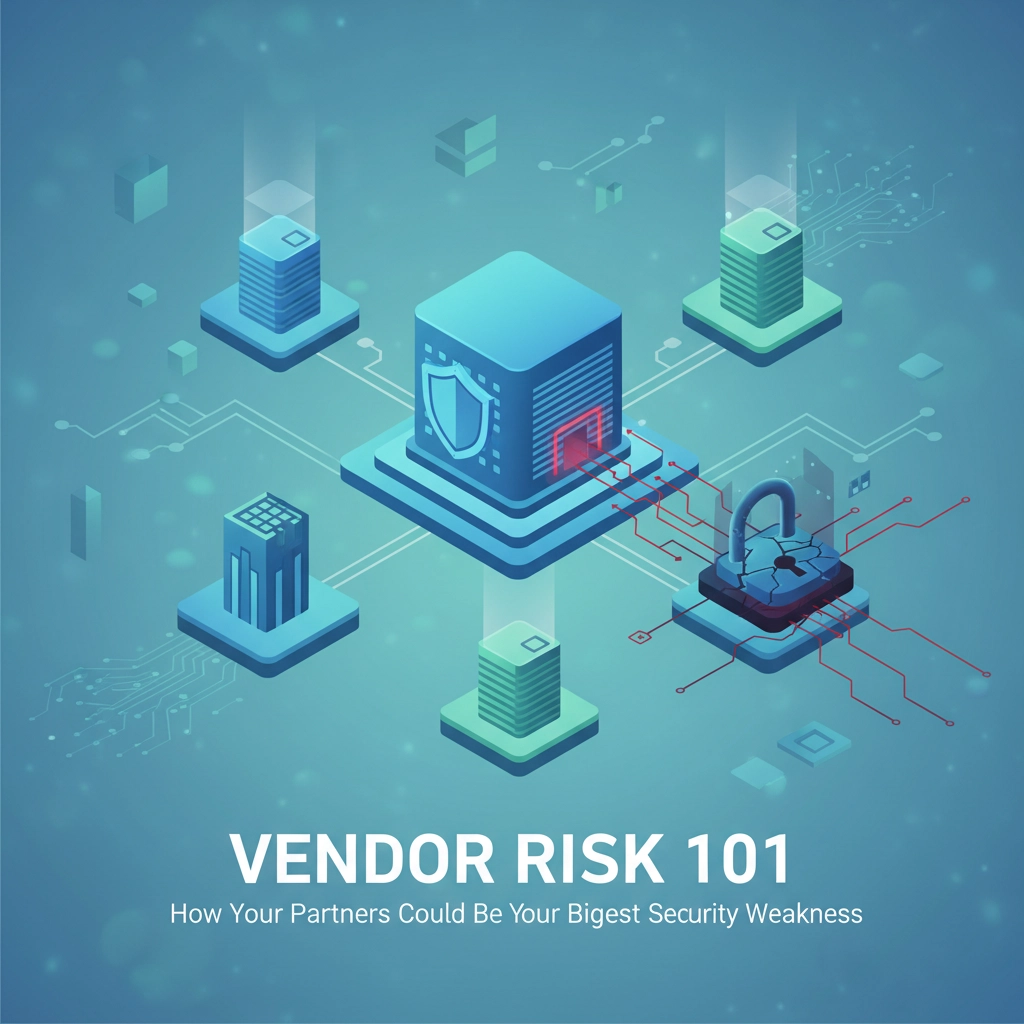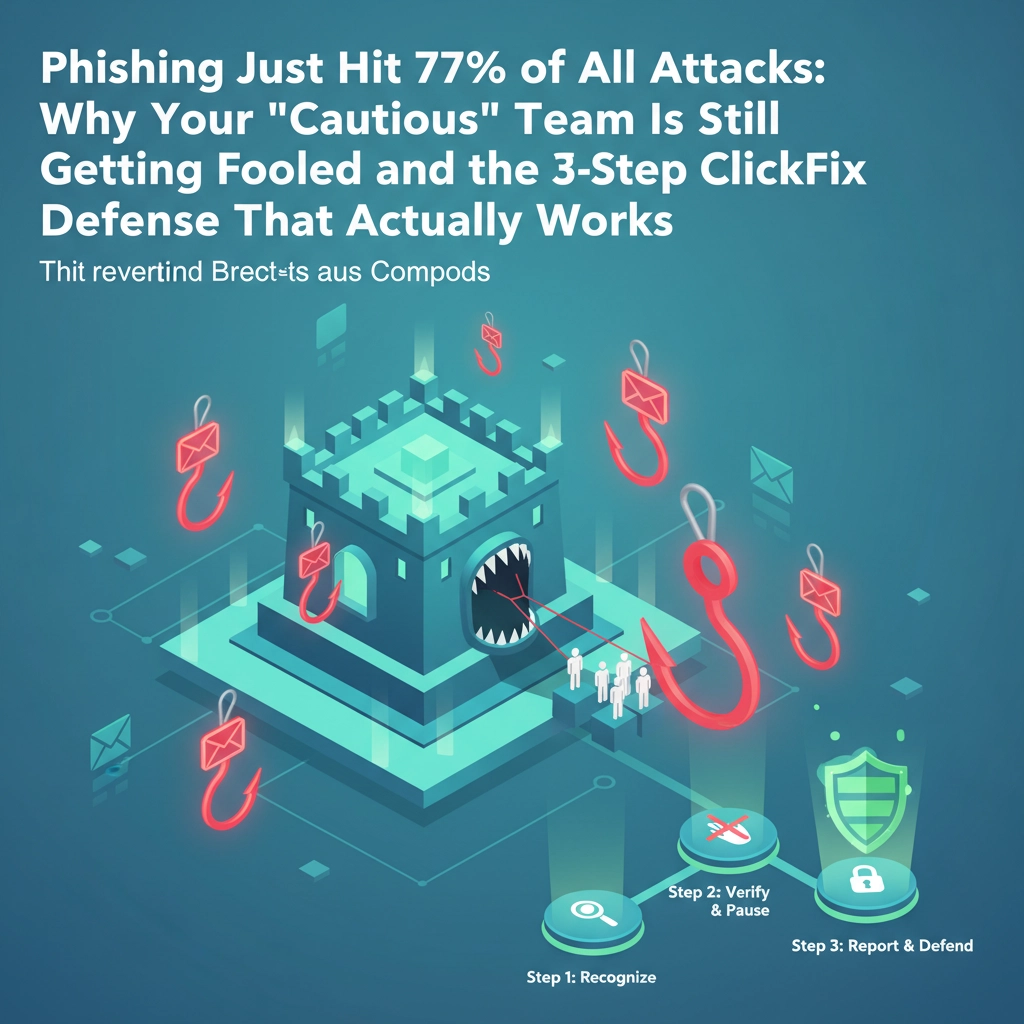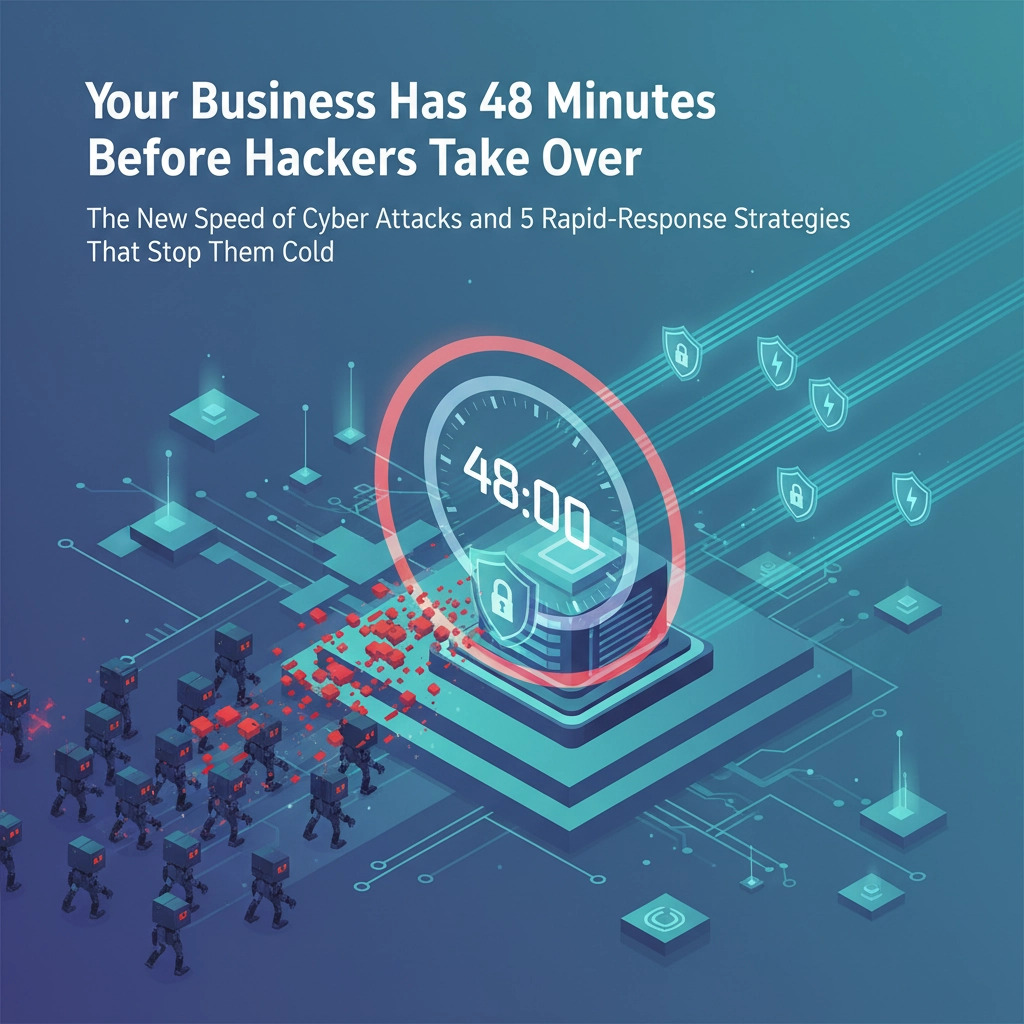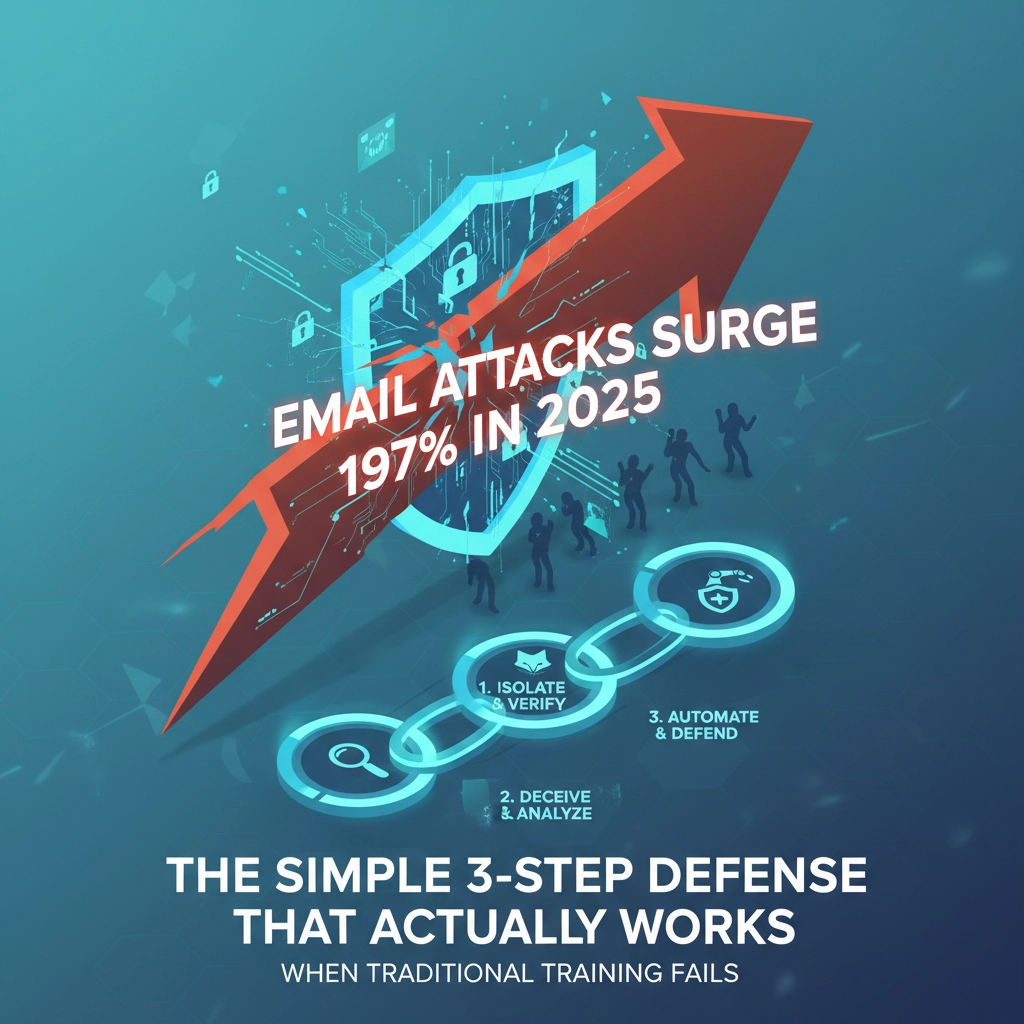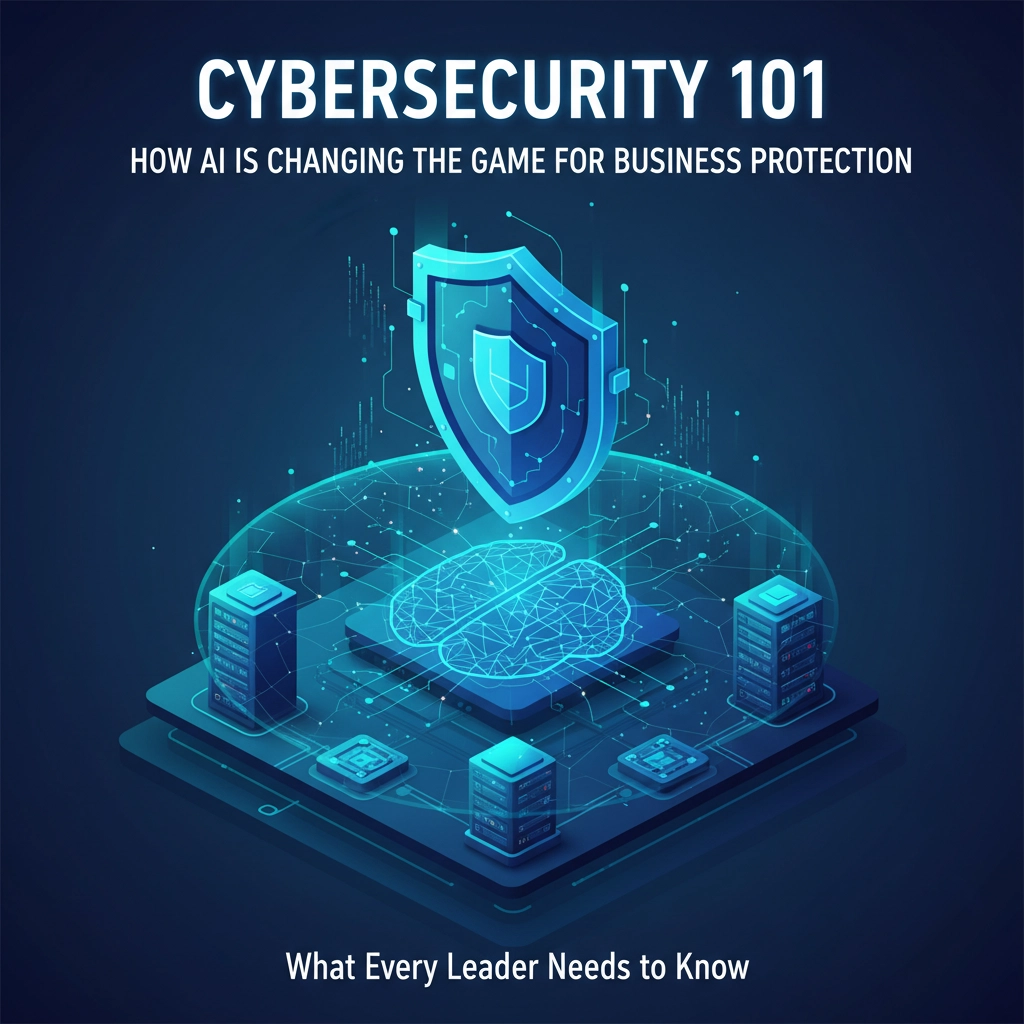The debate between cloud and on-premise security isn't new, but the stakes have never been higher. With remote work now the norm rather than the exception, business owners face a critical decision that could make or break their cybersecurity posture. The wrong choice doesn't just risk data: it risks your entire business.
Here's the uncomfortable truth: most businesses are making this decision based on outdated assumptions from 2019. The security landscape has fundamentally shifted, and what worked for office-based teams might be putting your remote workforce at serious risk.
Why Cloud Security Has Won the Remote Game
Cloud security solutions have evolved specifically to address the challenges of distributed teams. Unlike on-premise systems that were designed for centralized office environments, cloud platforms are built from the ground up for remote access.
The numbers tell the story clearly: 94% of businesses reported improved security after moving to the cloud. That's not a coincidence: it's the result of professional security teams managing your infrastructure instead of overwhelmed internal IT departments.
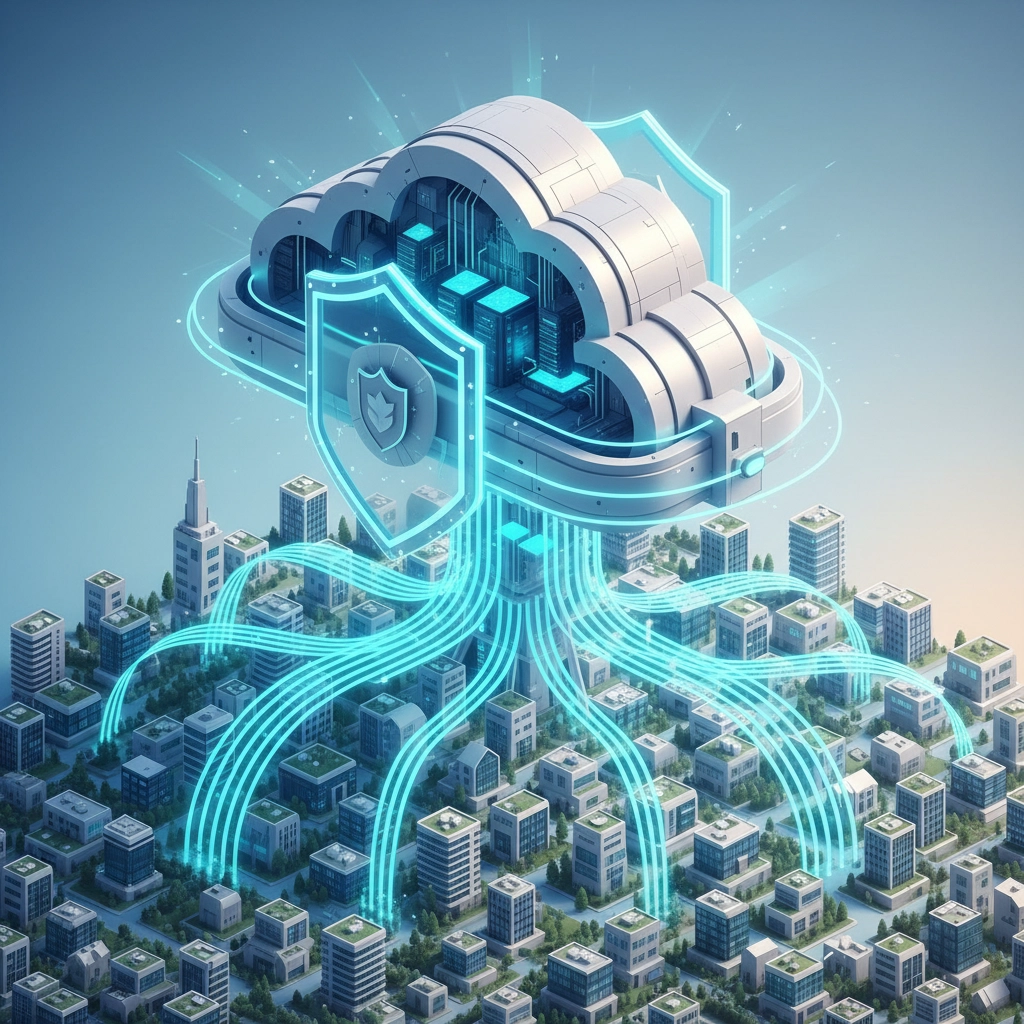
The Cloud Security Advantage for Remote Teams
Seamless Remote Access
Your team can securely access systems from anywhere without complex VPN setups or security compromises. Cloud providers have spent billions perfecting secure remote access protocols that most small businesses could never afford to develop independently.
Automatic Security Updates
While your IT team sleeps, cloud providers are patching vulnerabilities, updating threat detection algorithms, and reinforcing defenses. This 24/7 security maintenance is impossible to match with on-premise solutions where updates often get delayed or forgotten entirely.
Professional Security Teams
Cloud providers employ cybersecurity experts whose full-time job is protecting your data. These aren't generalist IT workers juggling security alongside printer maintenance: they're specialists focused exclusively on staying ahead of evolving threats.
Scalability Without Security Gaps
Adding new remote team members to cloud systems takes minutes, not weeks. Each new user automatically inherits the same security protocols without manual configuration that might introduce vulnerabilities.
Cloud Security Limitations
Internet Dependency
If your internet goes down, access to cloud systems goes with it. However, most cloud solutions include offline capabilities and automatic syncing when connectivity returns.
Ongoing Costs
Monthly subscription fees can add up over time, though these often cost less than maintaining equivalent on-premise infrastructure when you factor in hardware, maintenance, and staff time.
Shared Infrastructure
Your data shares physical infrastructure with other organizations, which some businesses find concerning despite robust isolation protocols.
On-Premise Security: The Old Guard's Last Stand
On-premise security systems offer complete control over your data and infrastructure. For businesses with specific compliance requirements or unique security needs, this control can be essential.
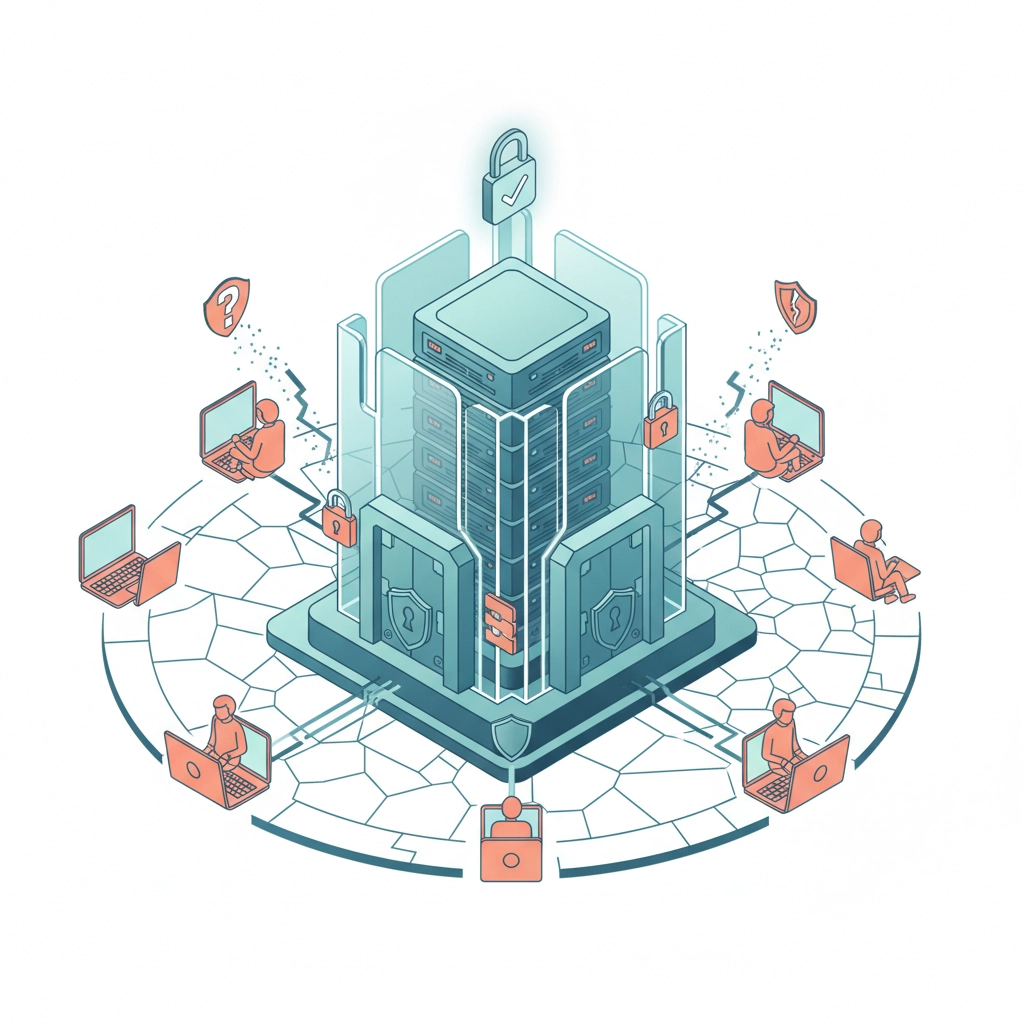
On-Premise Advantages
Complete Data Control
Your data never leaves your premises, eliminating concerns about third-party access or data sovereignty issues. This is crucial for businesses handling highly sensitive information or operating under strict regulatory requirements.
No Internet Dependency
Local systems continue operating during internet outages, maintaining basic functionality and local recording capabilities.
Customization Options
On-premise systems can be configured to meet unique business requirements that standard cloud solutions might not accommodate.
The Remote Work Reality Check
Here's where on-premise security breaks down for remote teams: accessing your secure on-premise systems from home requires creating new security vulnerabilities.
Complex Remote Access
Setting up secure remote access to on-premise systems often involves VPNs, port forwarding, or other solutions that create new attack vectors. Many businesses inadvertently make themselves less secure while trying to maintain control.
Maintenance Burden
Every security patch, every update, every configuration change falls on your internal team. Miss an update, and you've created a vulnerability. In 2025's threat landscape, this manual approach is increasingly dangerous.
Scaling Nightmares
Adding remote employees to on-premise systems often requires hardware upgrades, network reconfigurations, and complex setup processes that can take weeks and introduce security gaps.
The Real-World Comparison
Let's examine how each approach handles common remote work scenarios:
Scenario 1: Emergency Weekend Access
- Cloud: Employee logs in securely from home using standard authentication
- On-Premise: Requires VPN setup, potential security bypass, or employee can't access critical systems
Scenario 2: New Employee Onboarding
- Cloud: Admin adds user in minutes with automatic security protocols applied
- On-Premise: IT team must manually configure access, often taking days and potentially missing security settings
Scenario 3: Security Incident Response
- Cloud: Professional security team responds immediately with advanced threat detection tools
- On-Premise: Internal team must diagnose and respond during business hours with limited tools
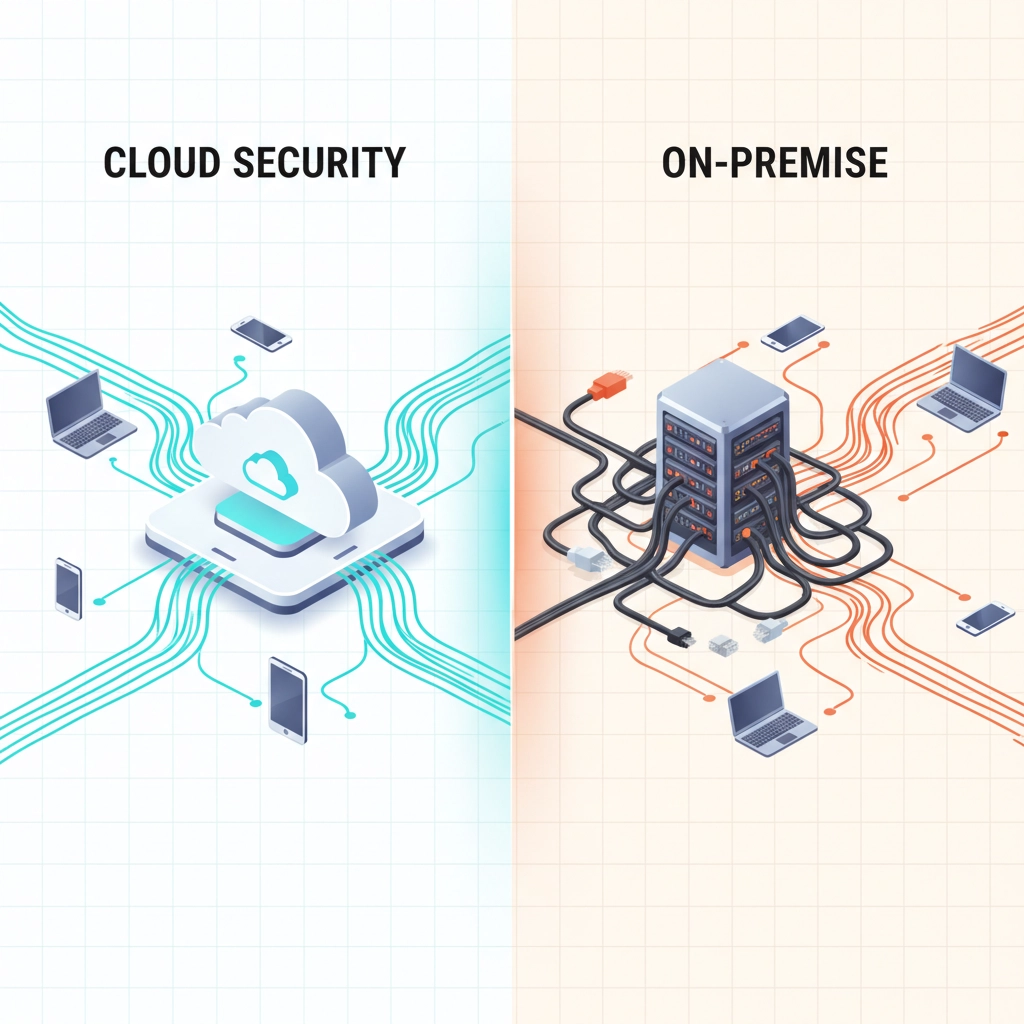
Making the Right Choice for Your Business
The decision ultimately depends on your specific circumstances, but the data strongly favors cloud security for most remote teams.
Choose Cloud Security If:
- Your team works remotely or across multiple locations
- You lack dedicated cybersecurity expertise
- You need rapid scaling capabilities
- You want professional security management
- Your business operates in standard commercial environments
Choose On-Premise If:
- You're in heavily regulated industries requiring complete data control
- You have unreliable internet connectivity
- You possess dedicated cybersecurity expertise and resources
- Your compliance requirements explicitly prohibit cloud storage
The Hybrid Reality
Many businesses don't have to choose between all-cloud or all-on-premise solutions. A hybrid approach can combine the remote accessibility of cloud systems with on-premise control for sensitive data.
This might mean using cloud-based collaboration tools and remote access solutions while maintaining critical data on local servers. However, hybrid approaches require careful planning to avoid creating security gaps between systems.
Security Isn't Just About Technology
Regardless of whether you choose cloud or on-premise security, remember that your biggest vulnerabilities often come from human error, not technology failures. Social engineering attacks and IoT device vulnerabilities can compromise even the most sophisticated security infrastructure.
The best security solution is one that your team will actually use correctly and consistently. If on-premise complexity leads to security shortcuts or workarounds, cloud simplicity becomes a significant security advantage.
The Bottom Line
For most remote teams in 2025, cloud security isn't just safer: it's the only practical choice. The combination of professional security management, automatic updates, seamless remote access, and proven track record makes cloud solutions superior for distributed workforces.
On-premise security remains viable for specific use cases, but the complexity and maintenance burden make it increasingly impractical for businesses without dedicated cybersecurity resources.
The question isn't whether cloud security is perfect: it's whether it's better than the alternatives. For remote teams, the answer is increasingly clear.
Ready to Secure Your Remote Team?
Don't let outdated security assumptions put your business at risk. At B&R Computers, we help businesses navigate the transition to secure, remote-friendly cybersecurity solutions that actually work in the real world.
Contact our cybersecurity experts today for a free consultation on securing your remote team the right way. We'll assess your current setup, identify vulnerabilities, and create a security strategy that protects your business without hampering productivity.
Your remote team deserves security solutions built for how they actually work( not how they used to work.)





